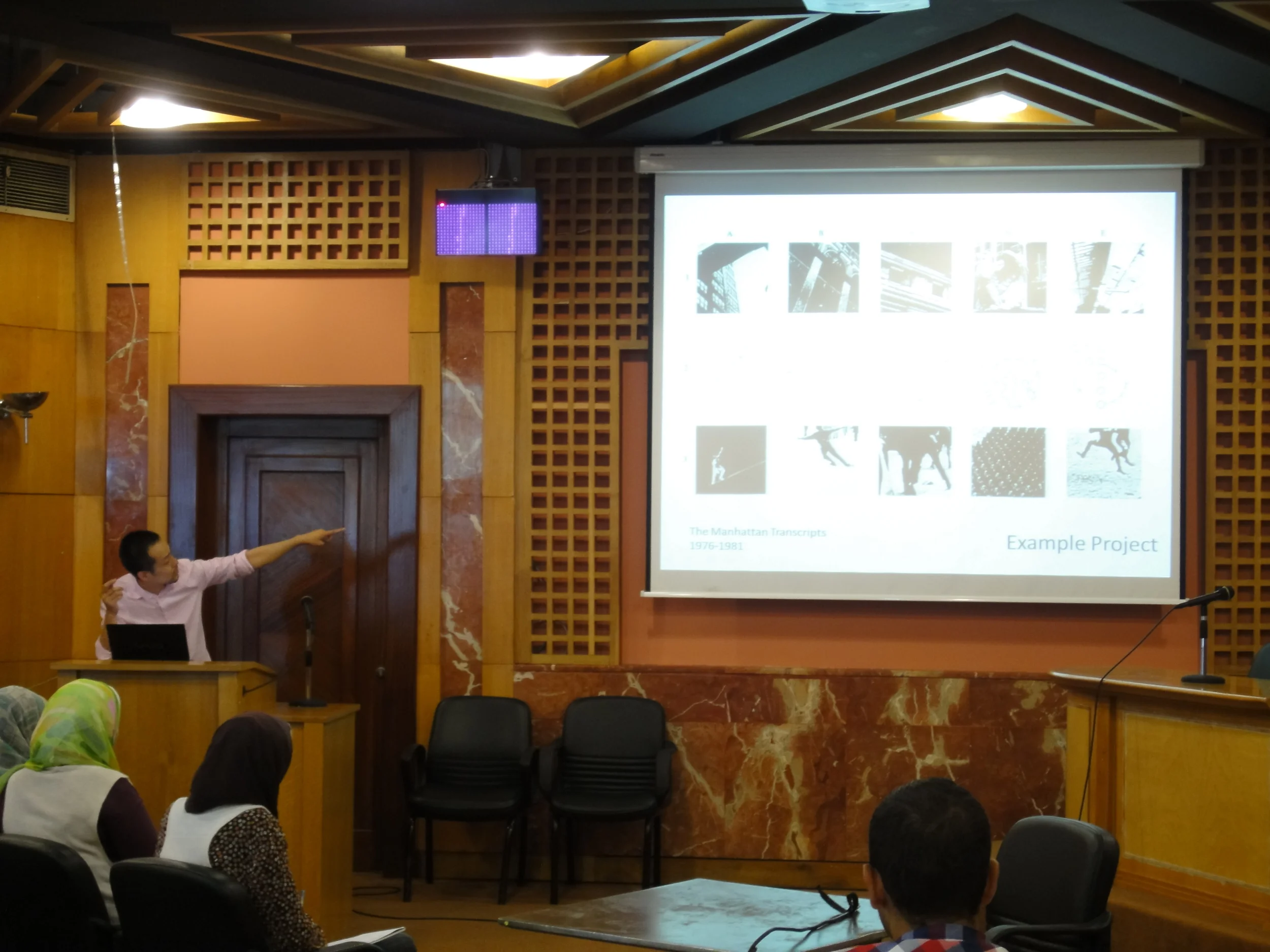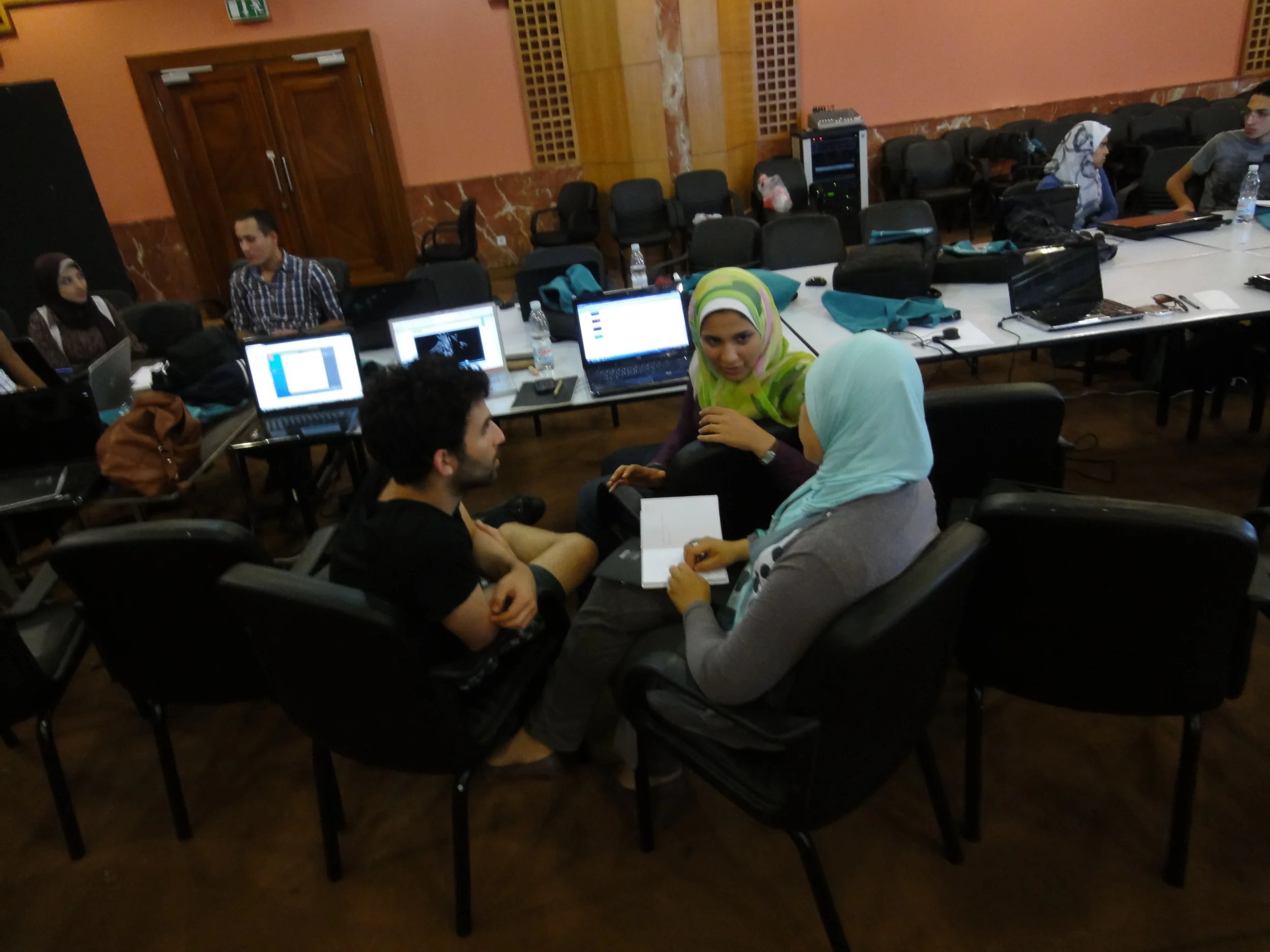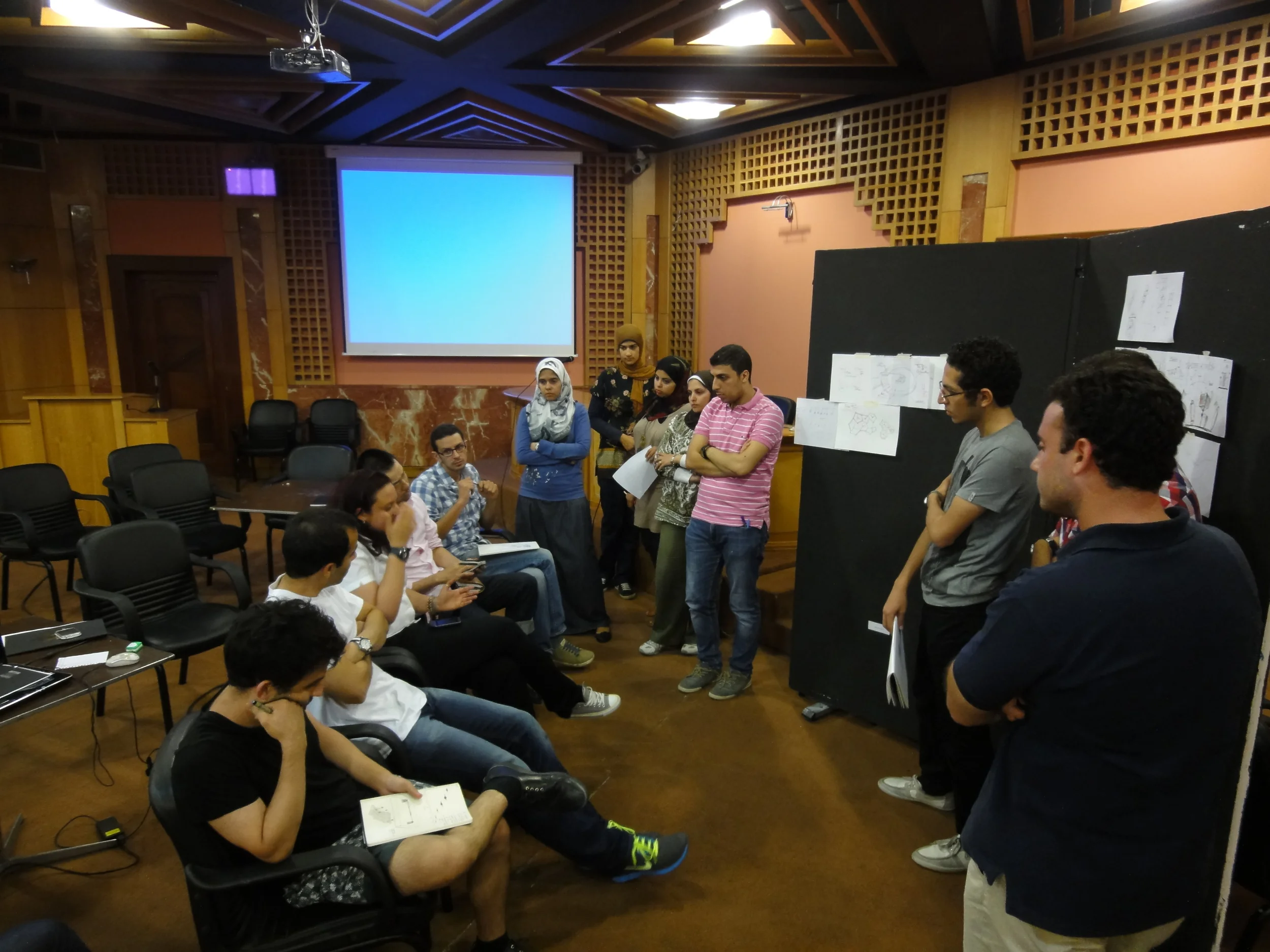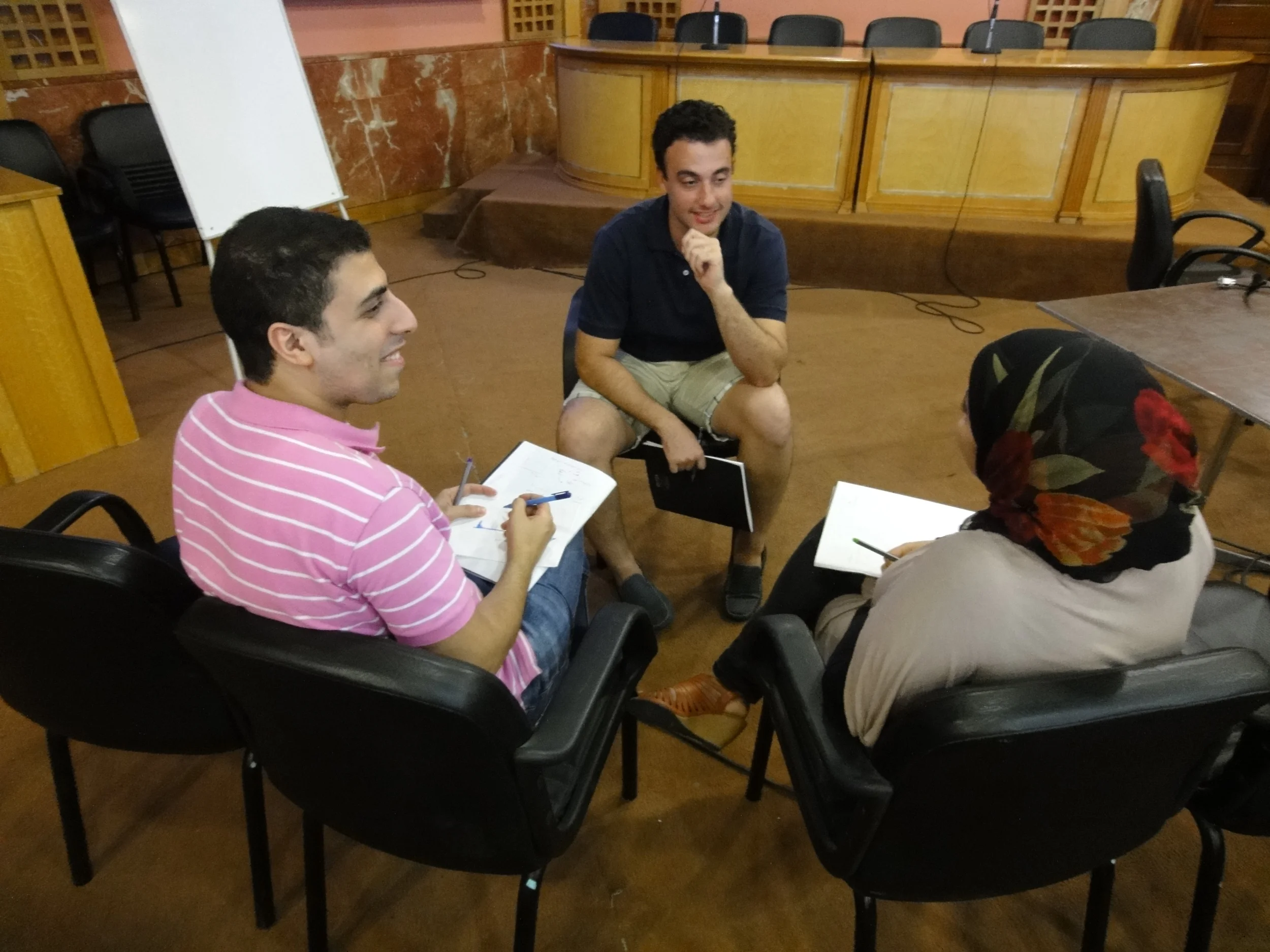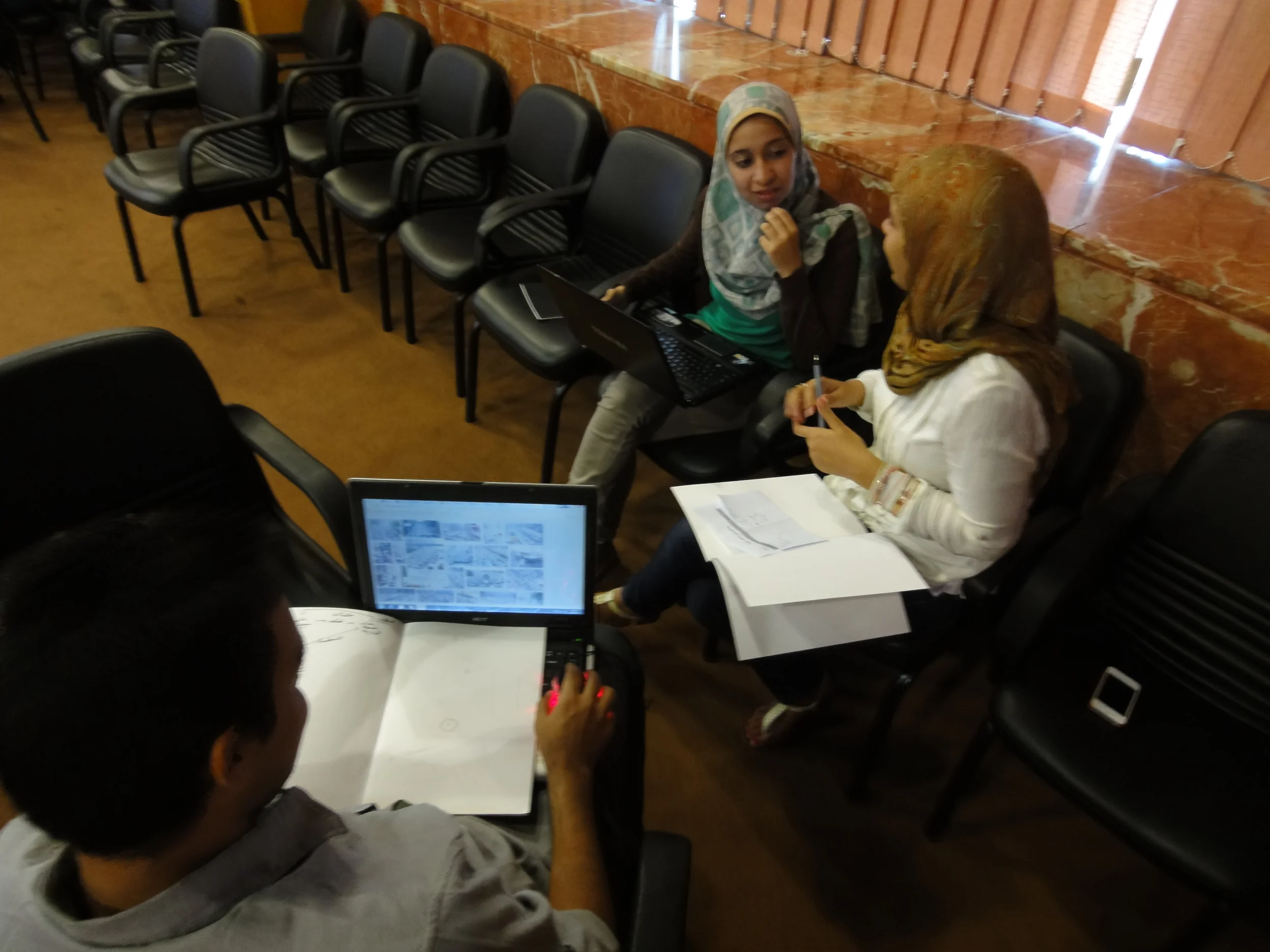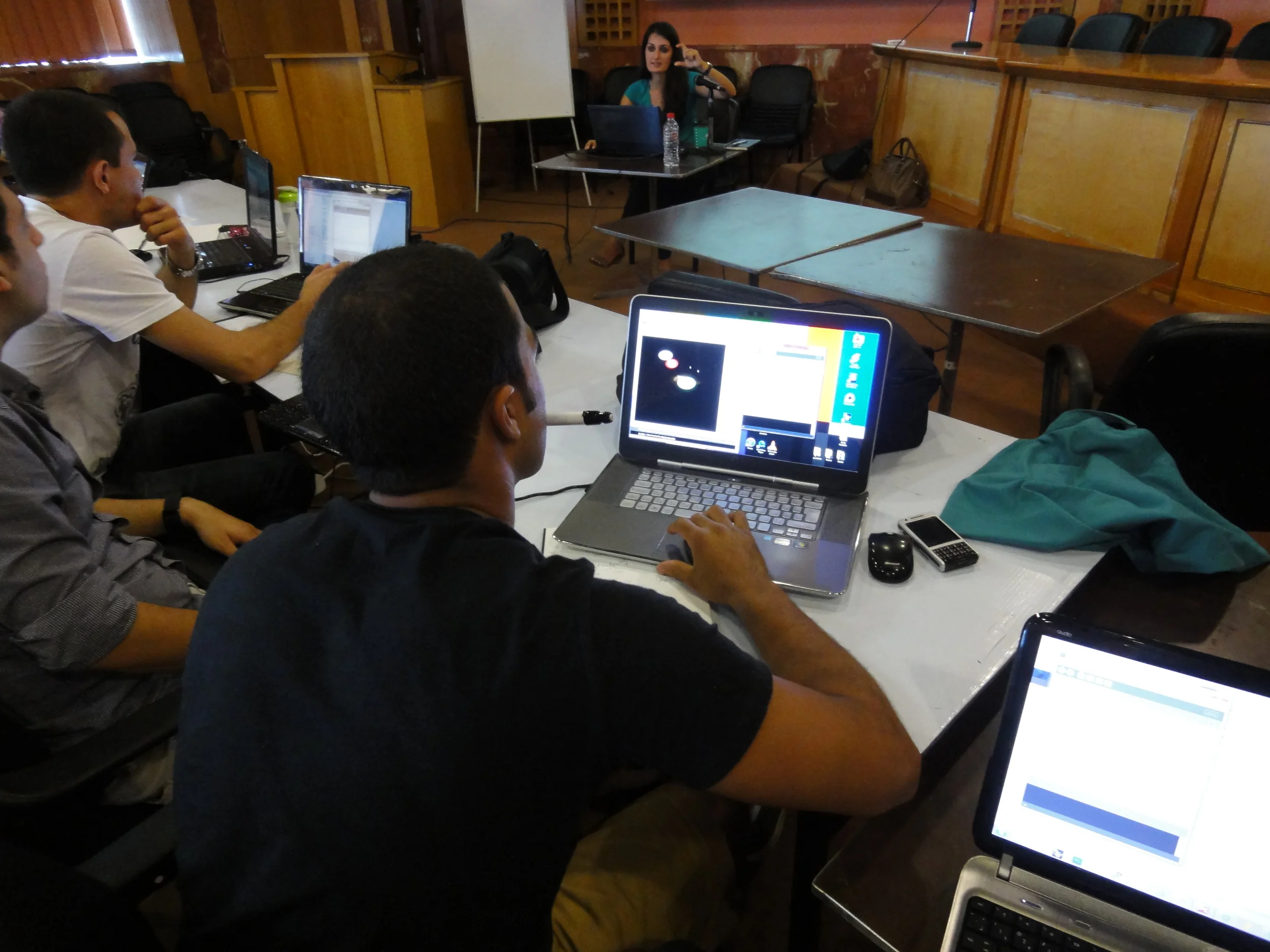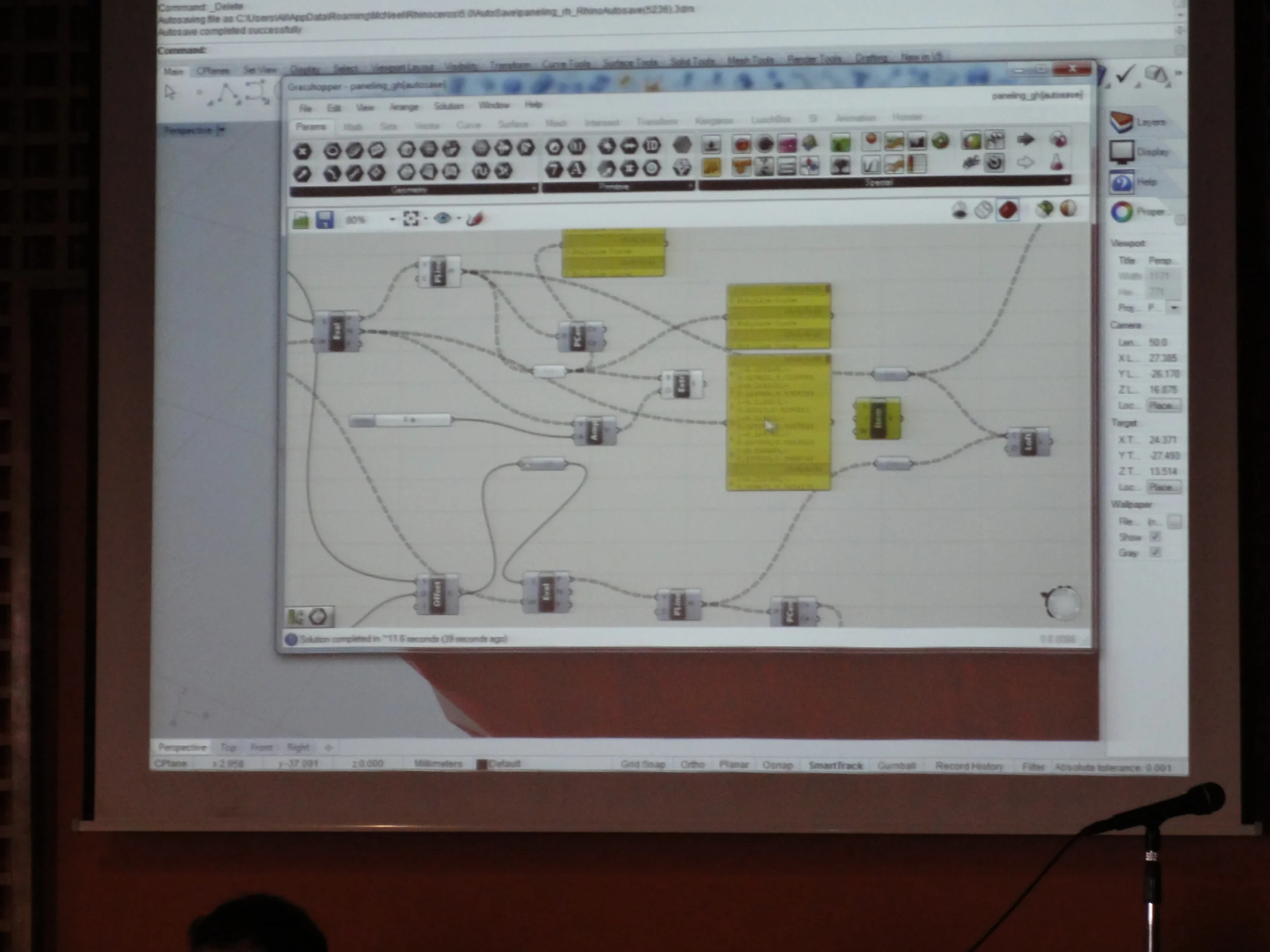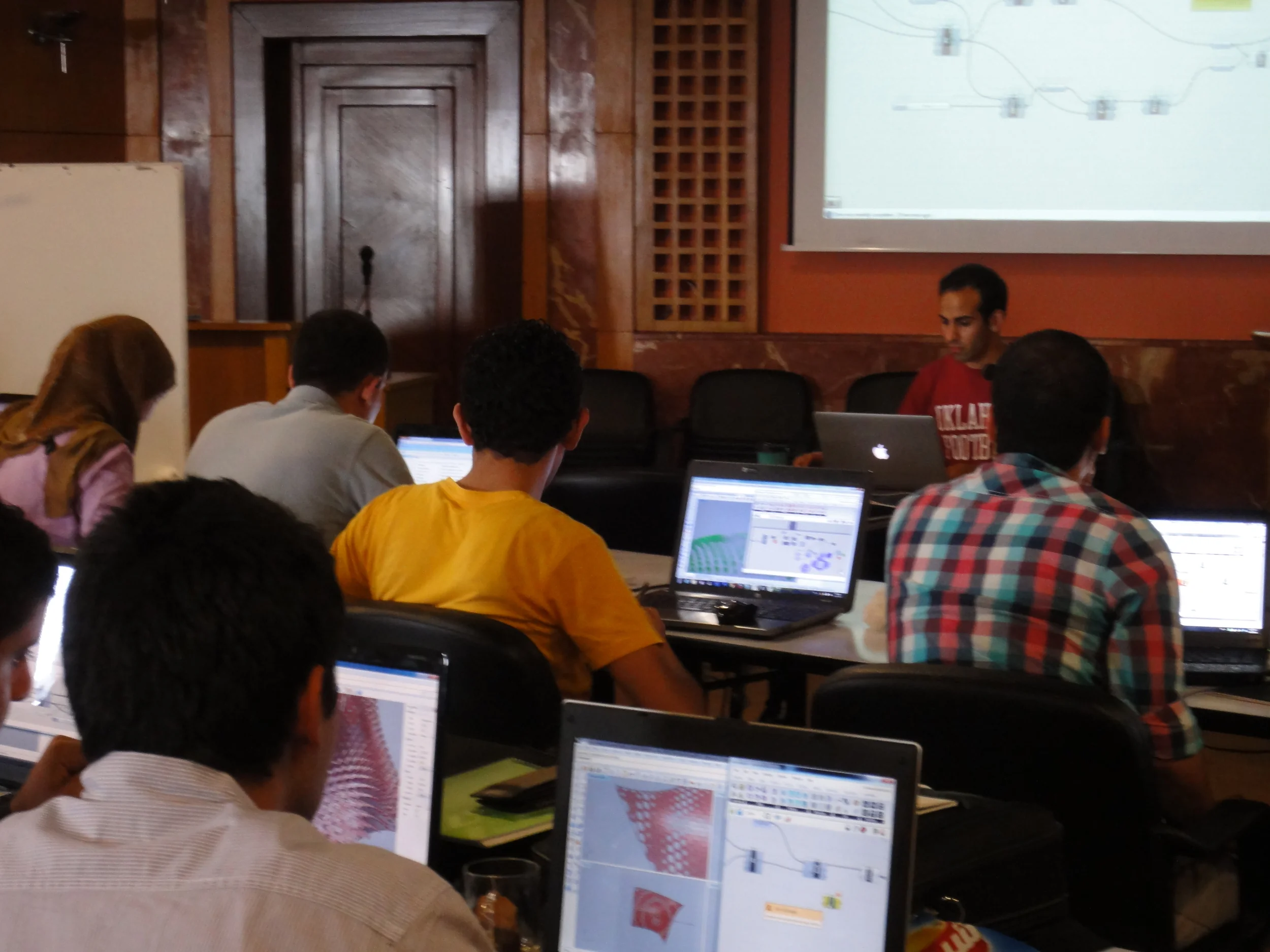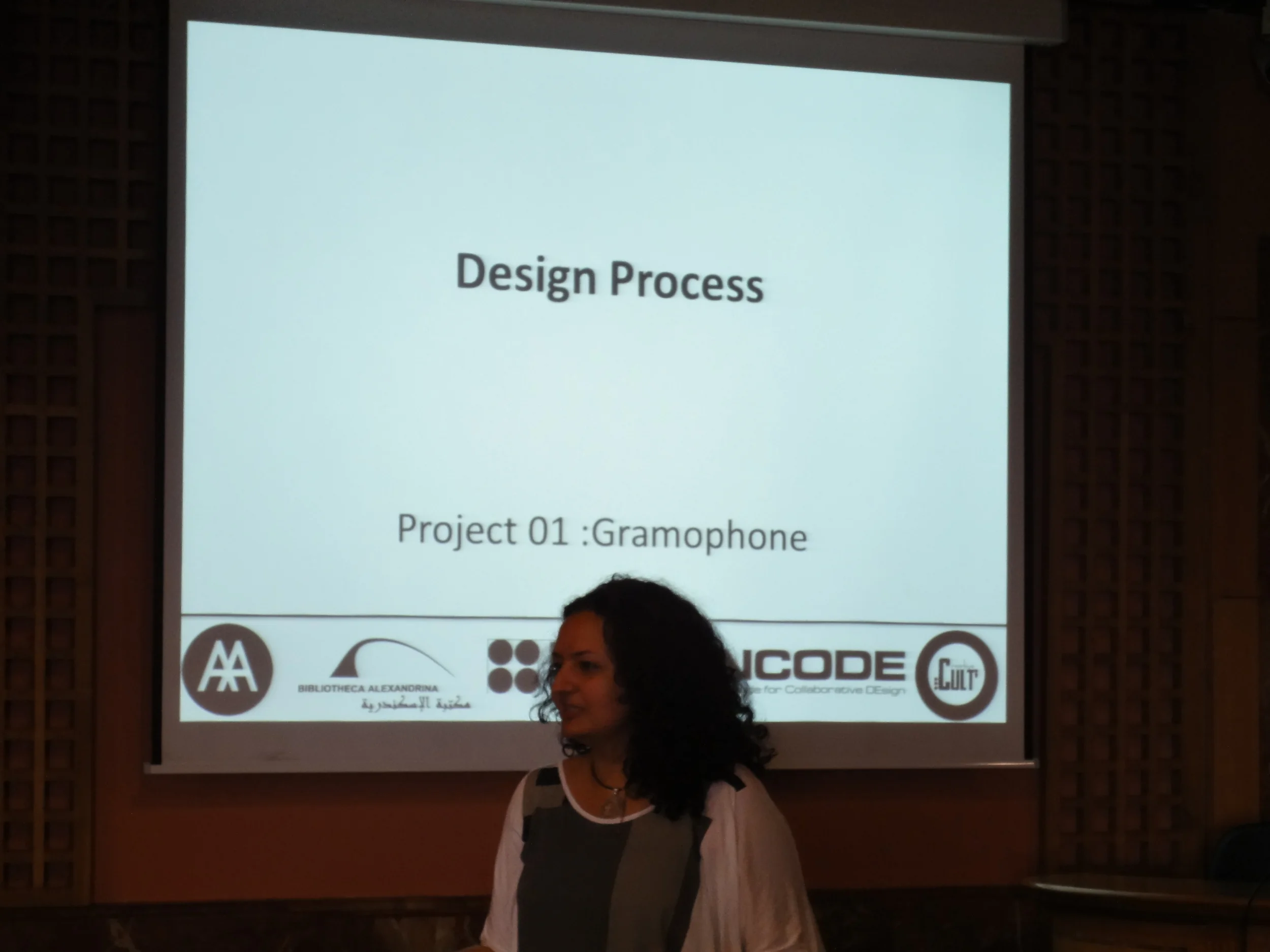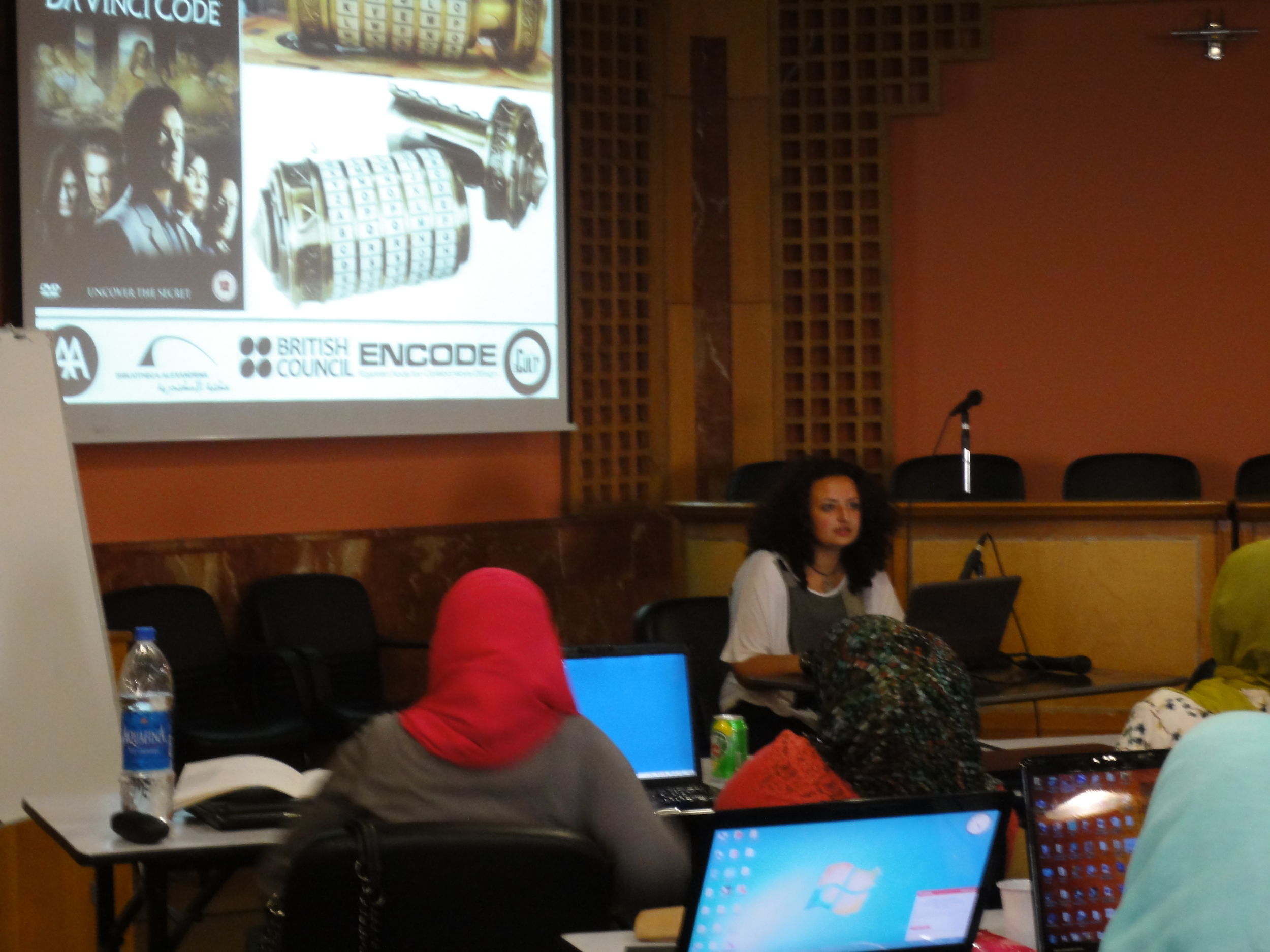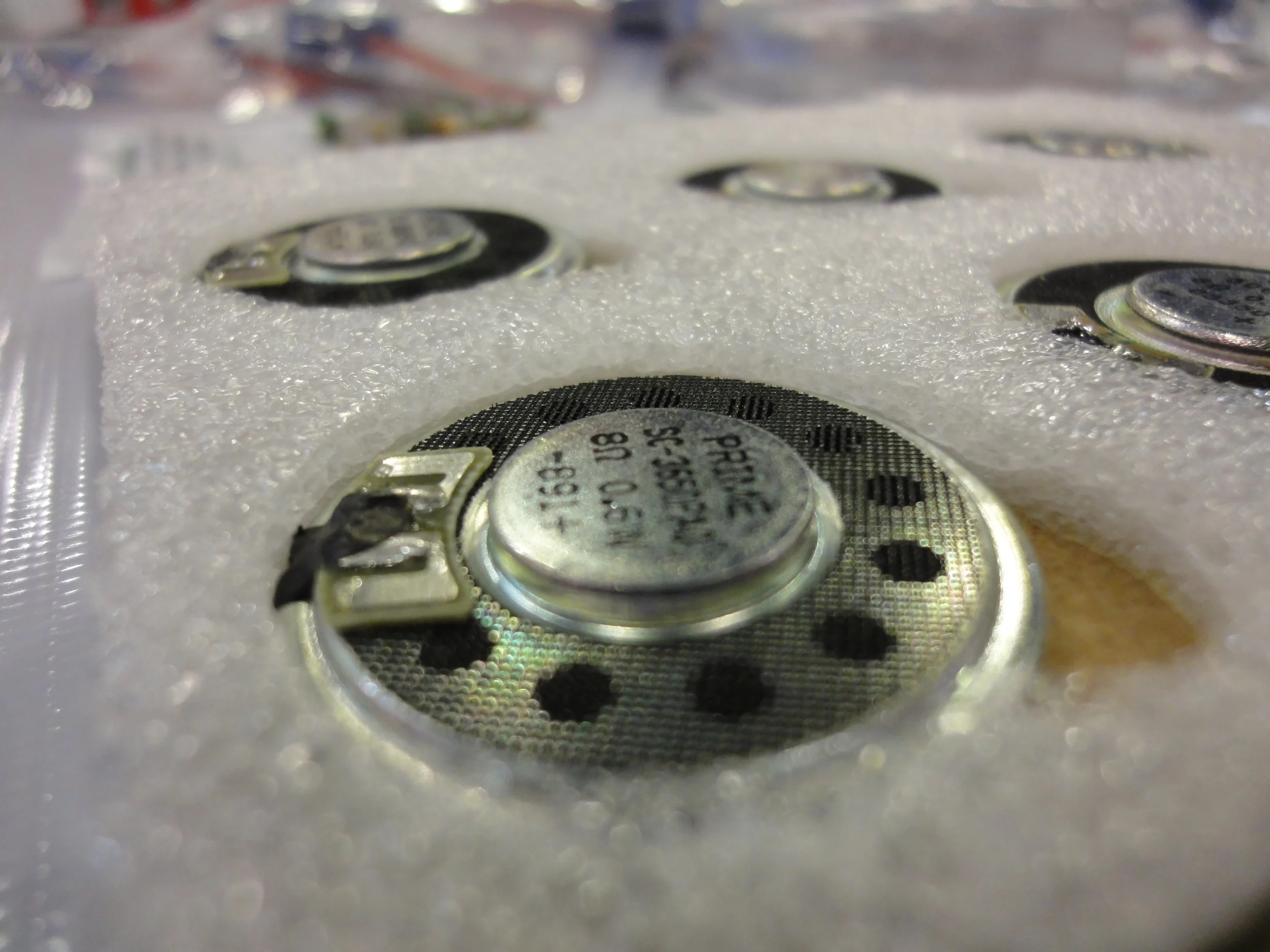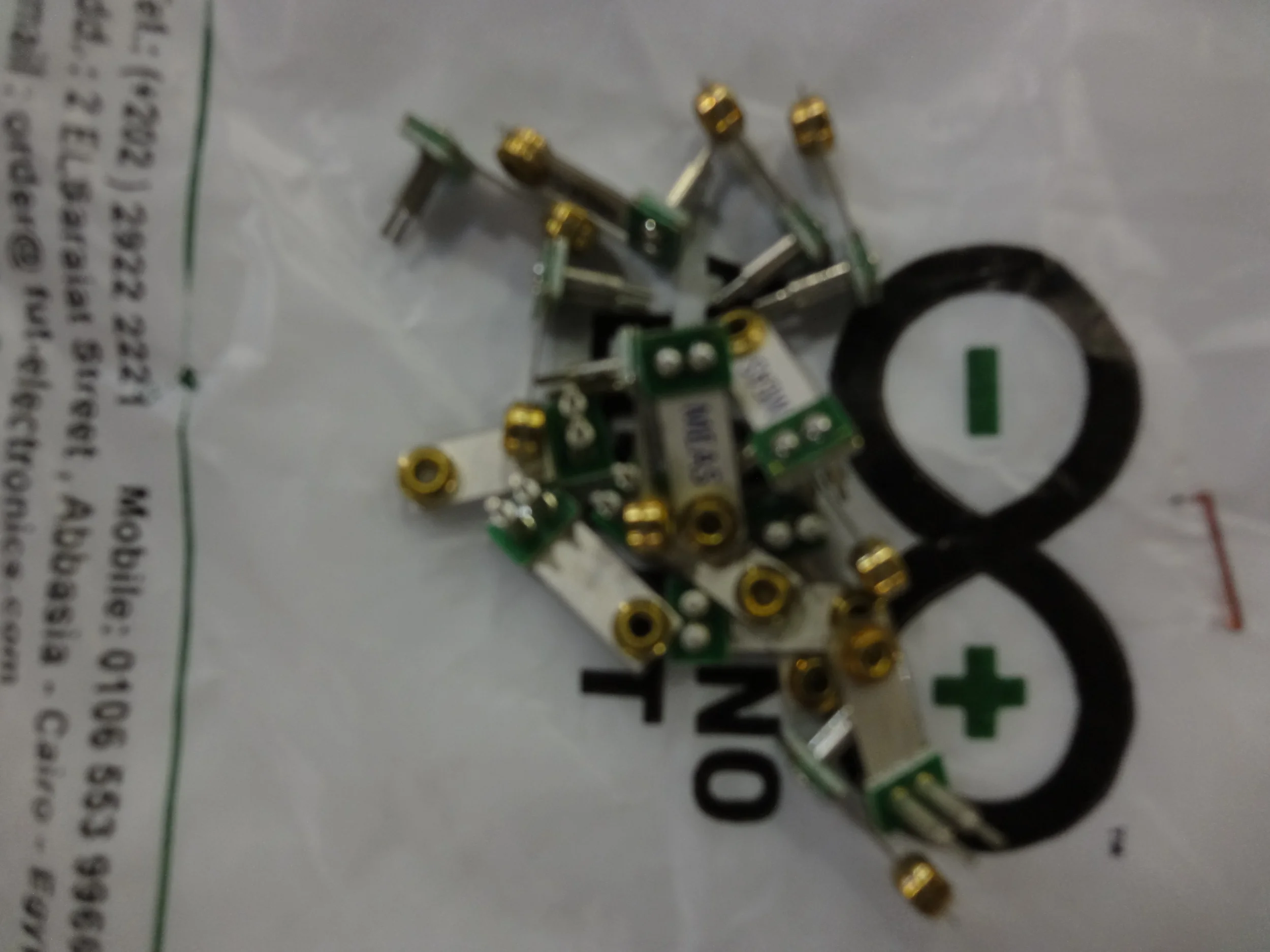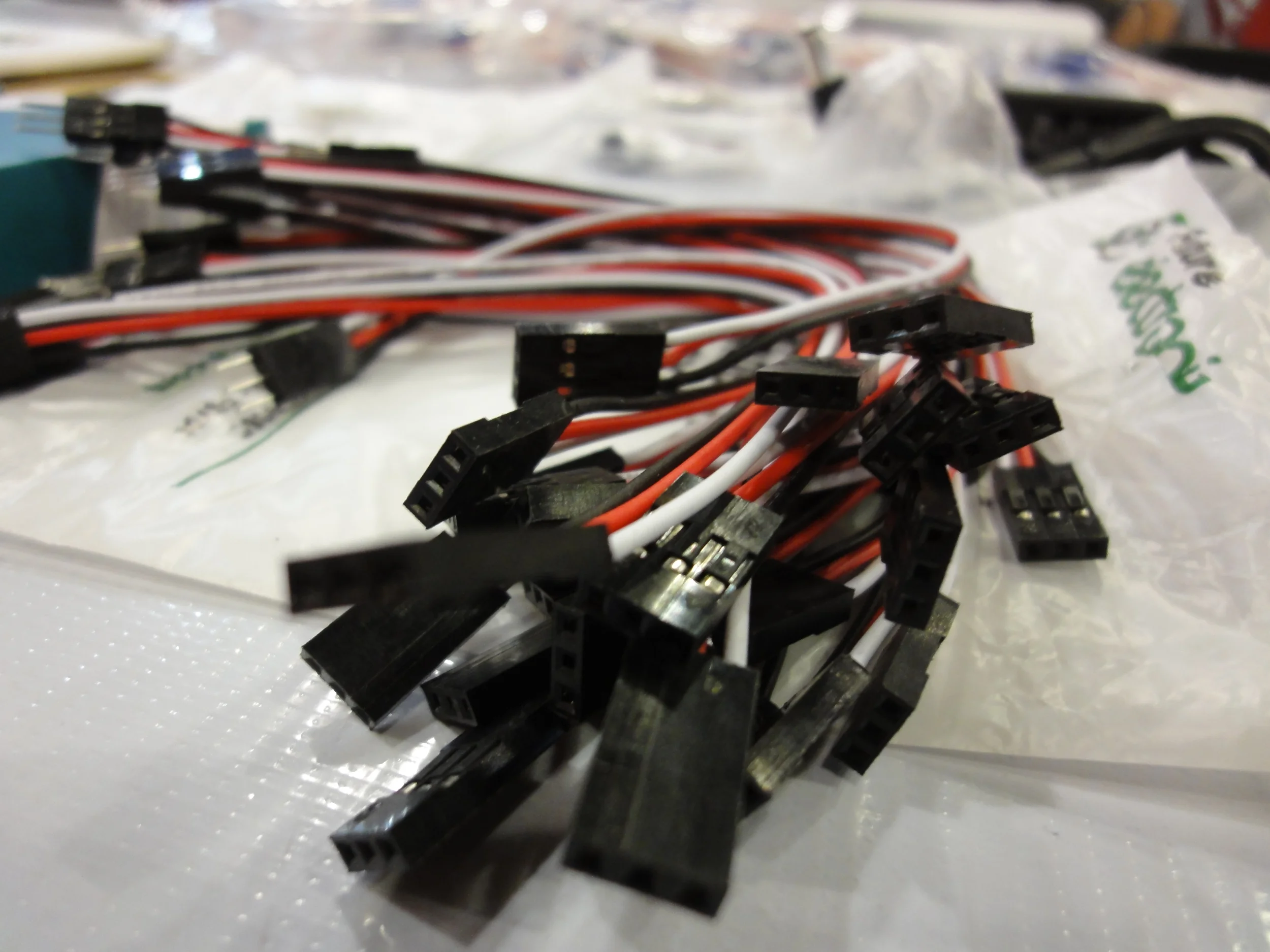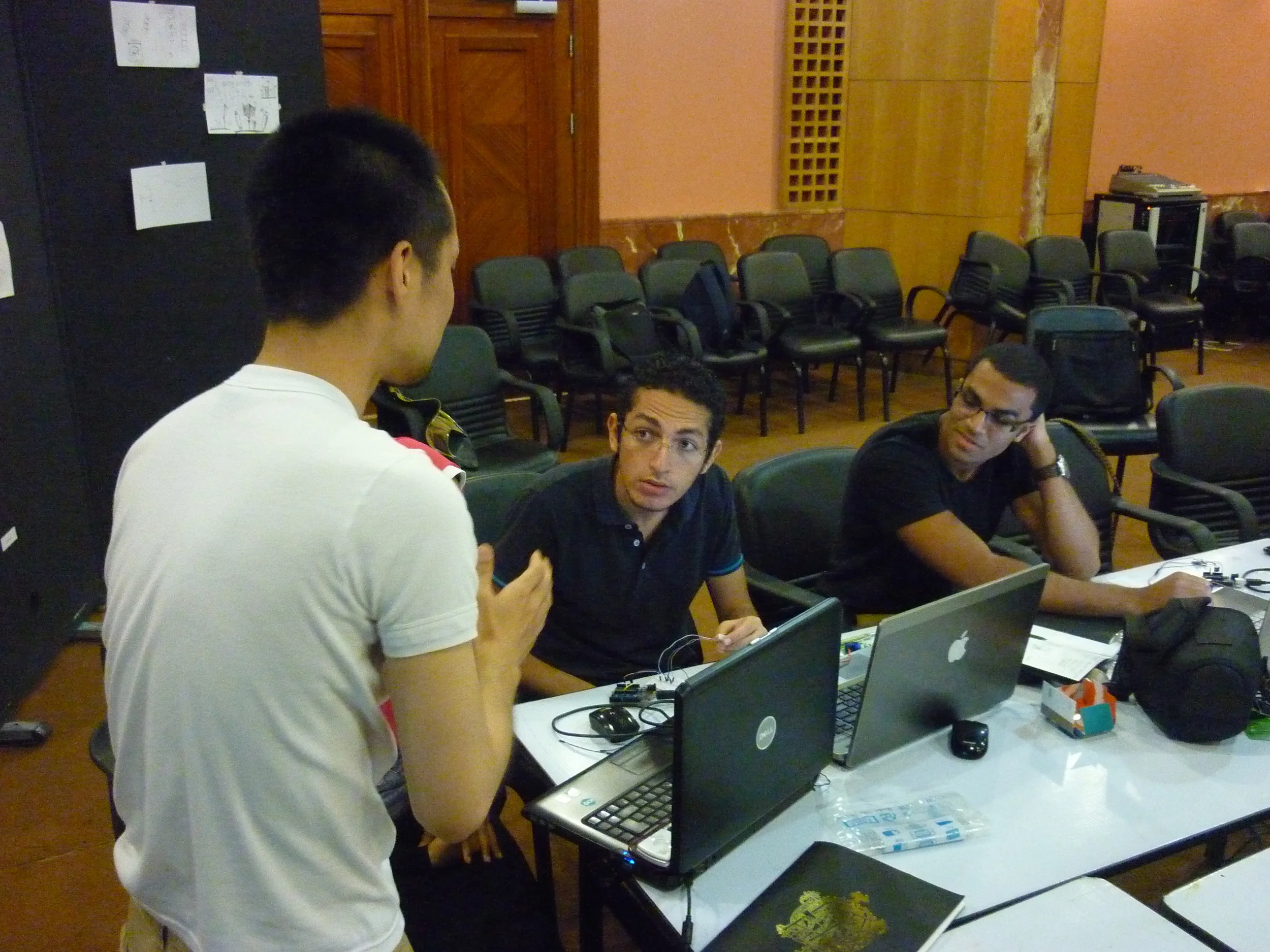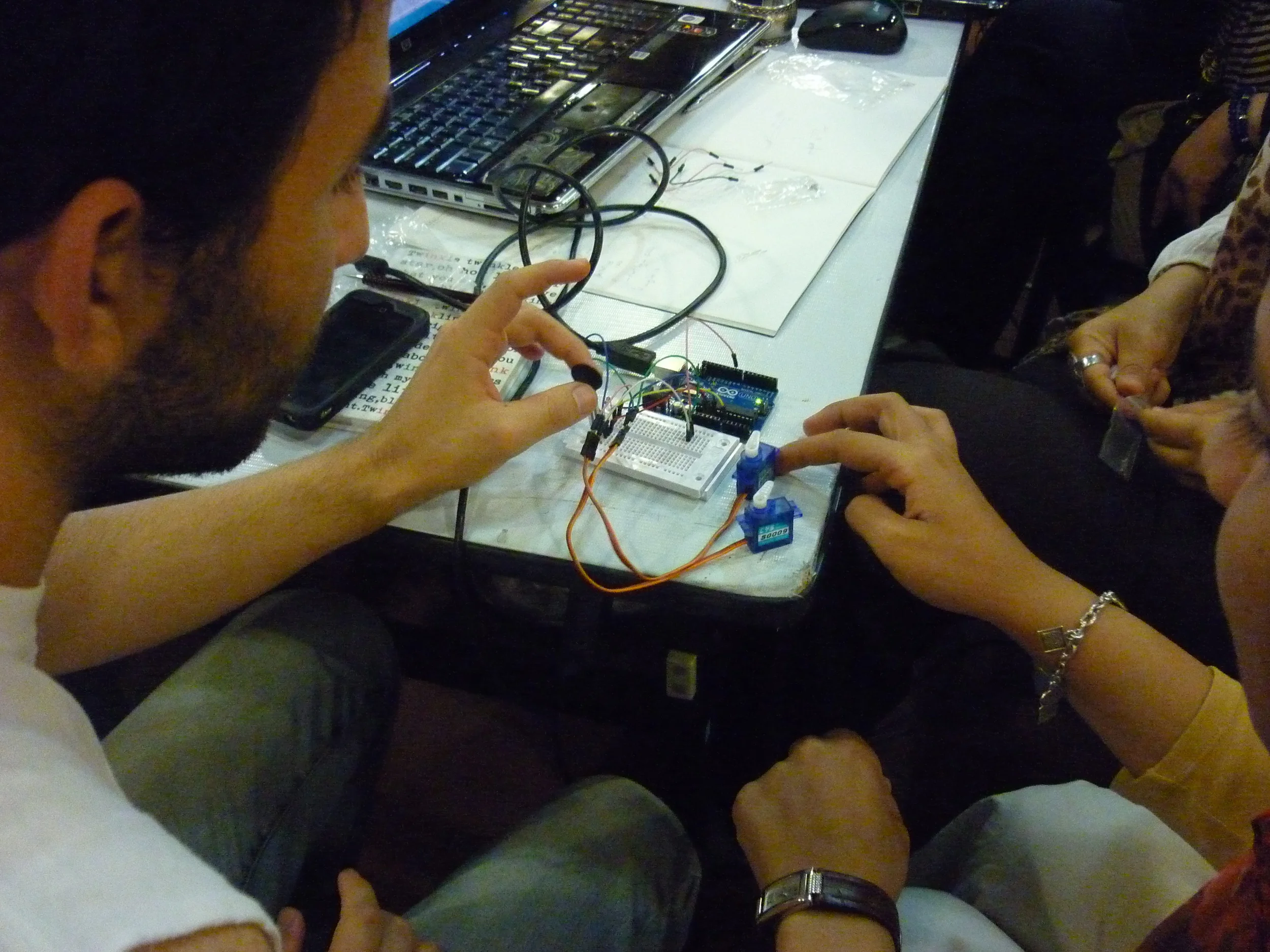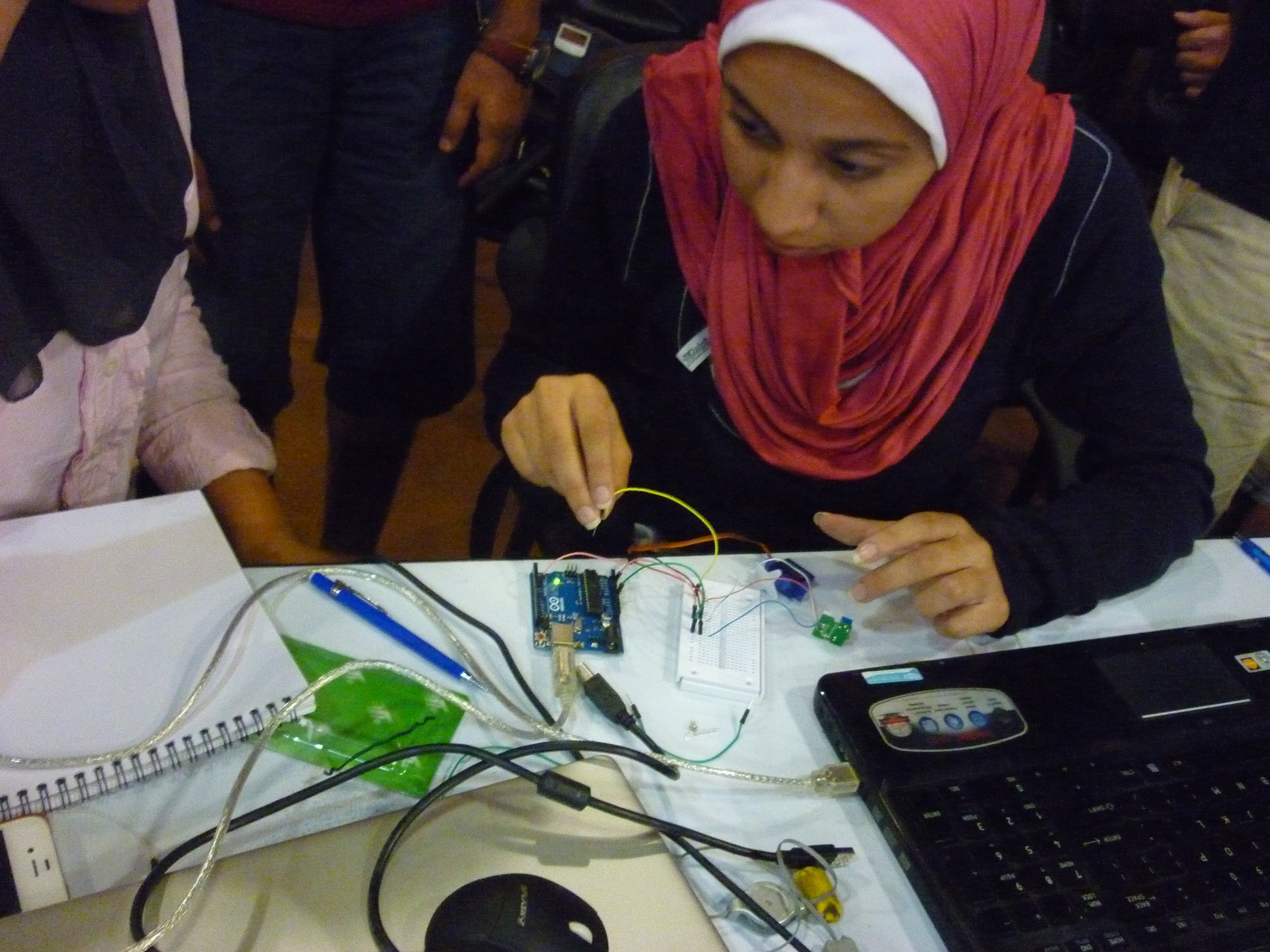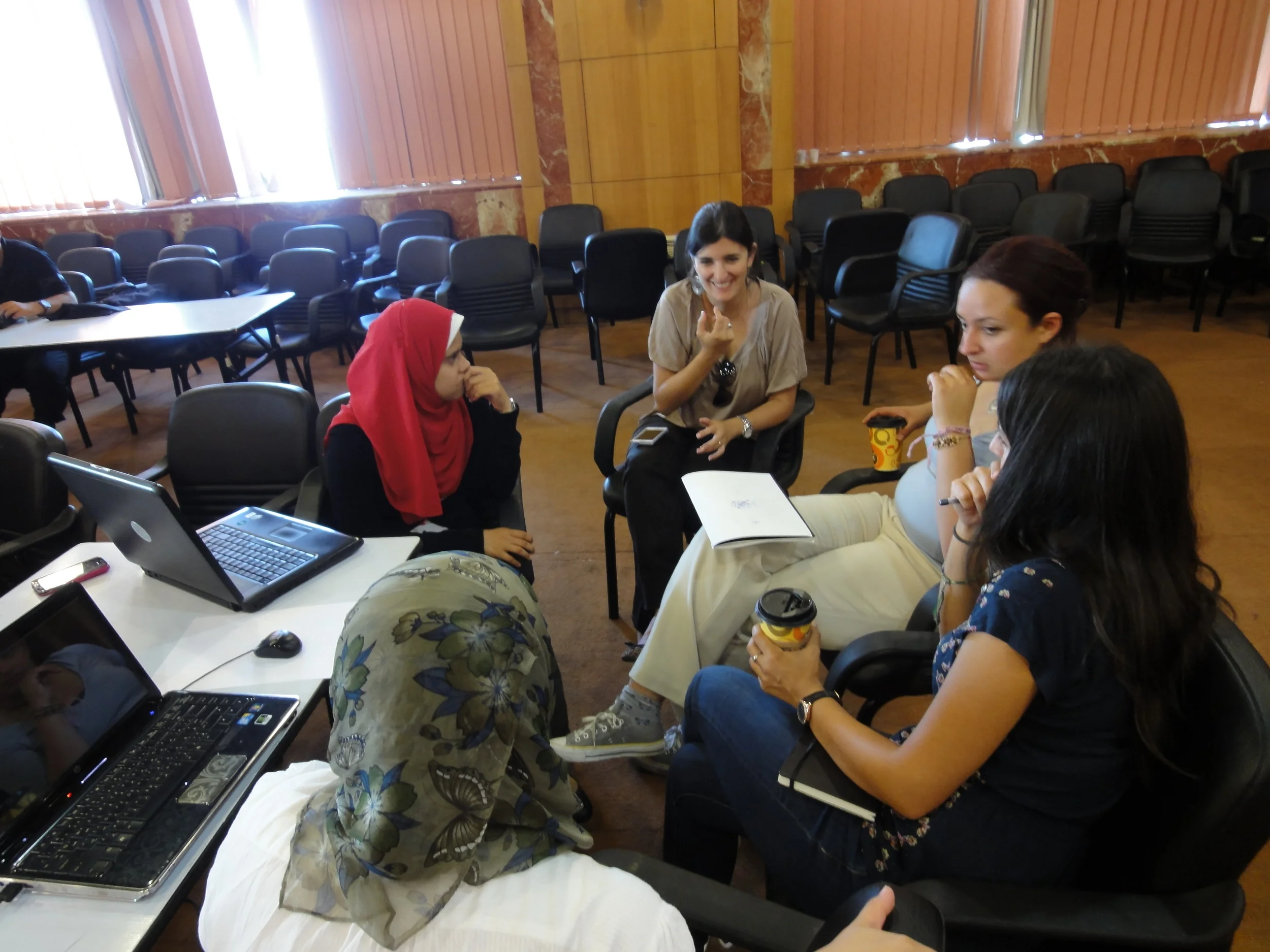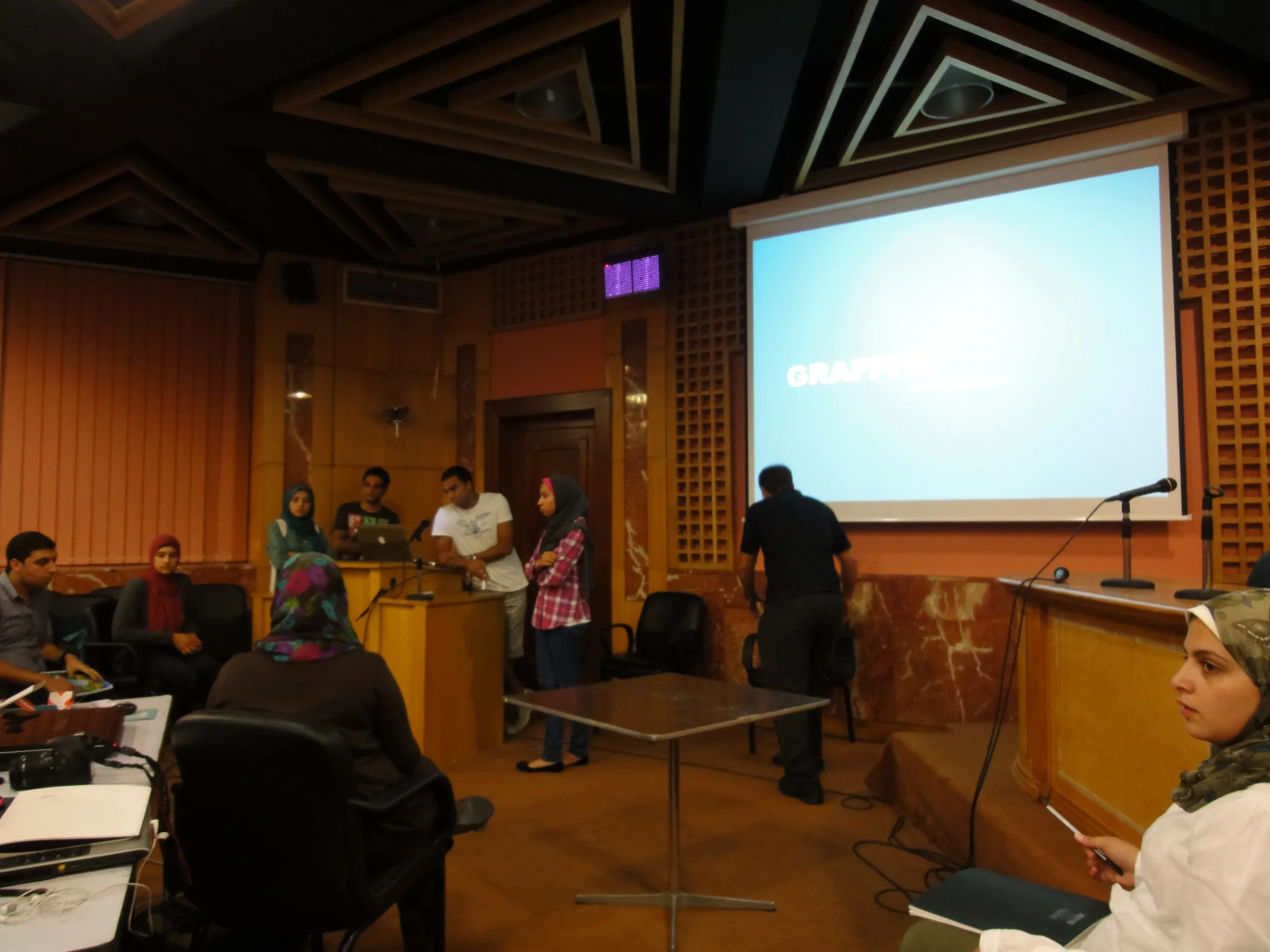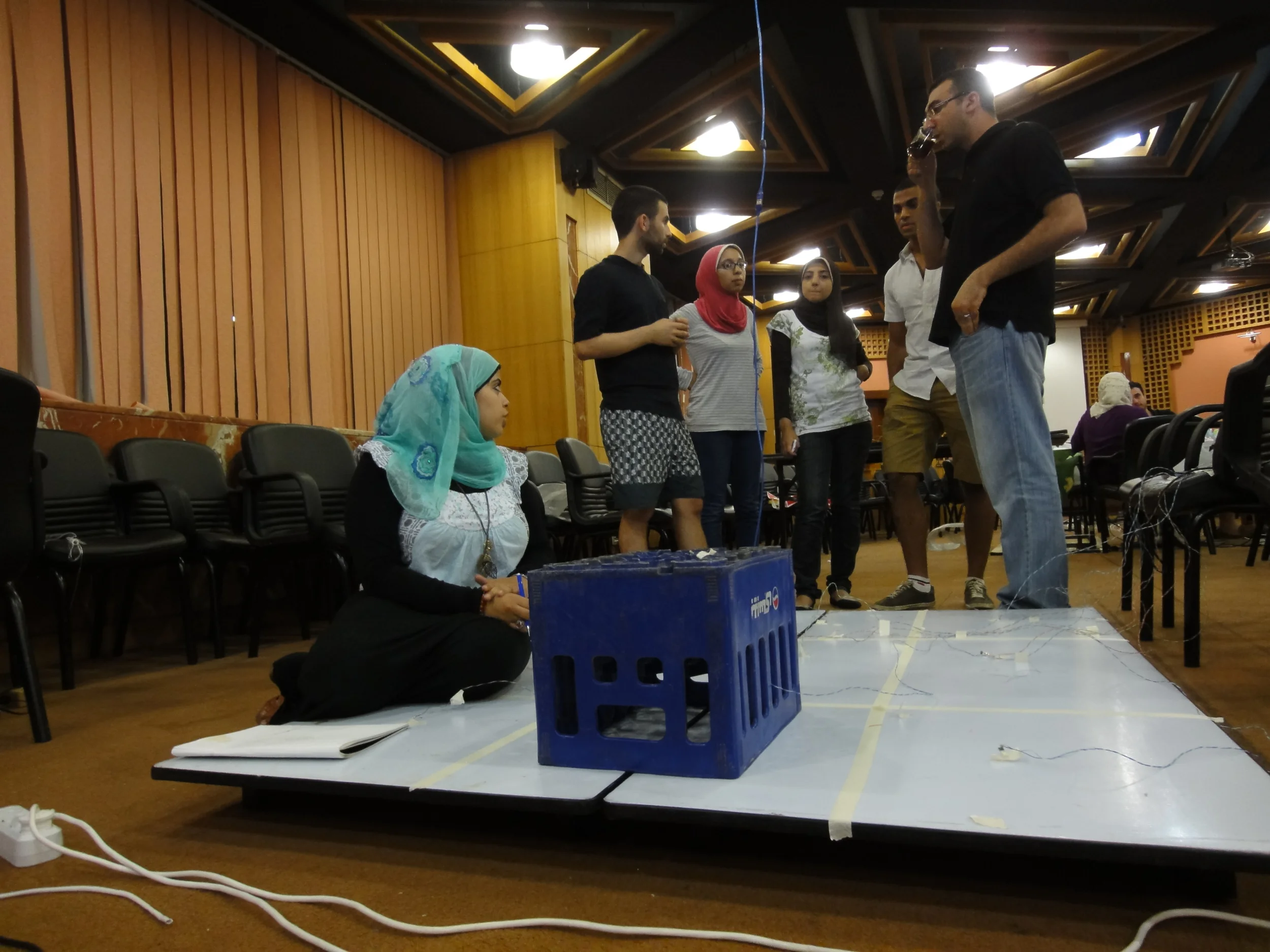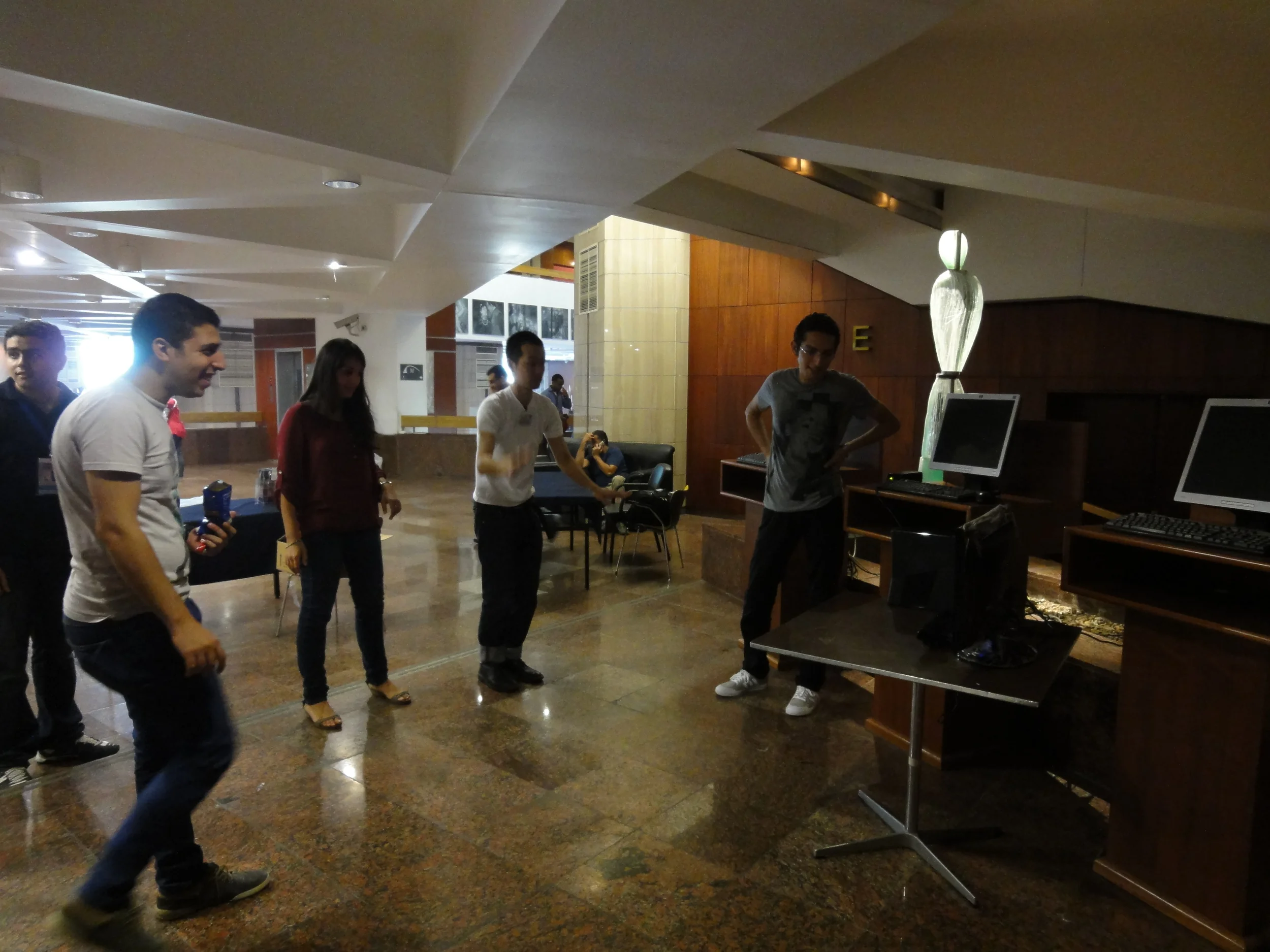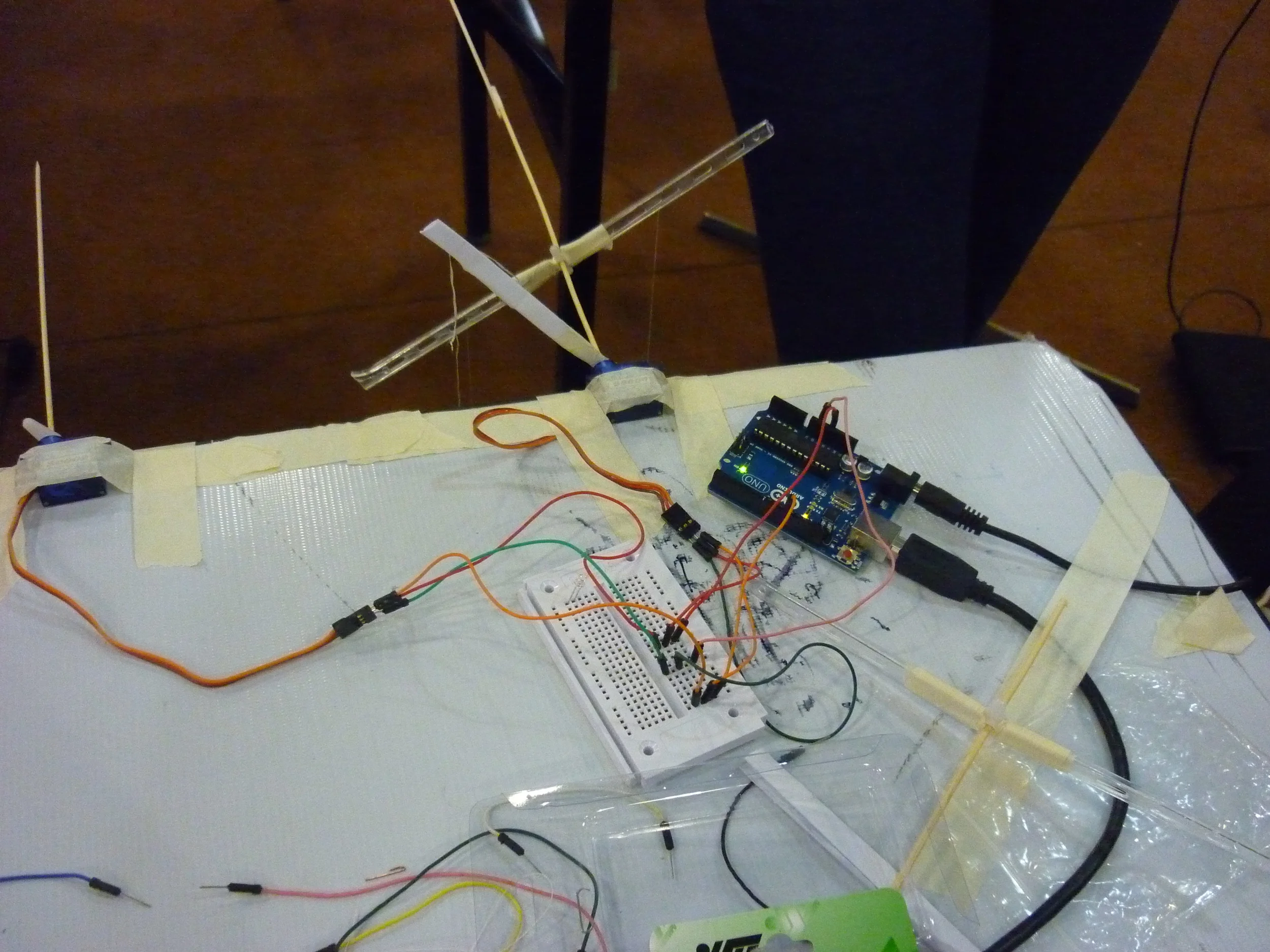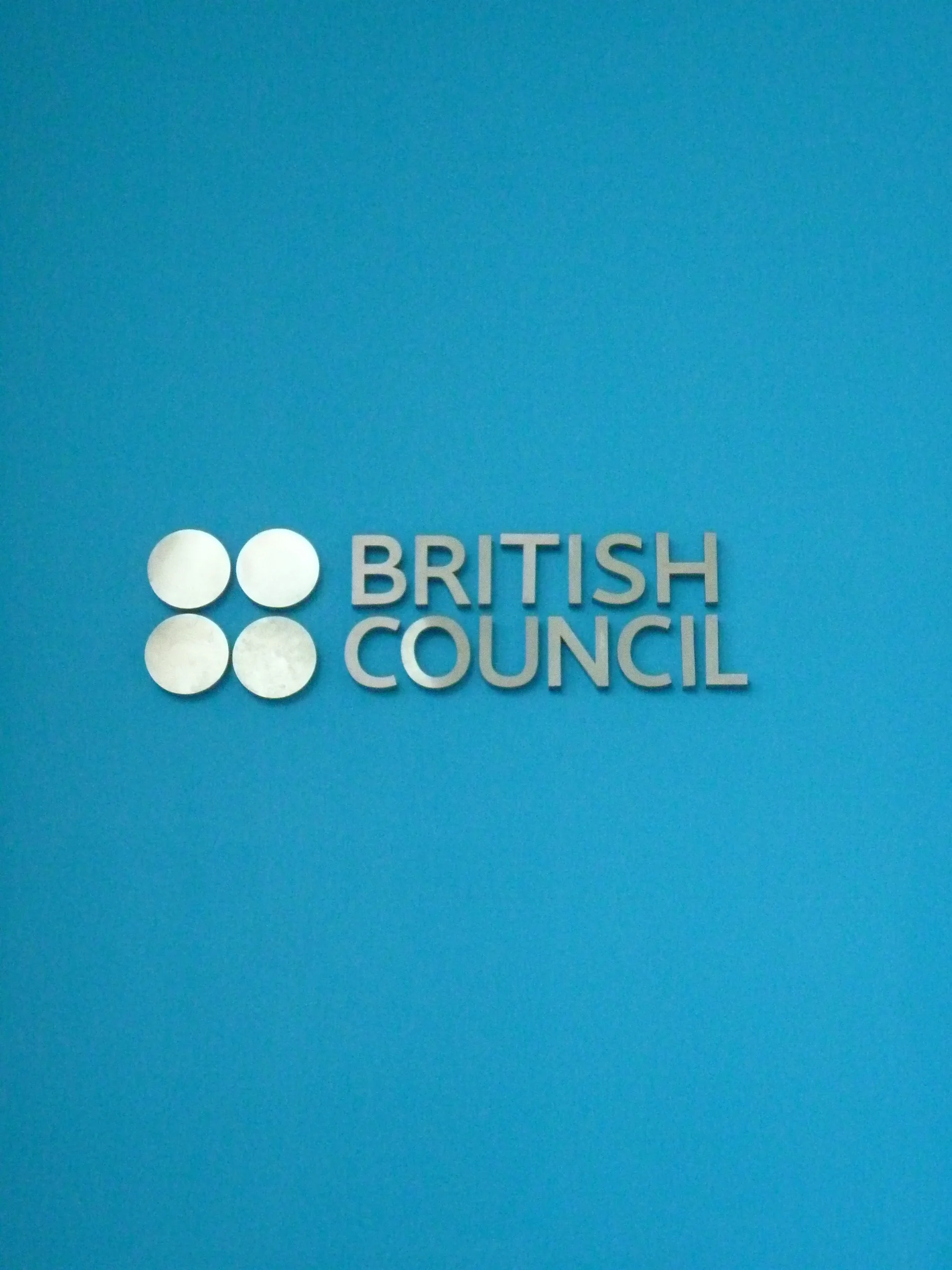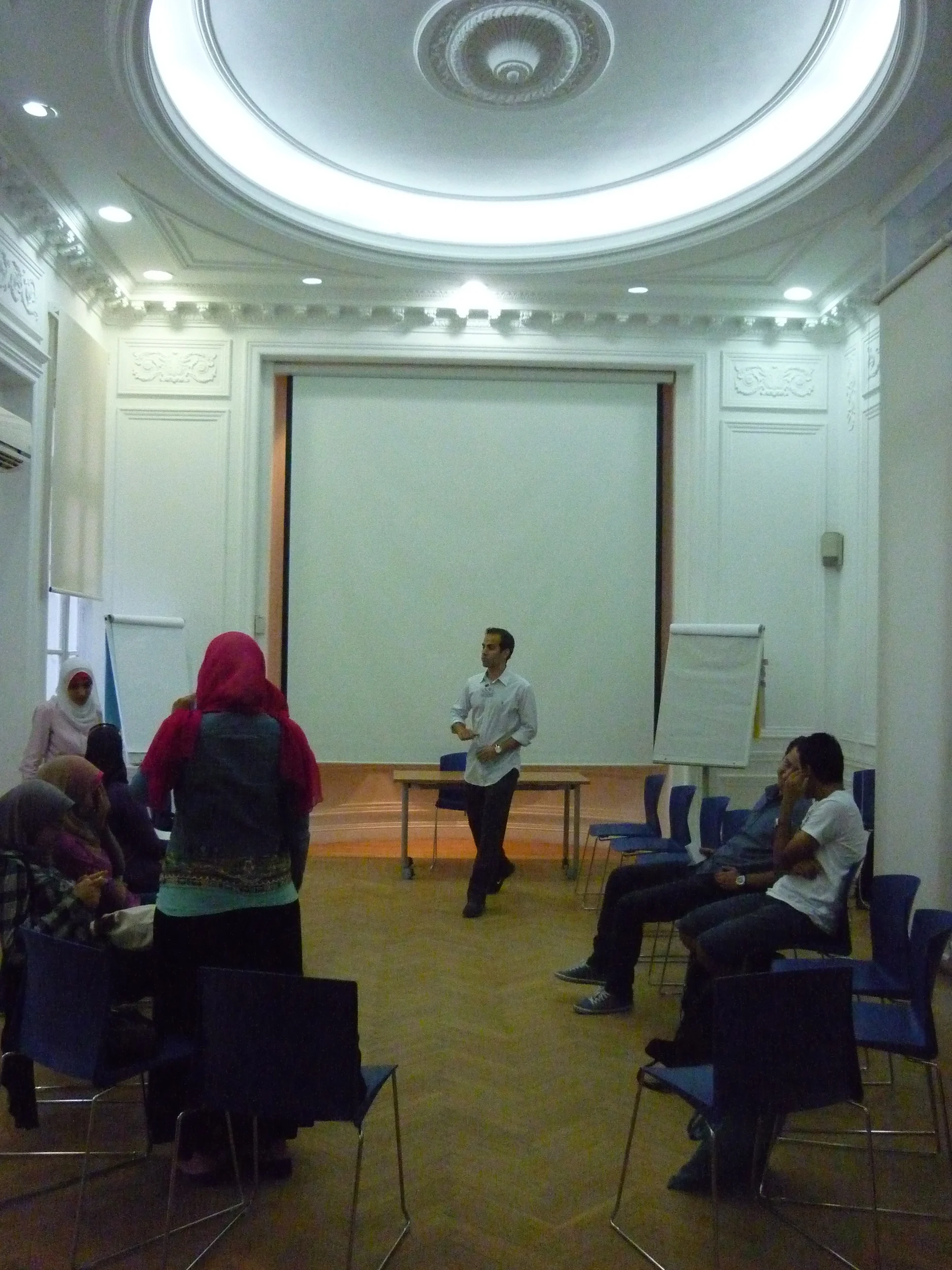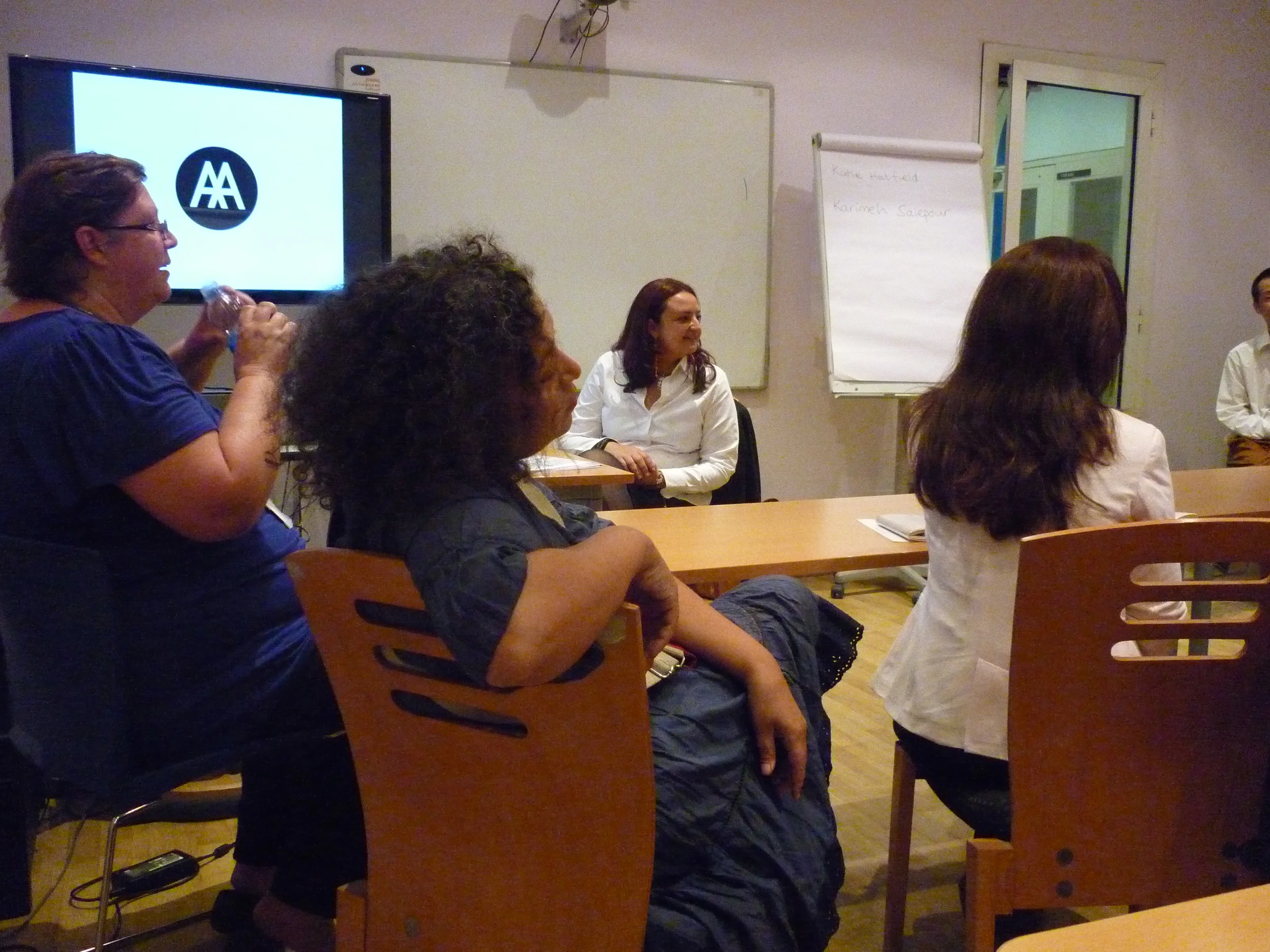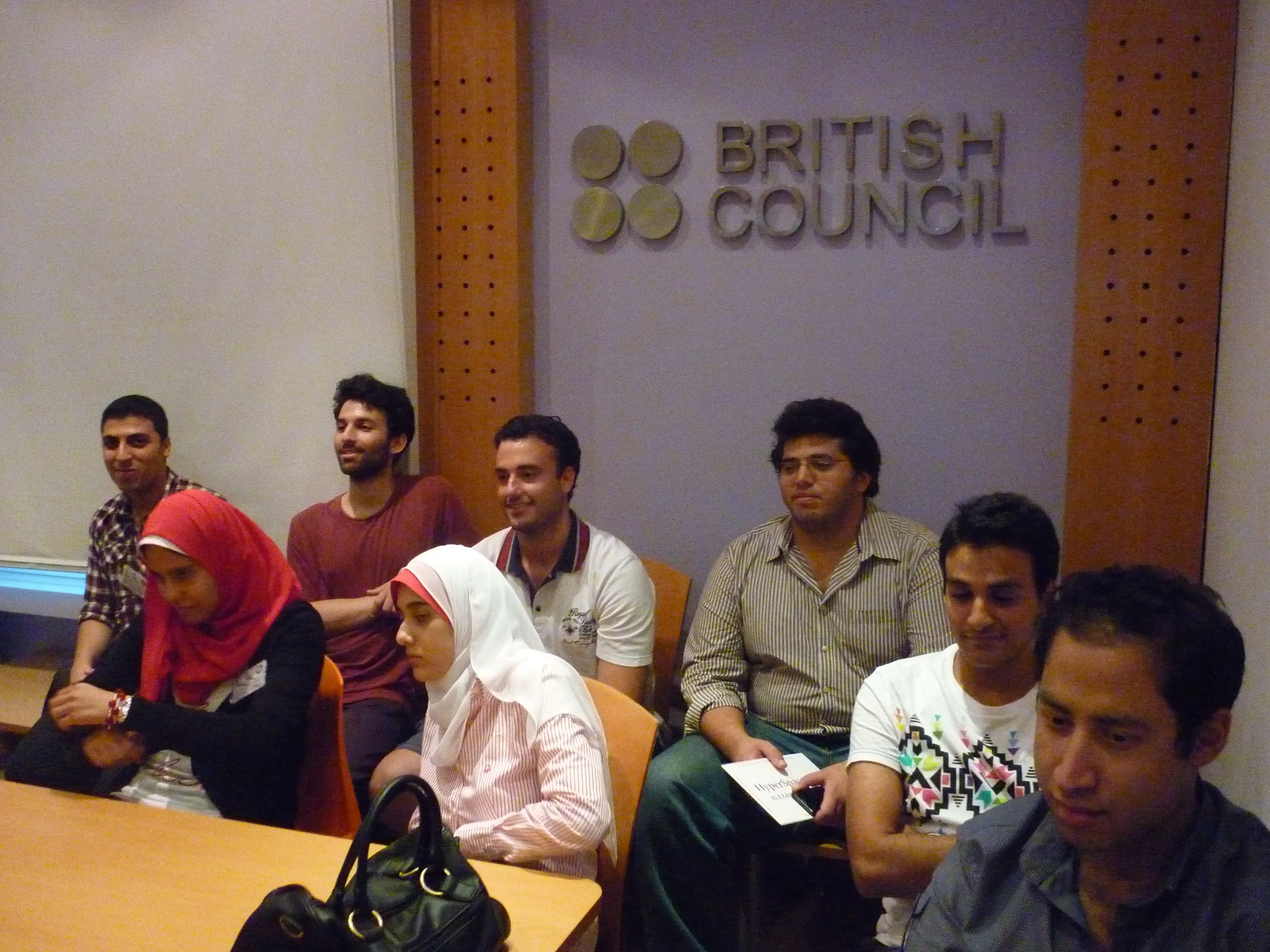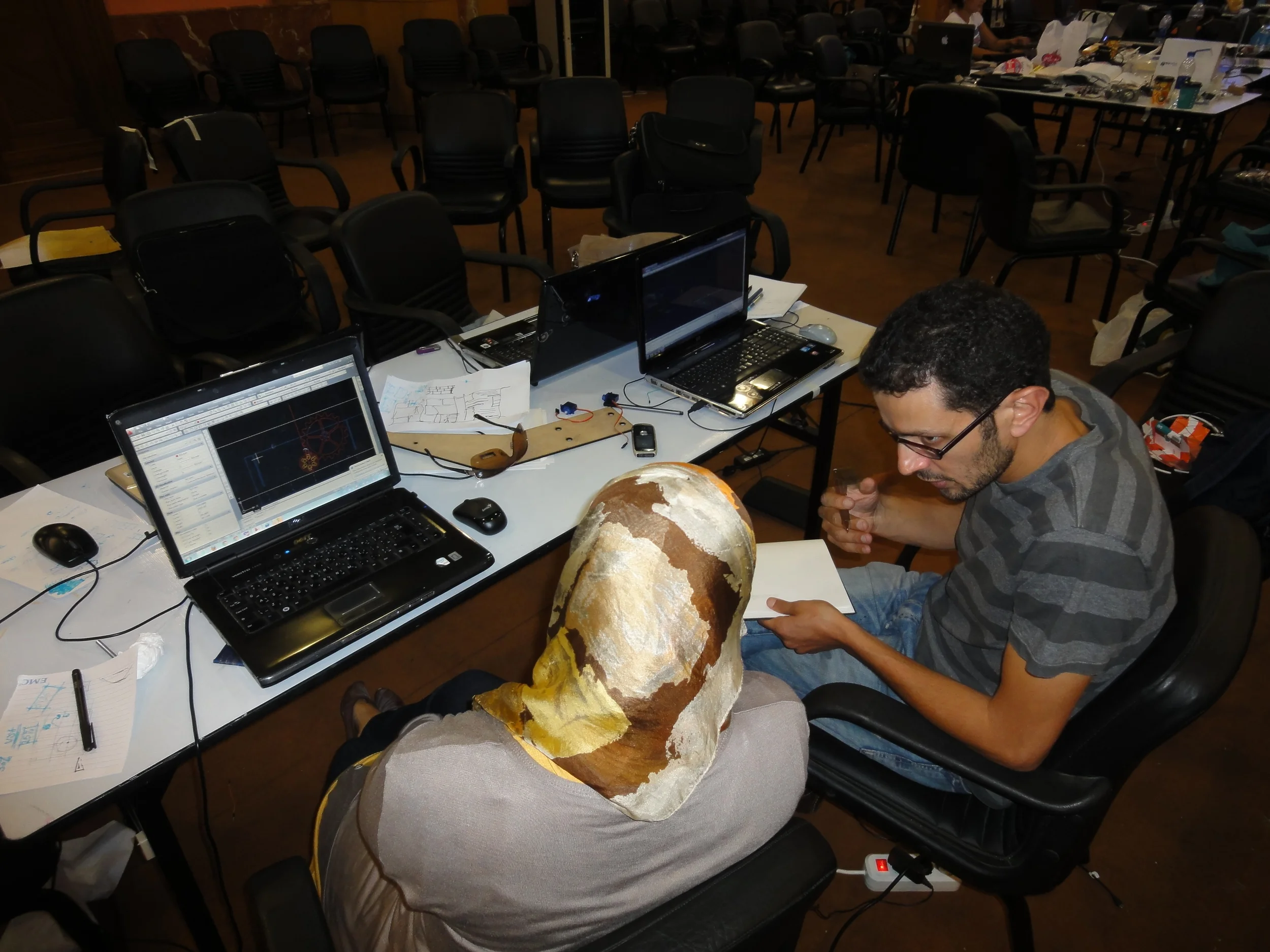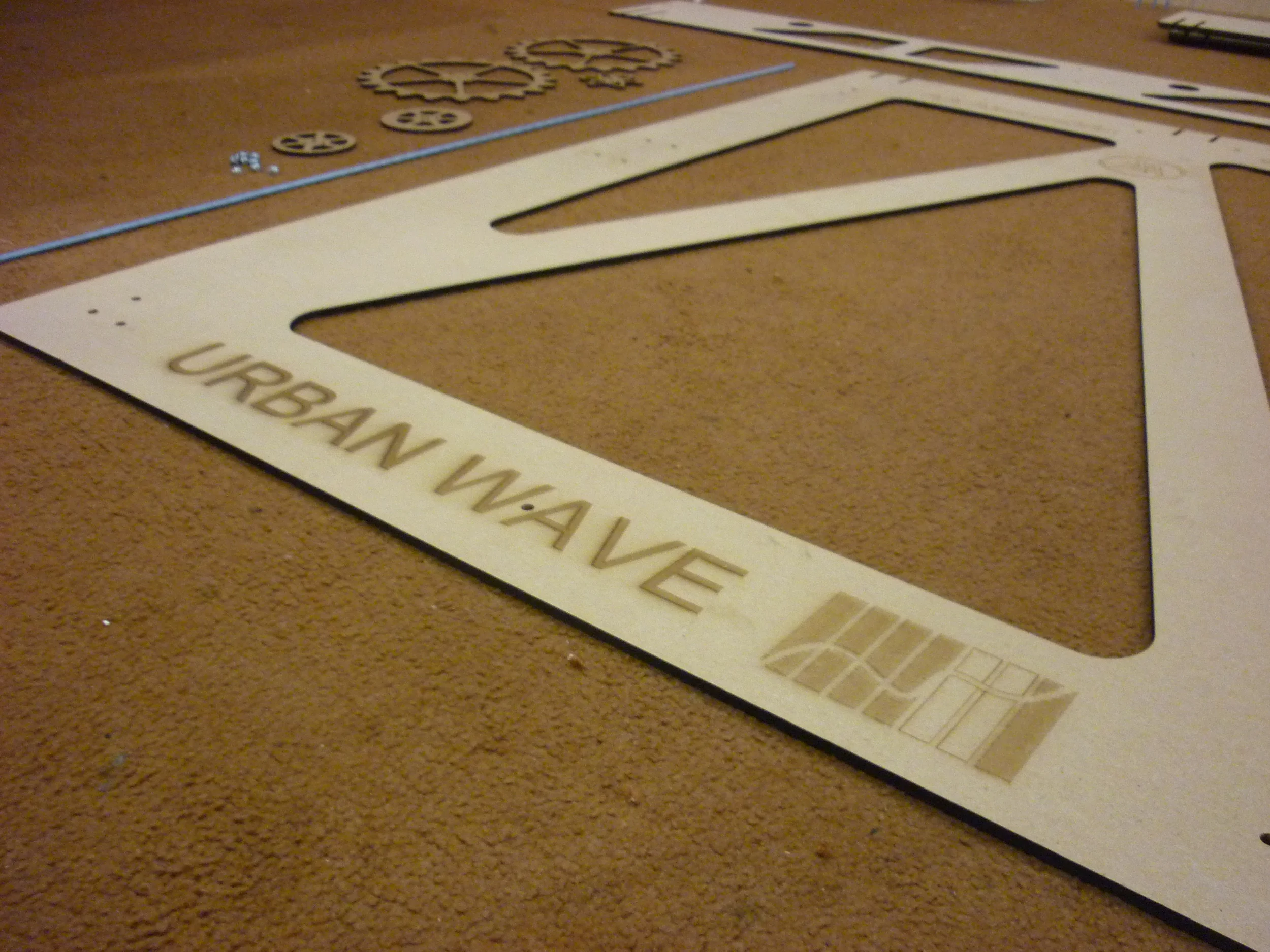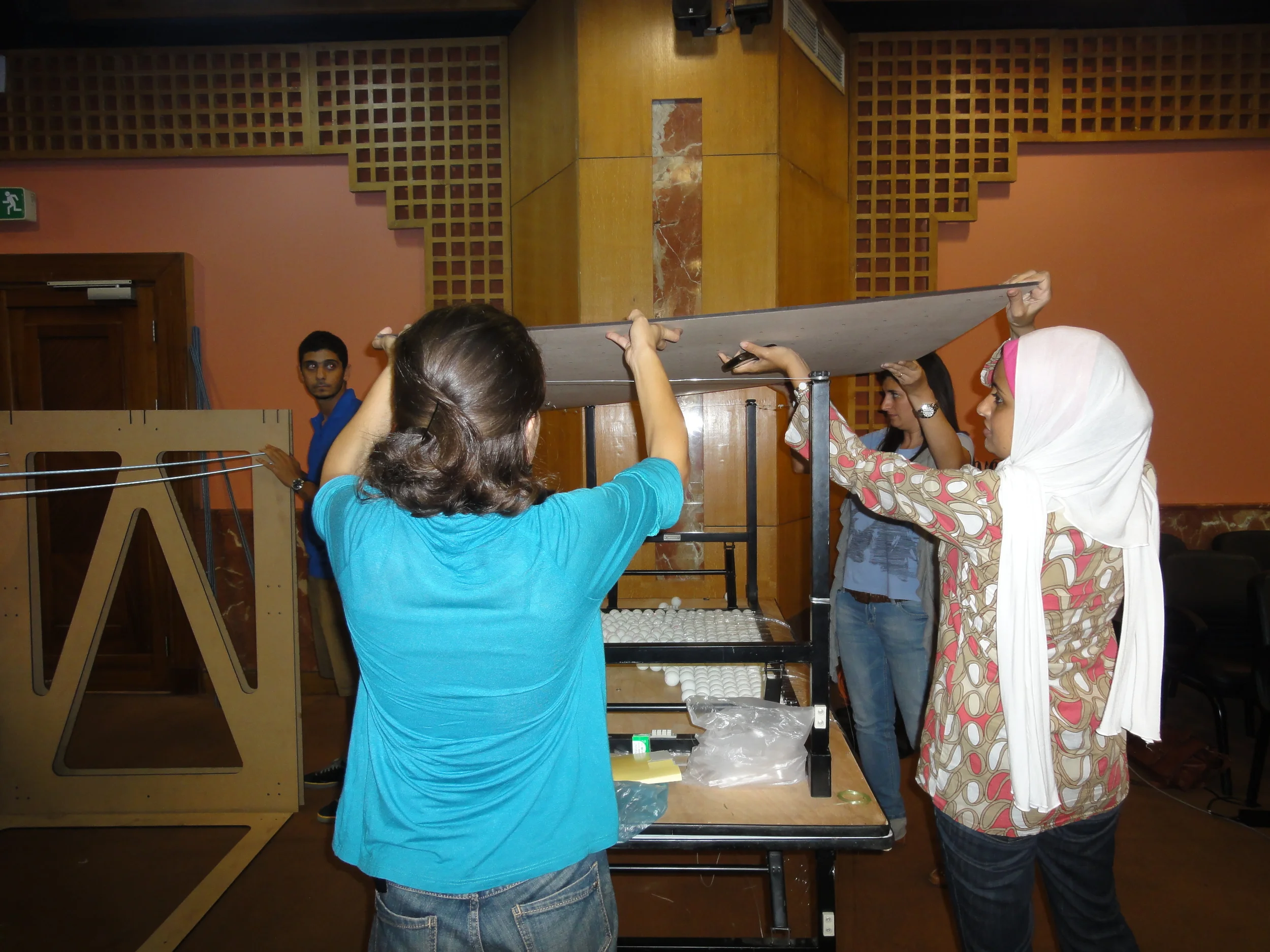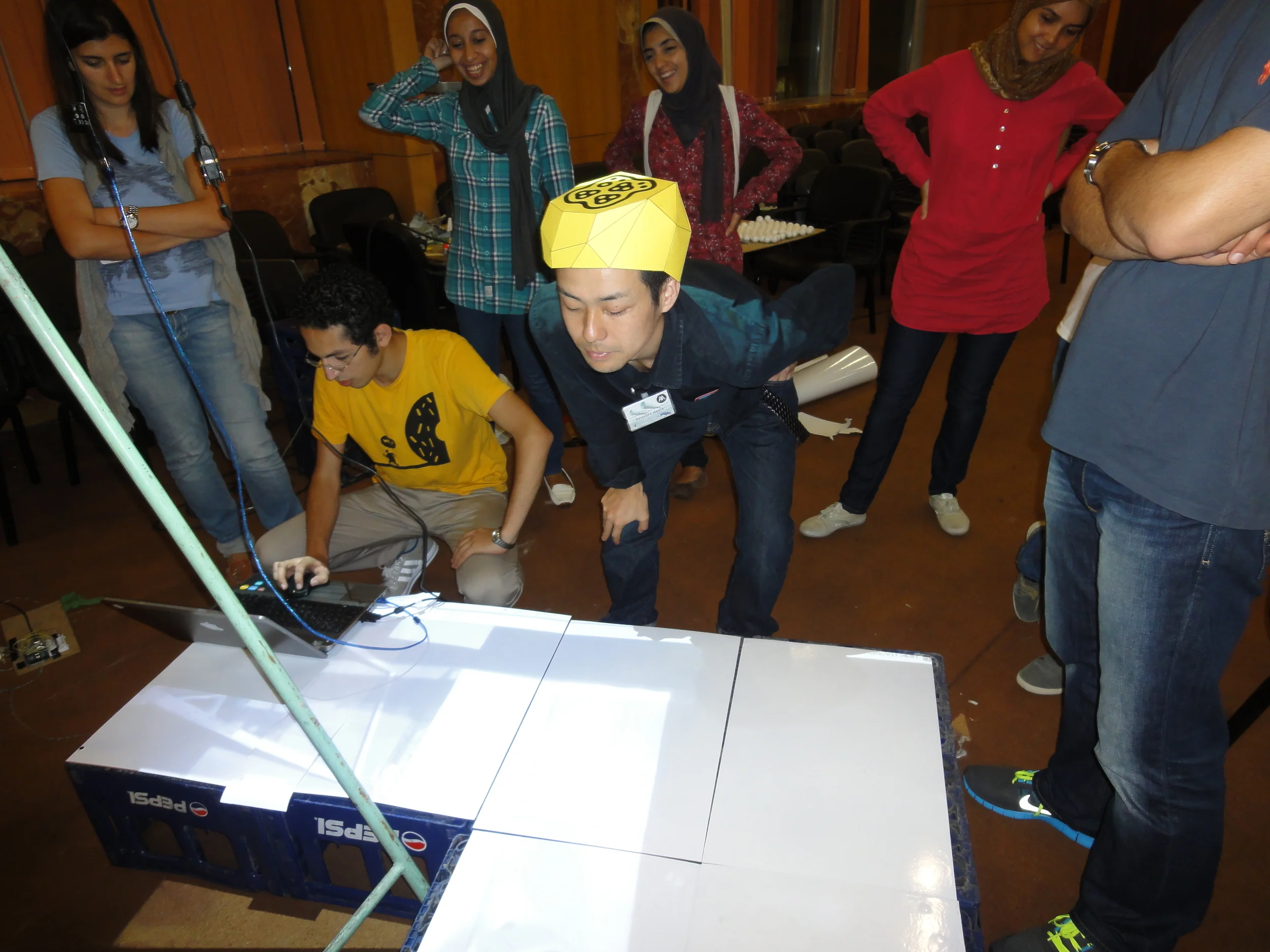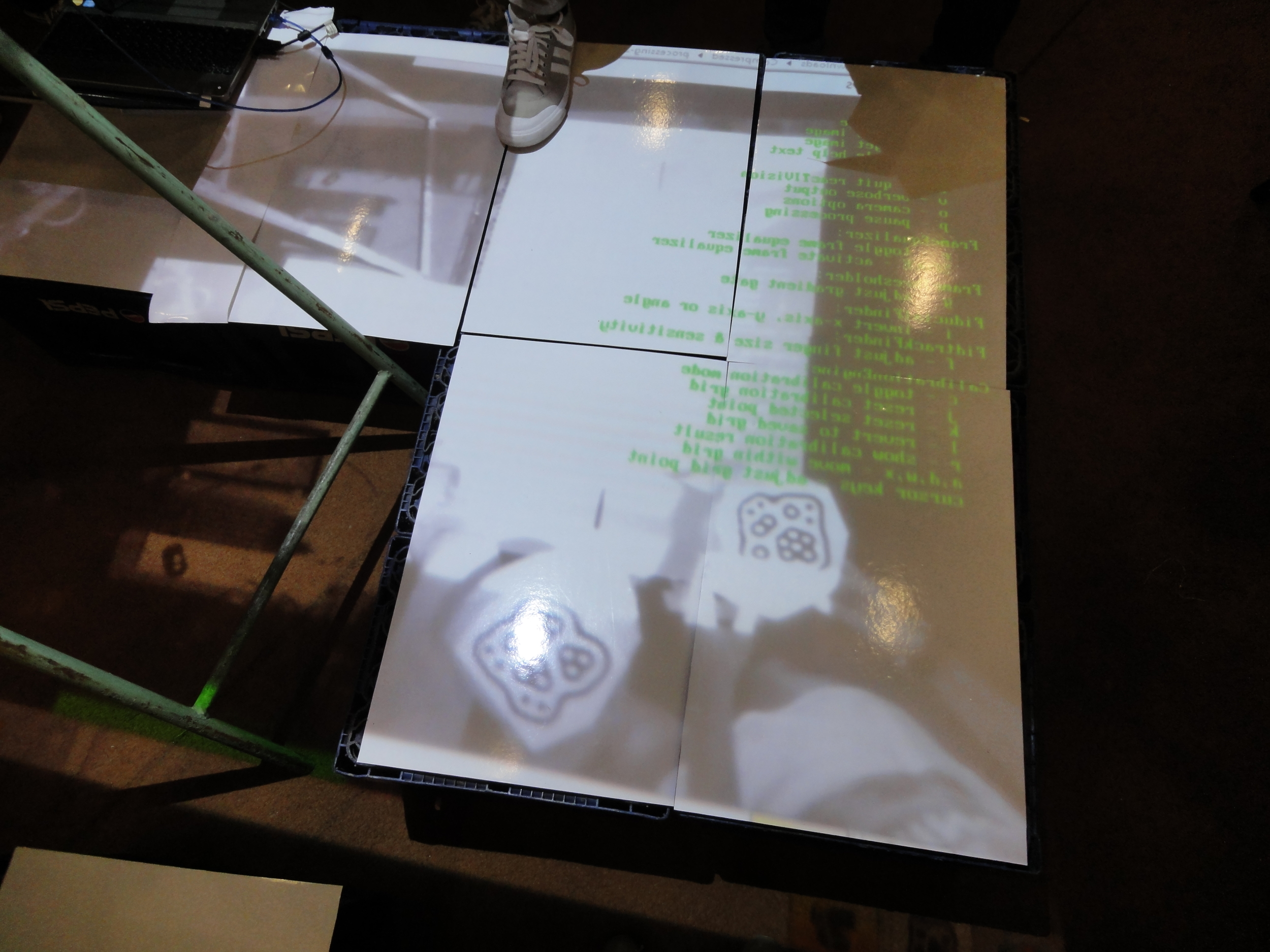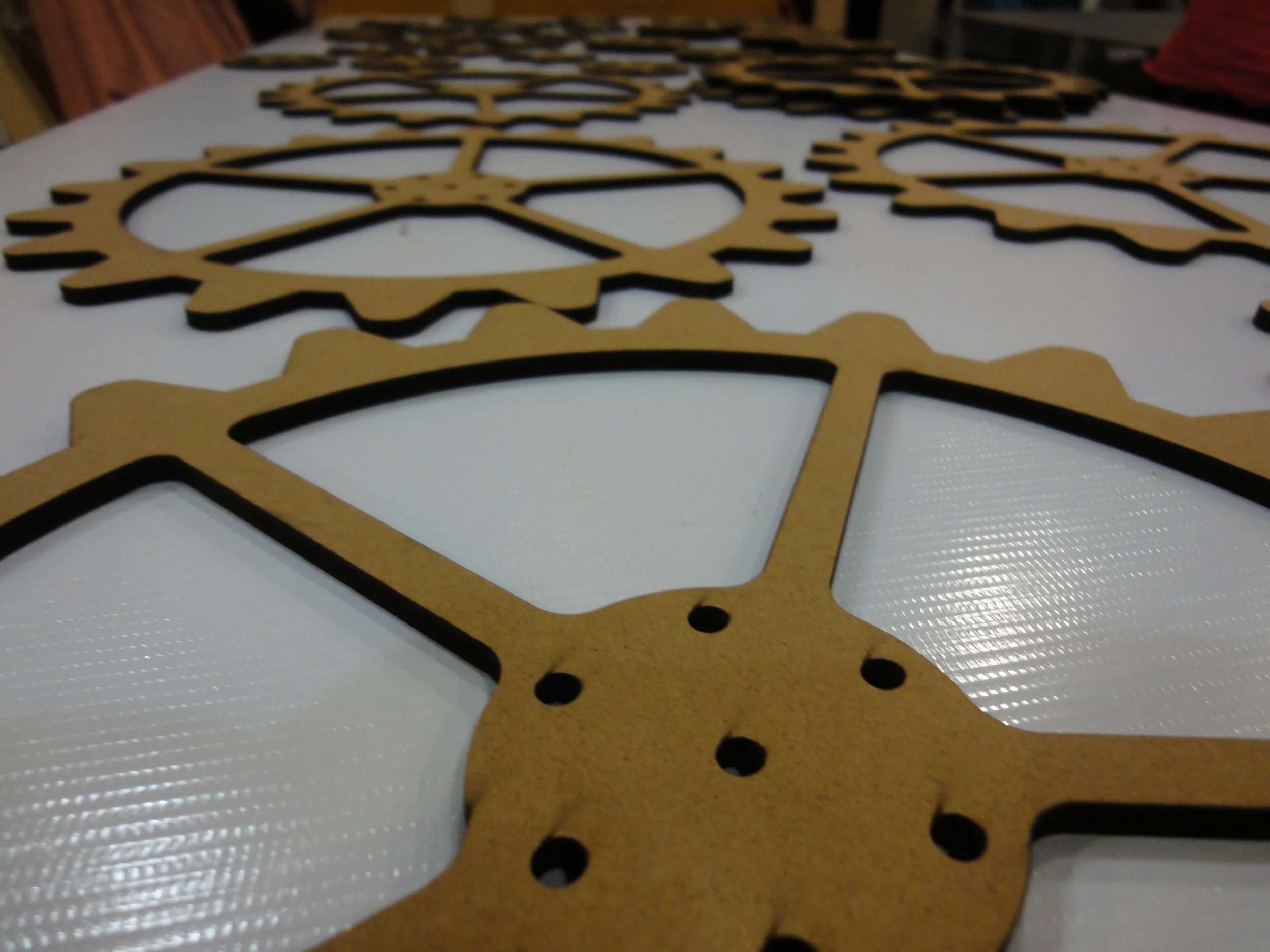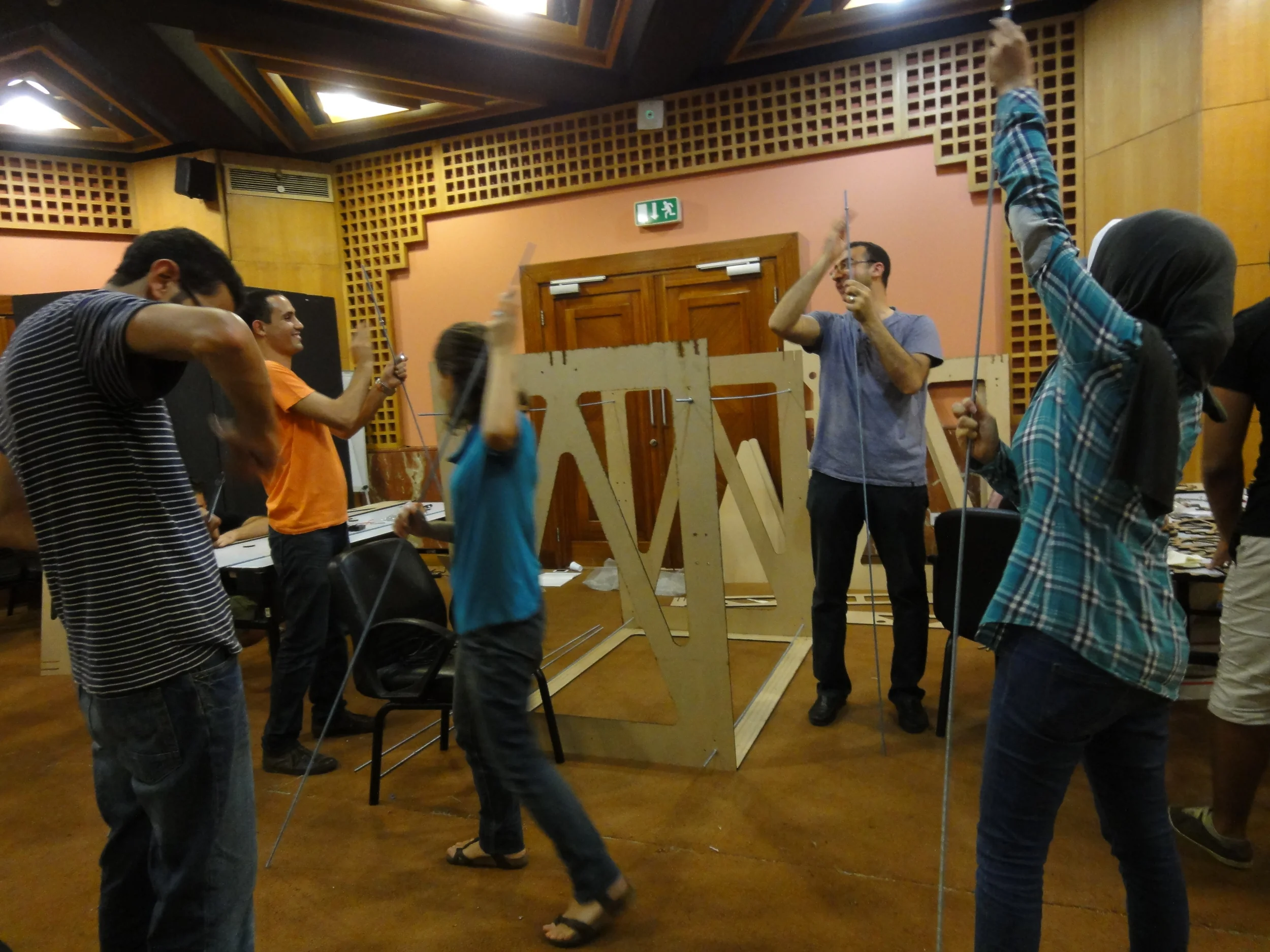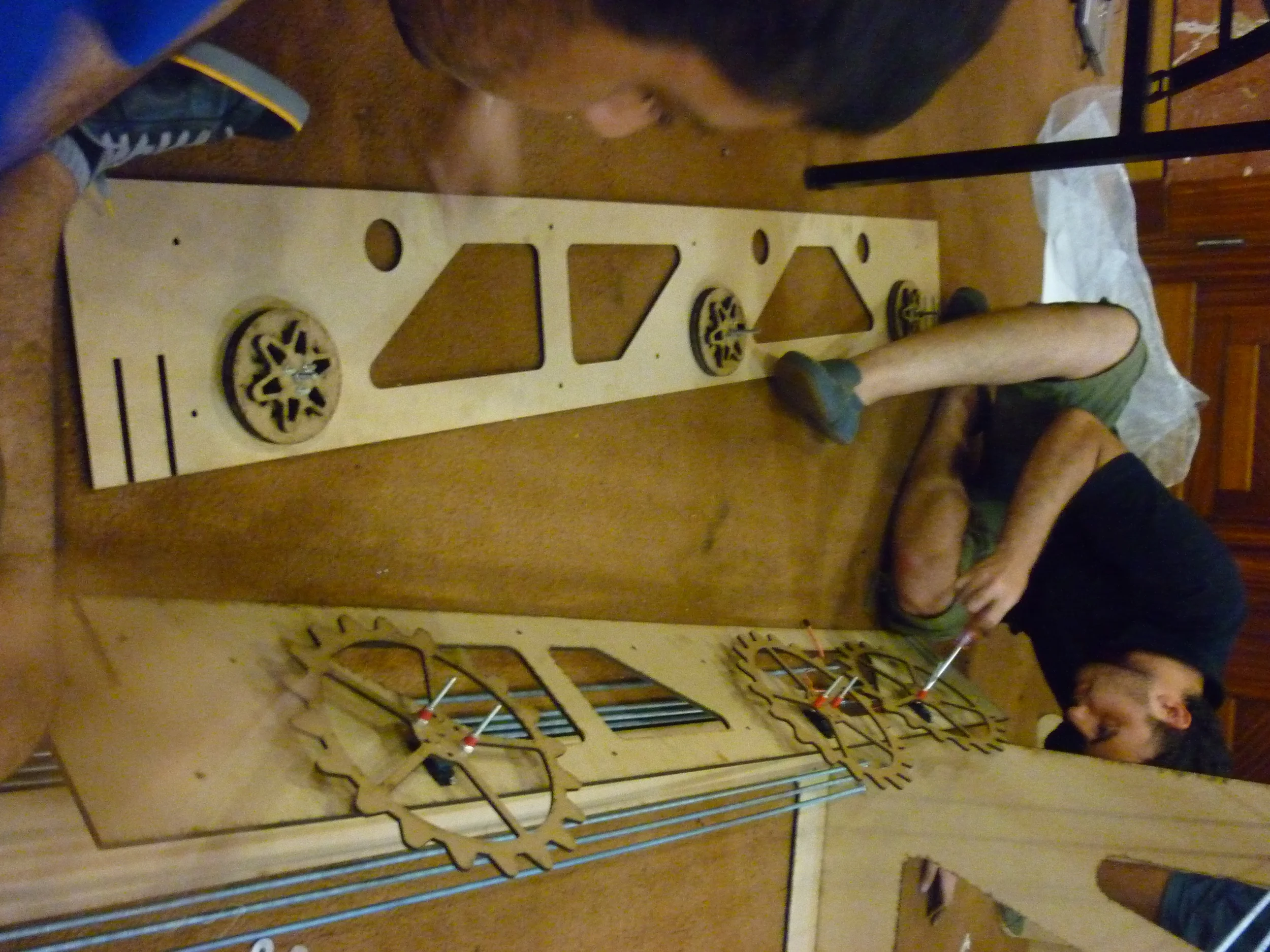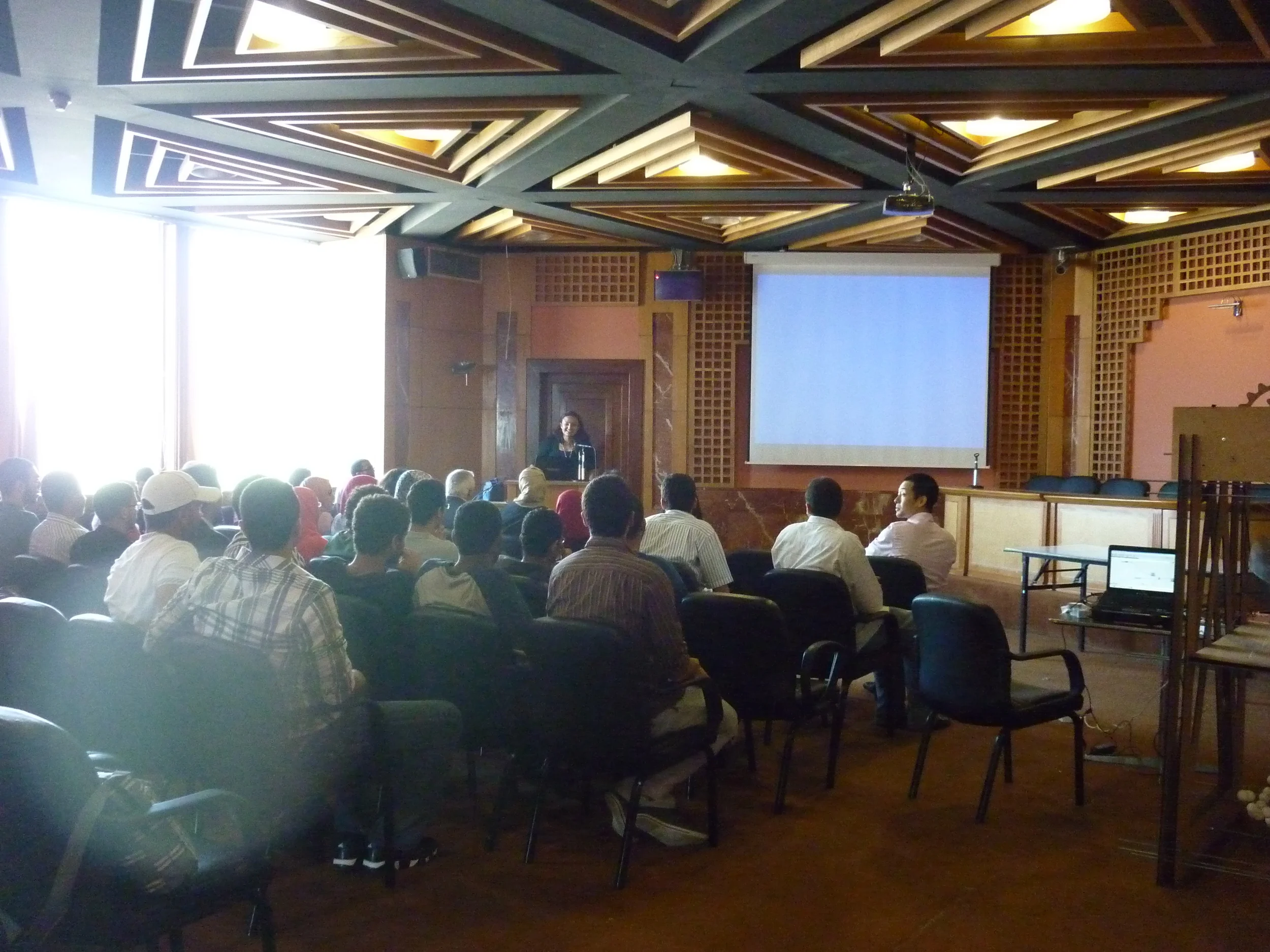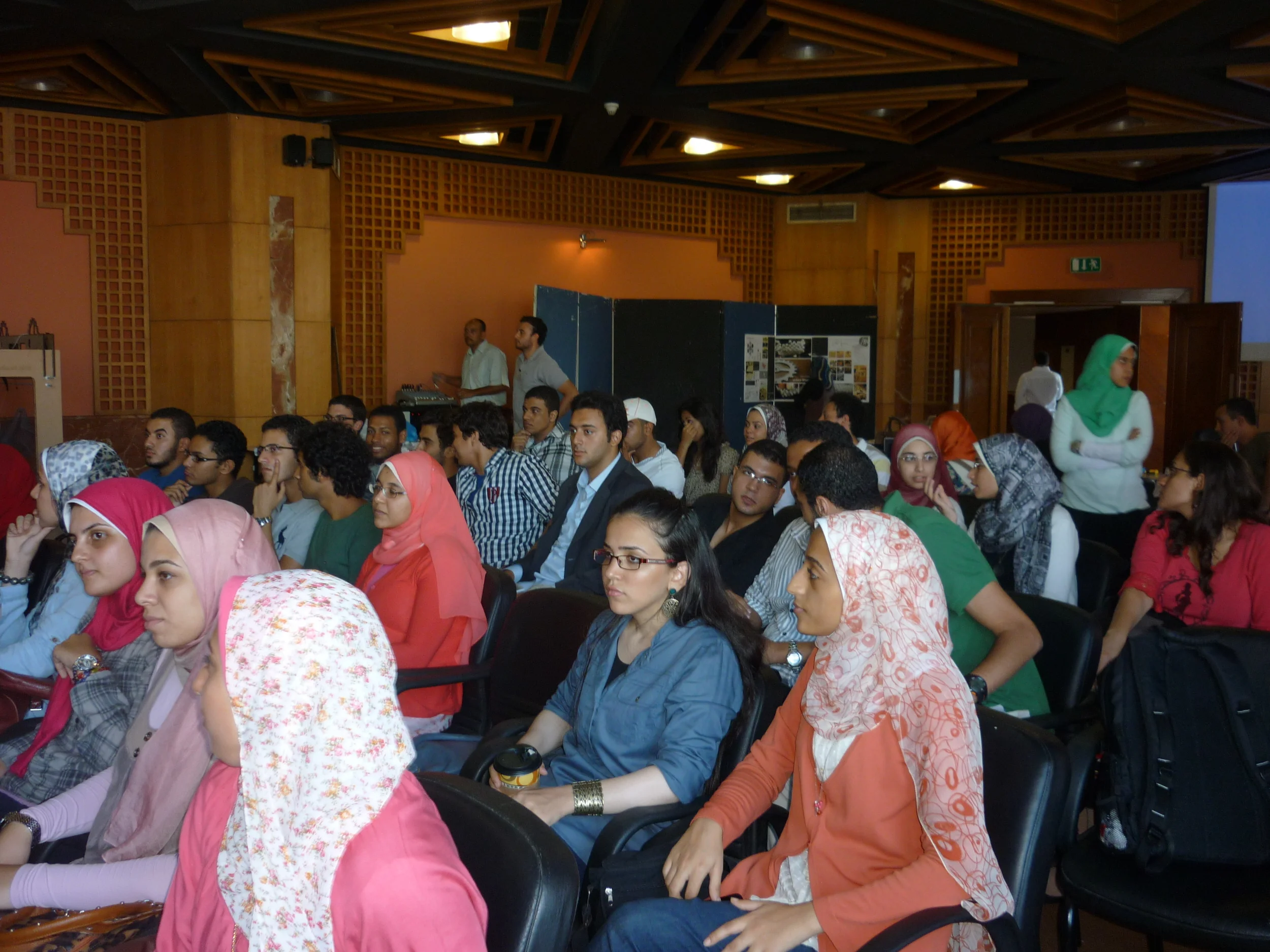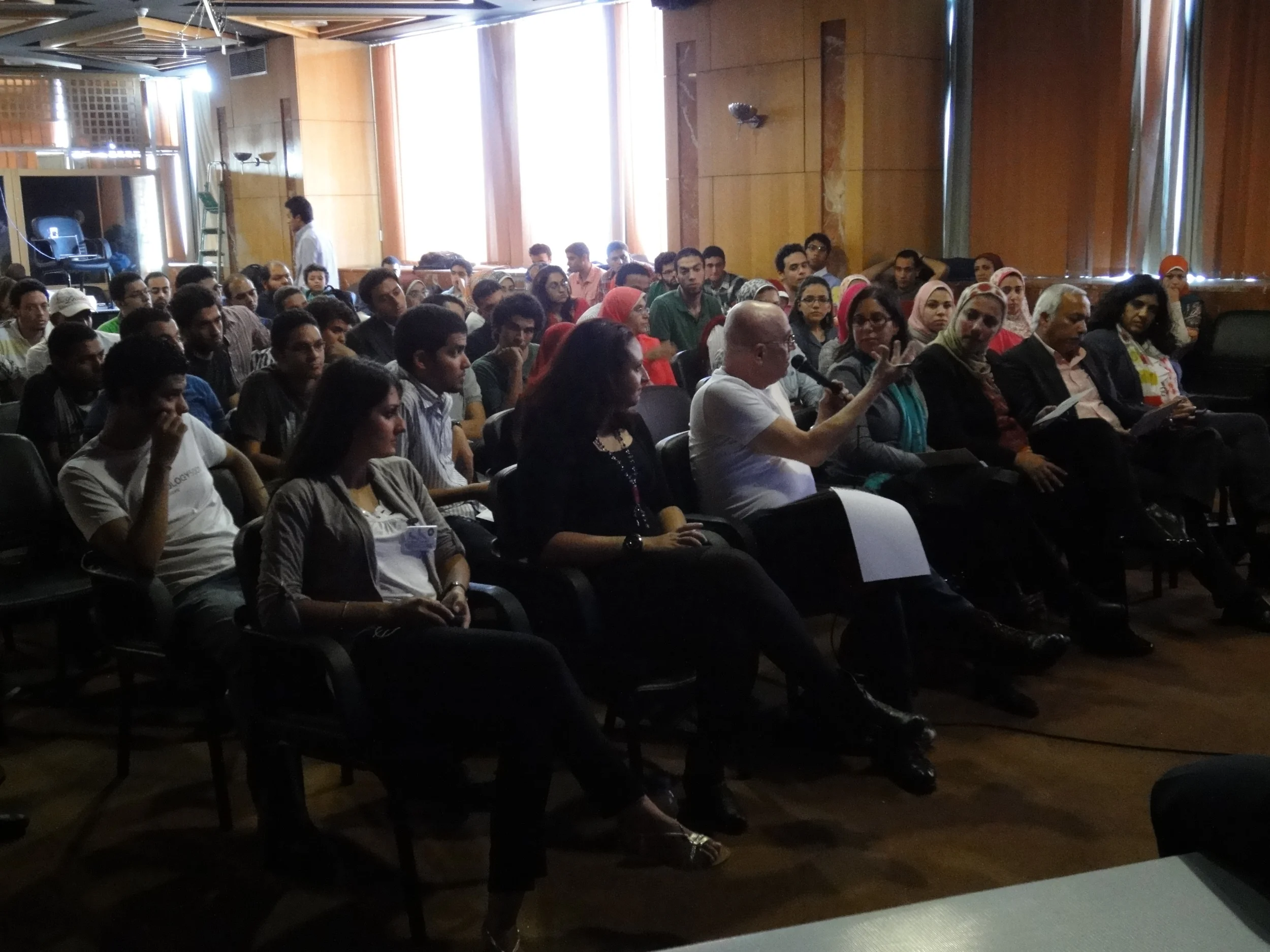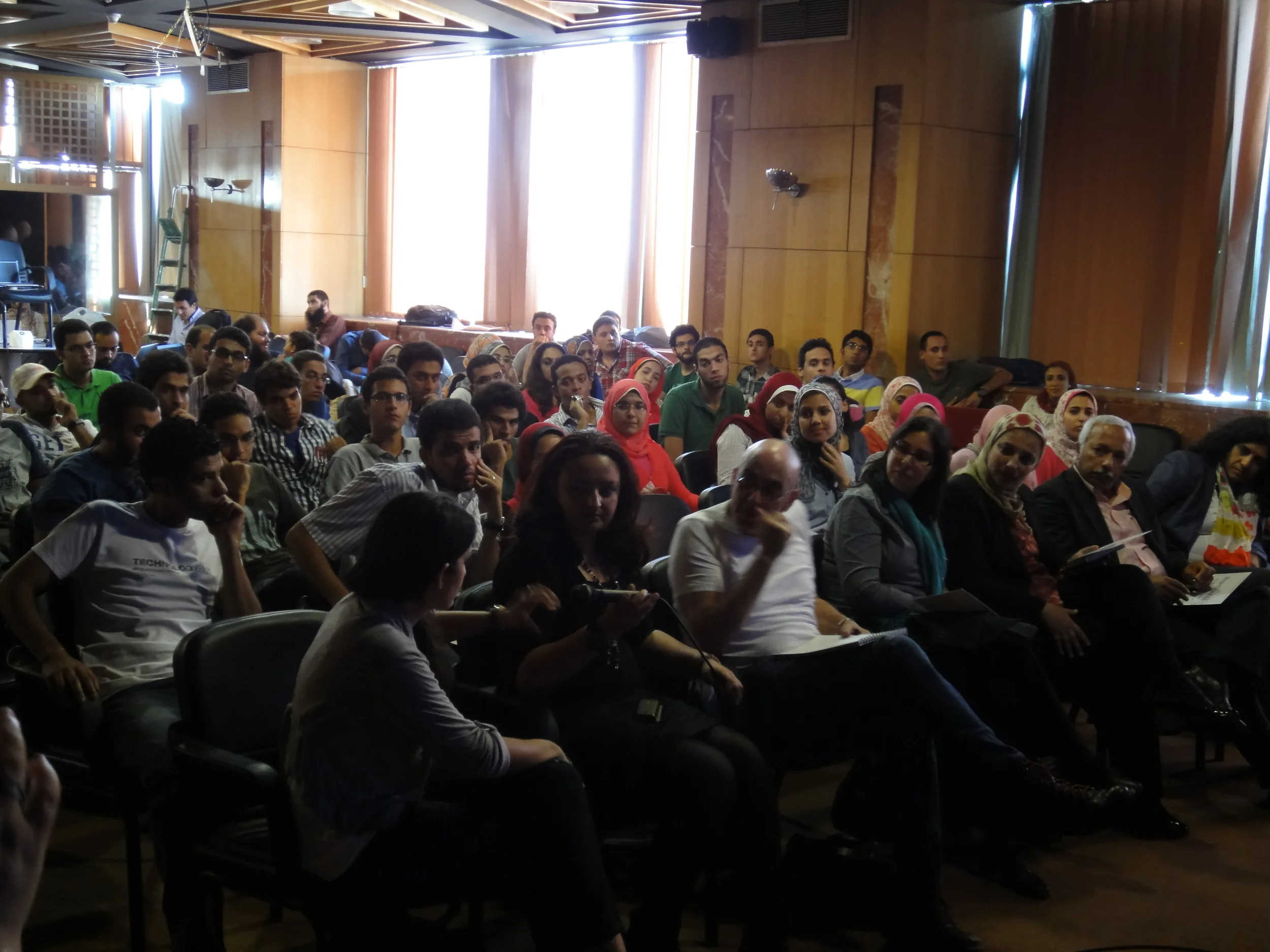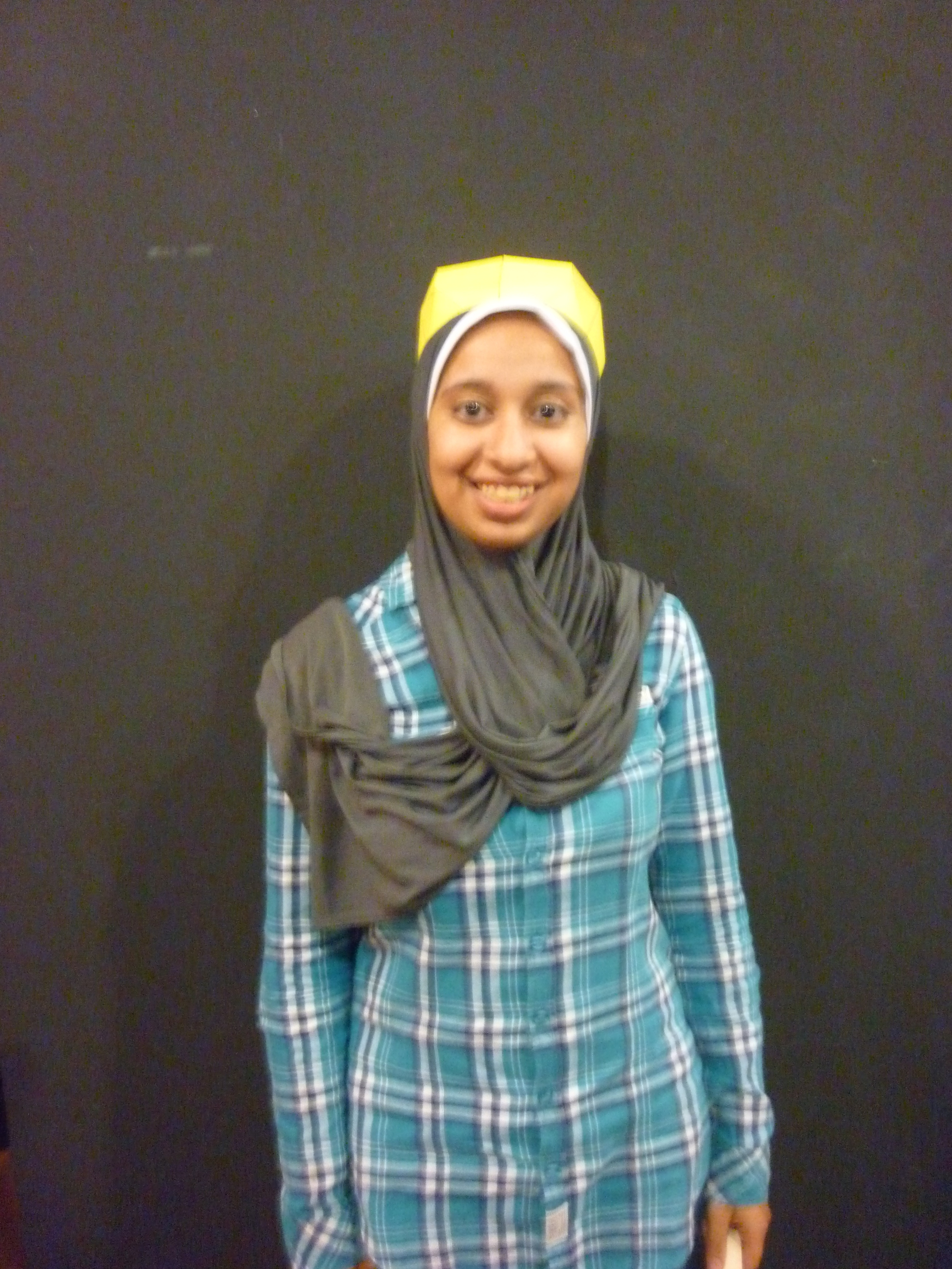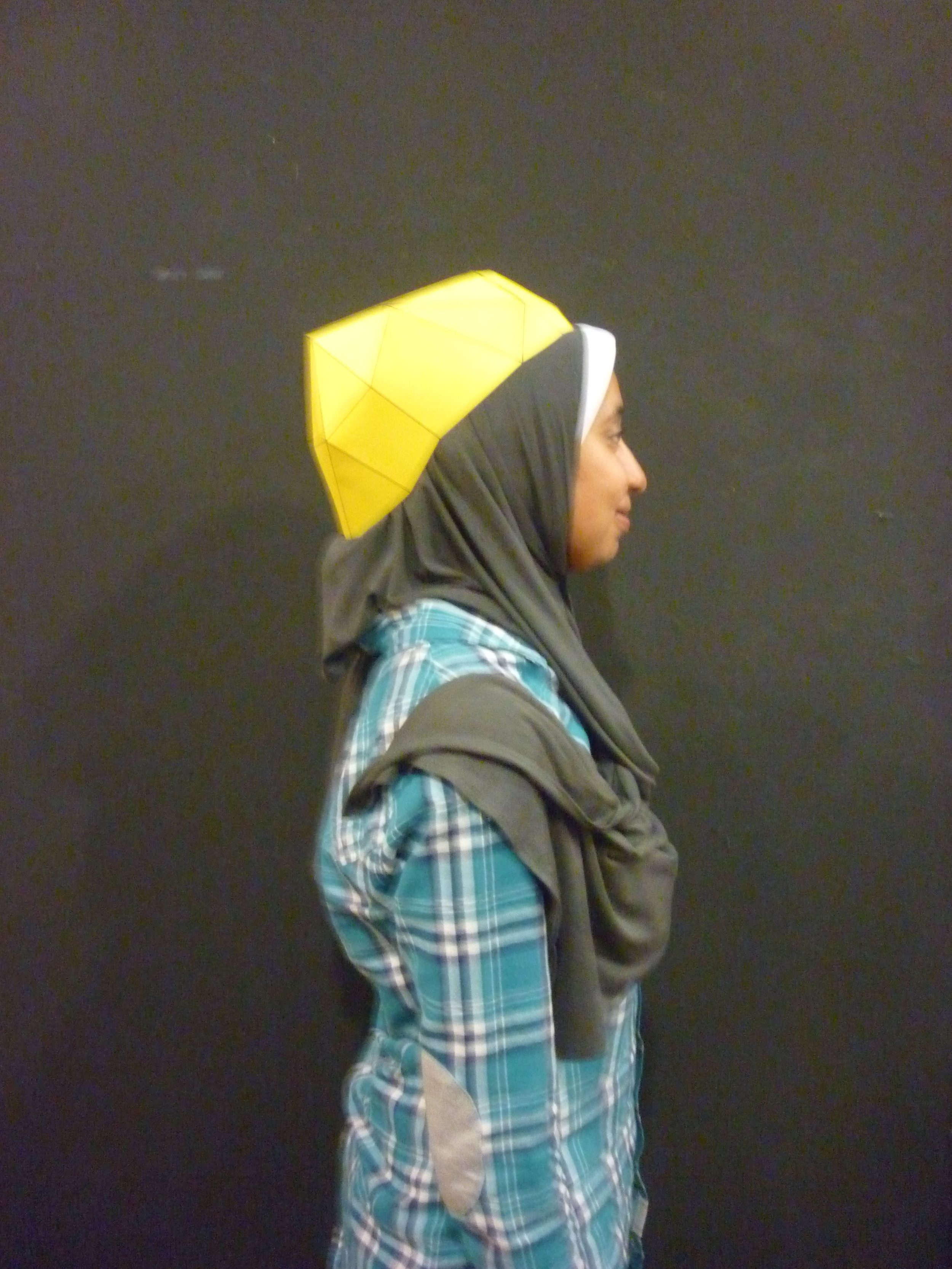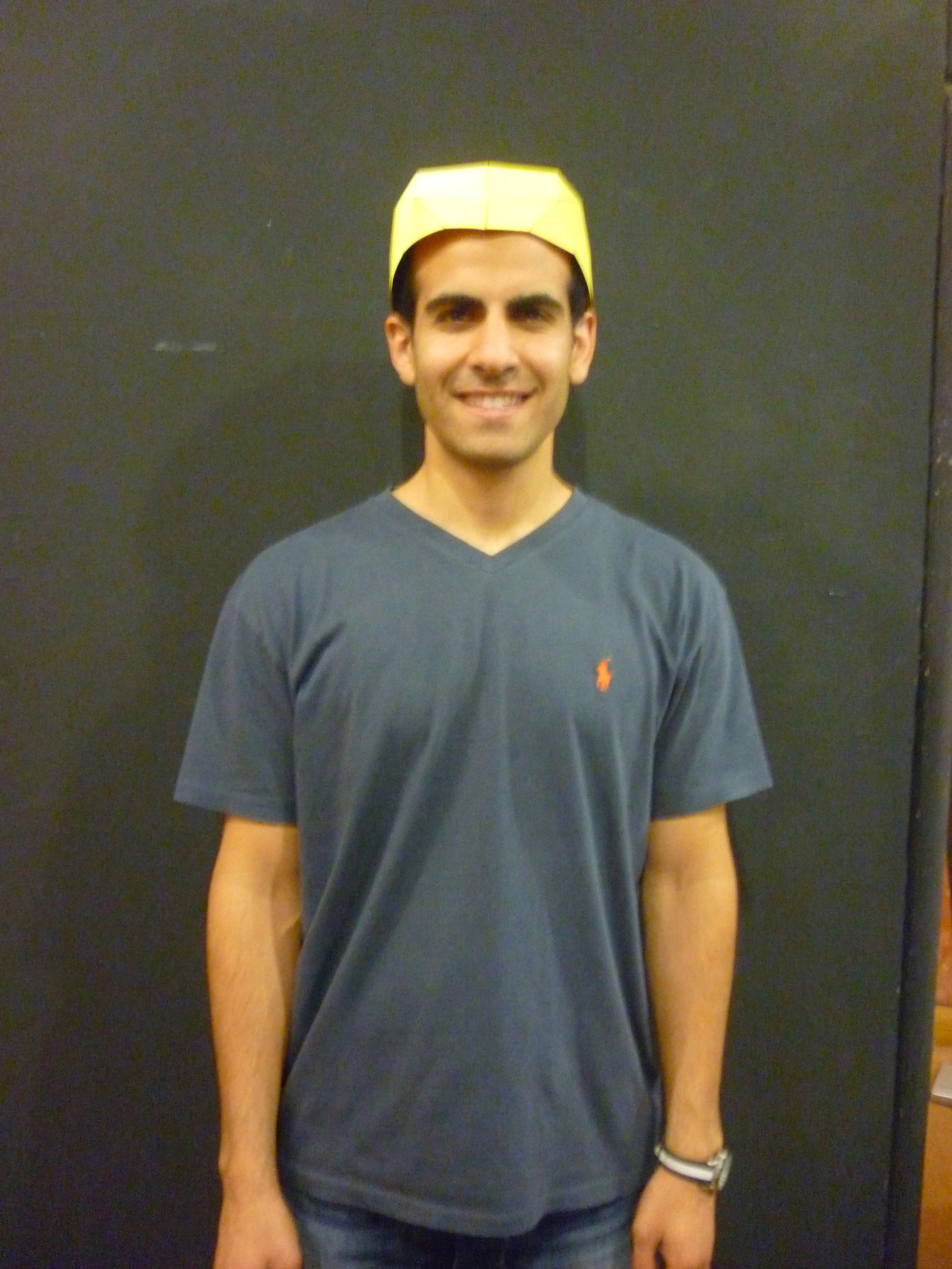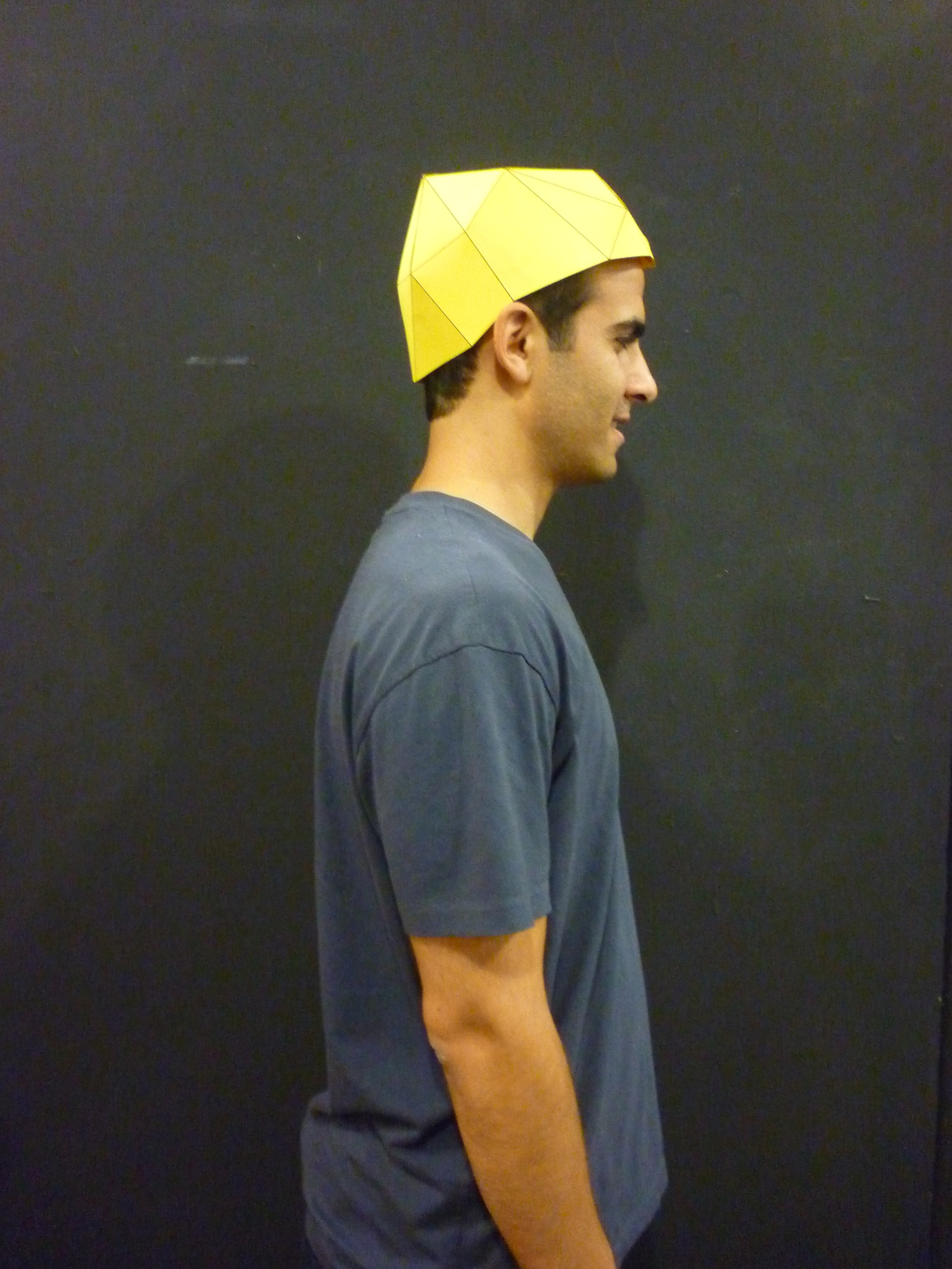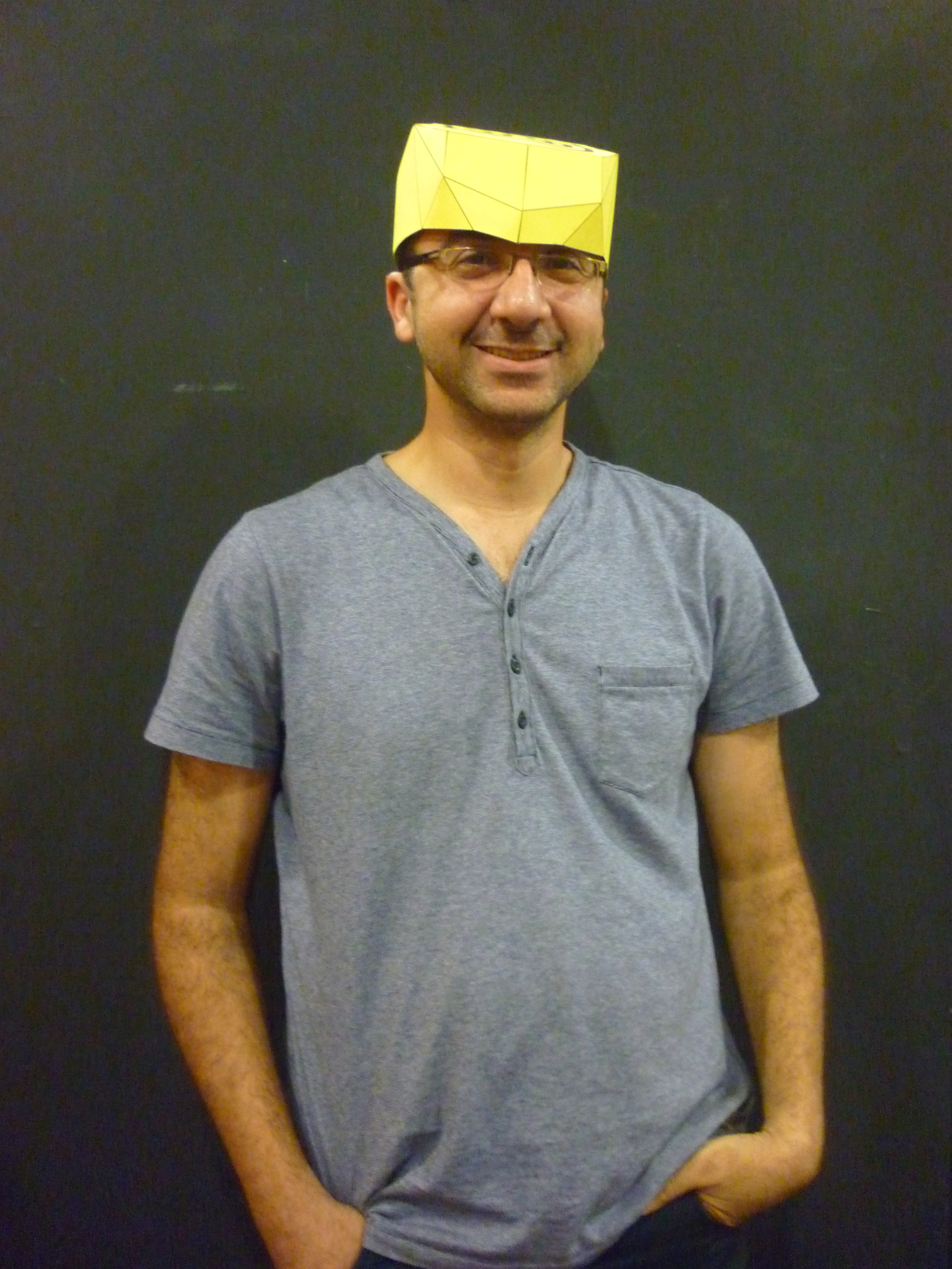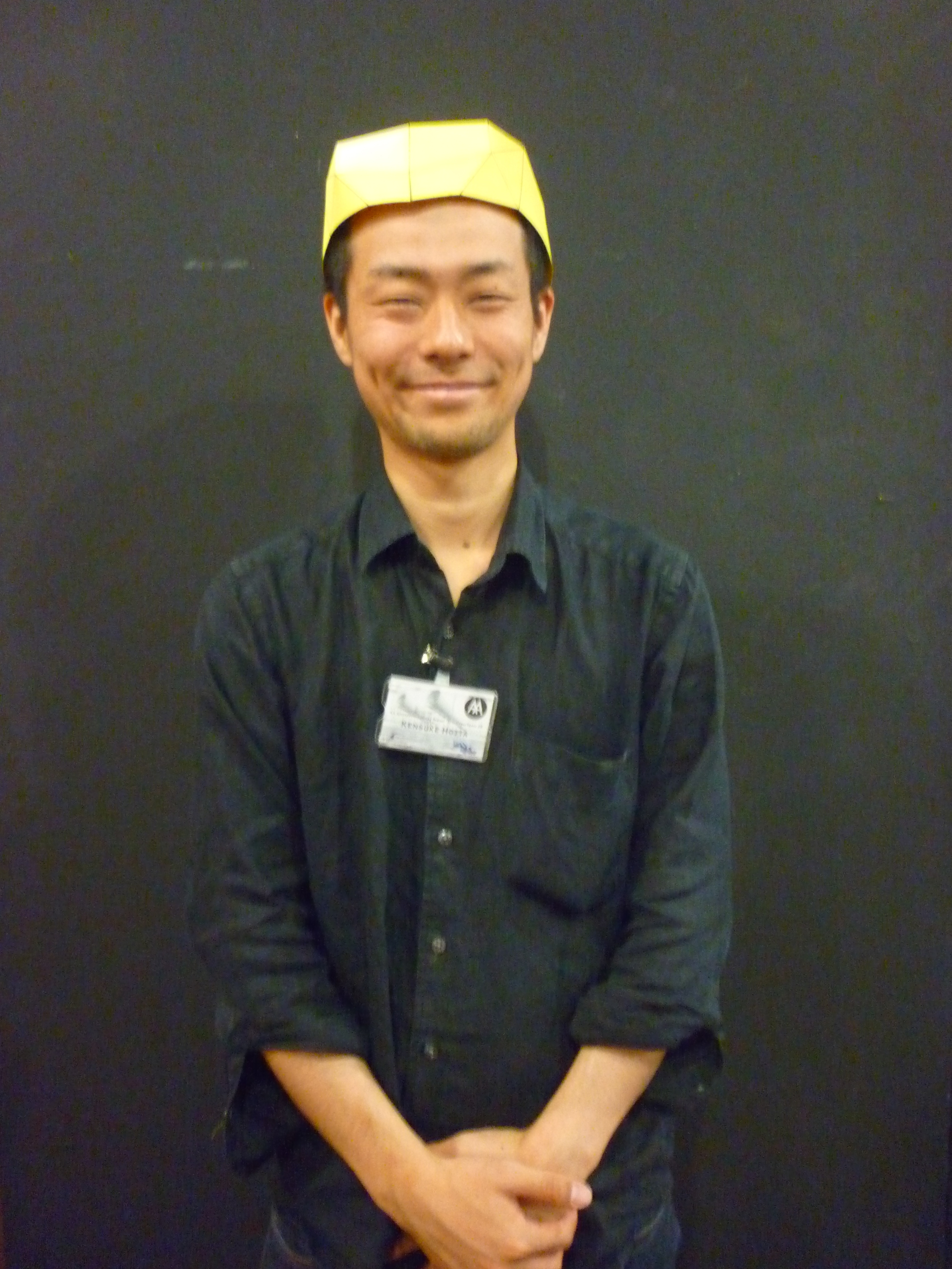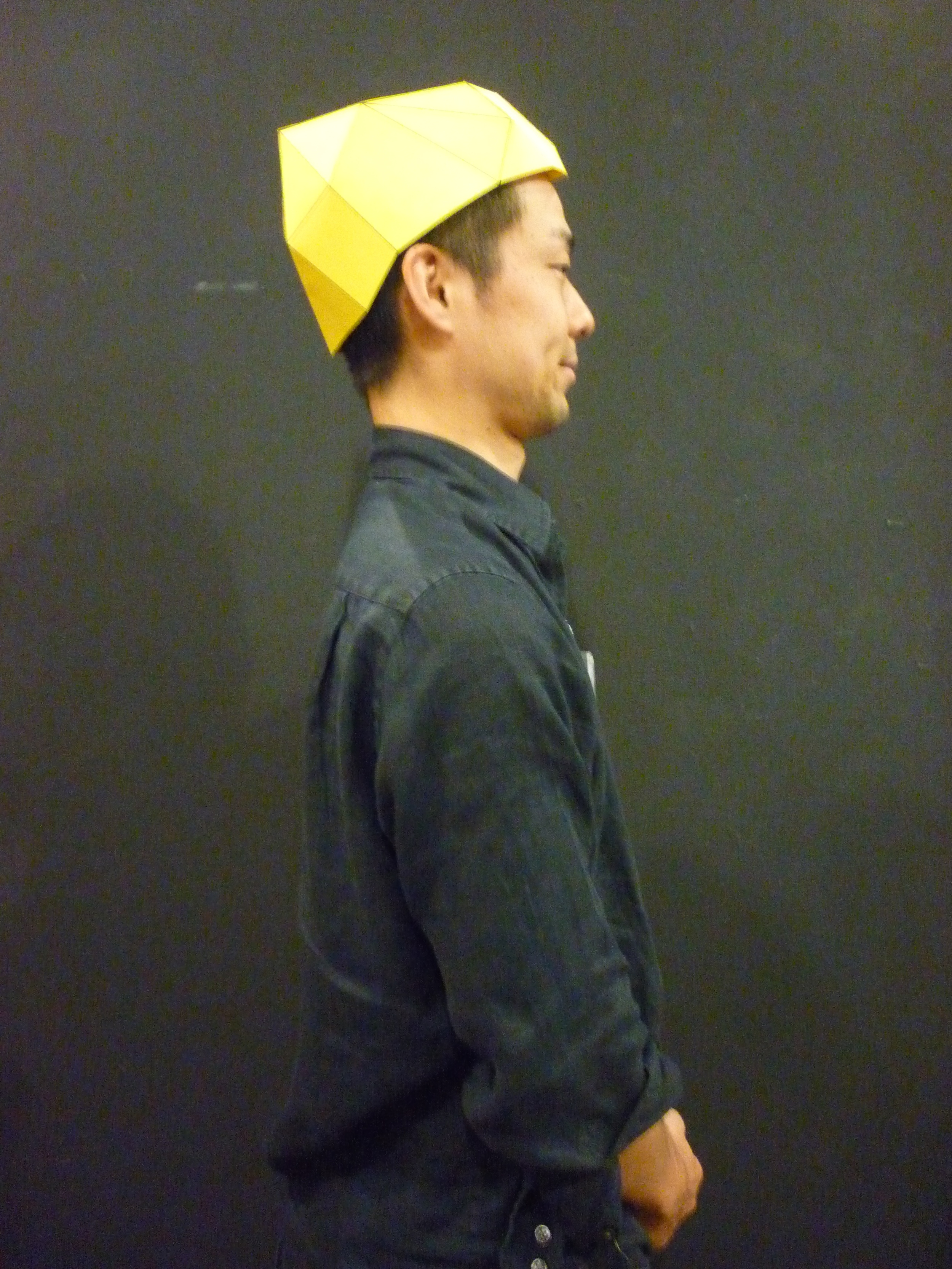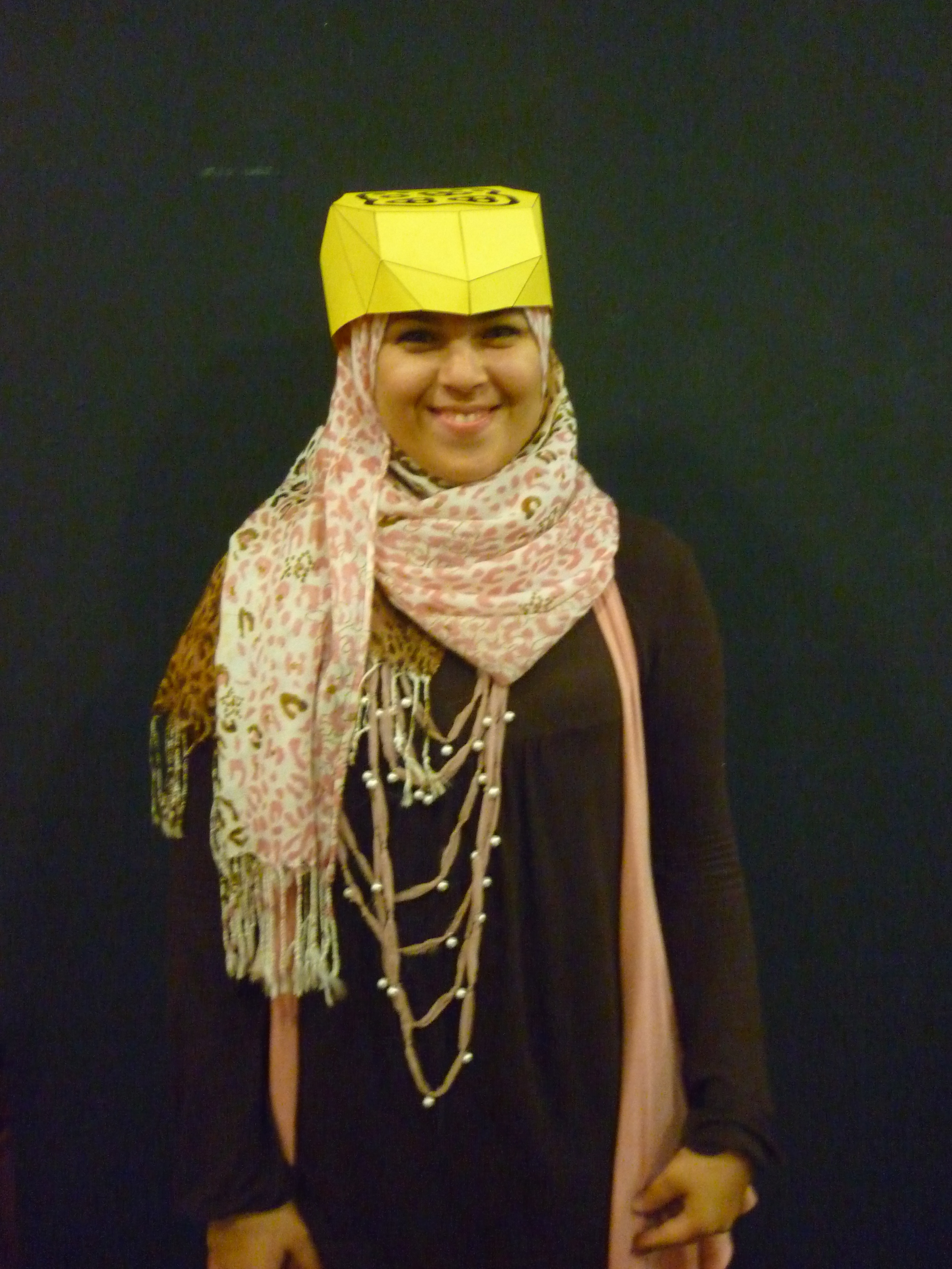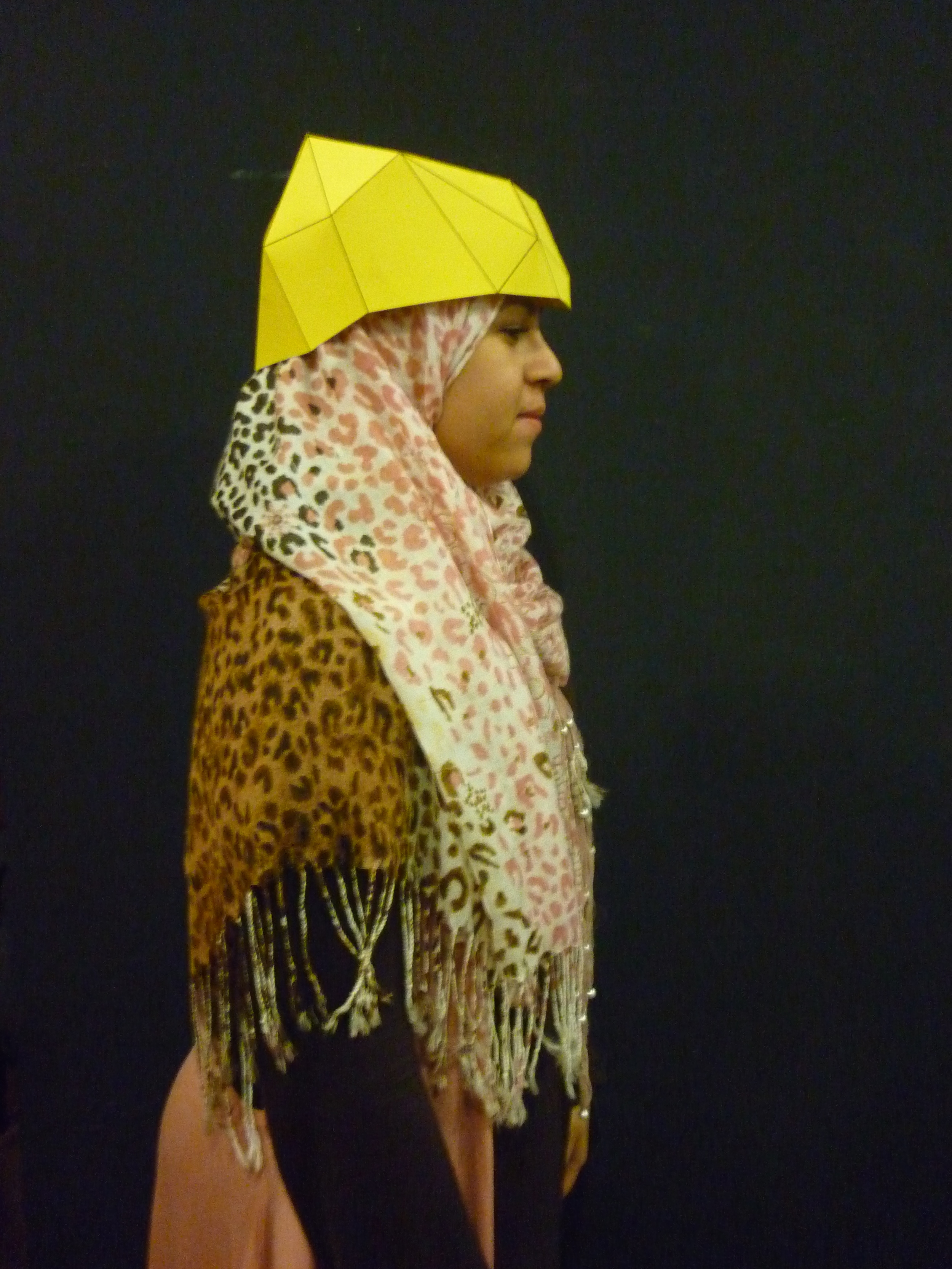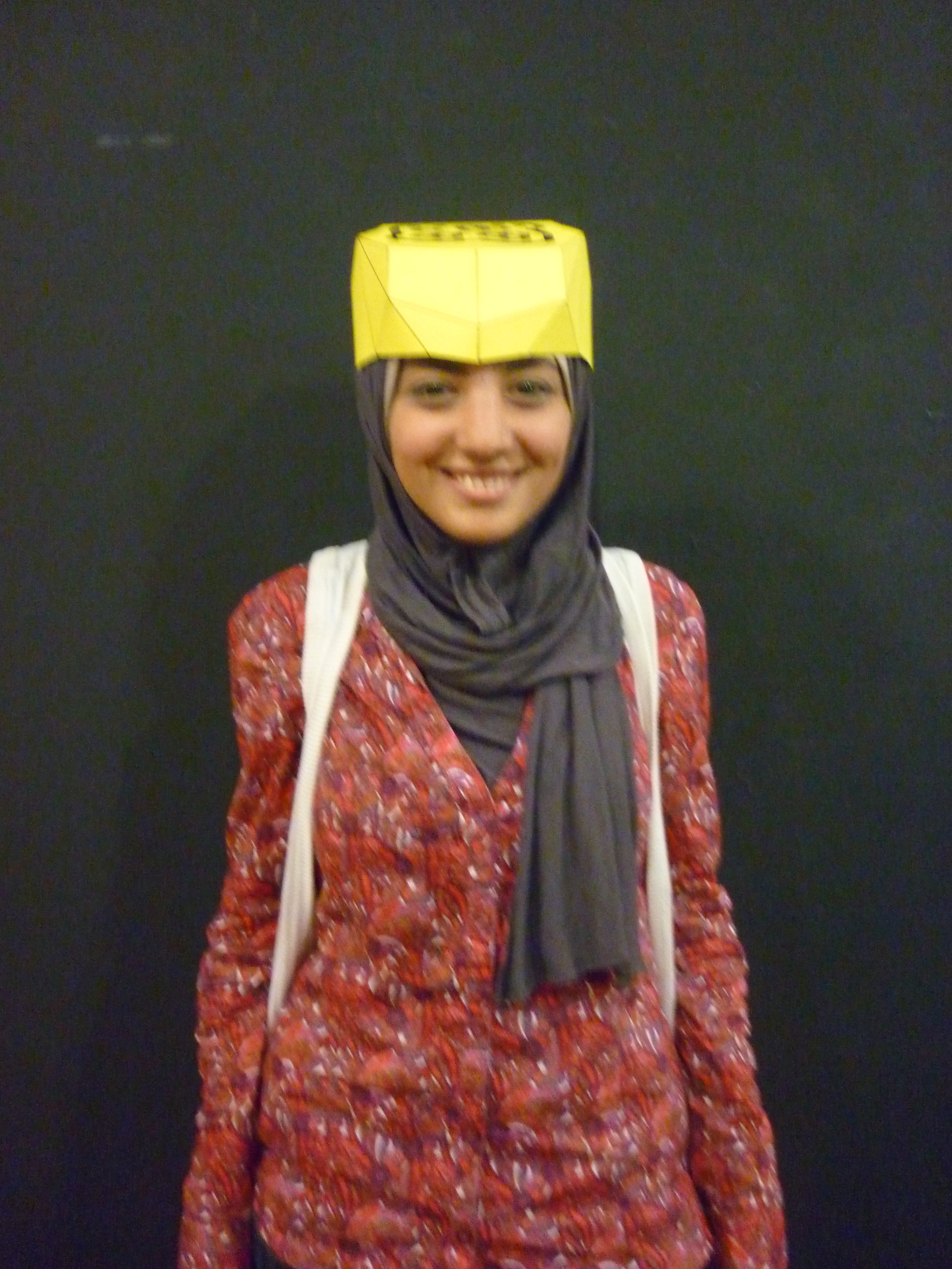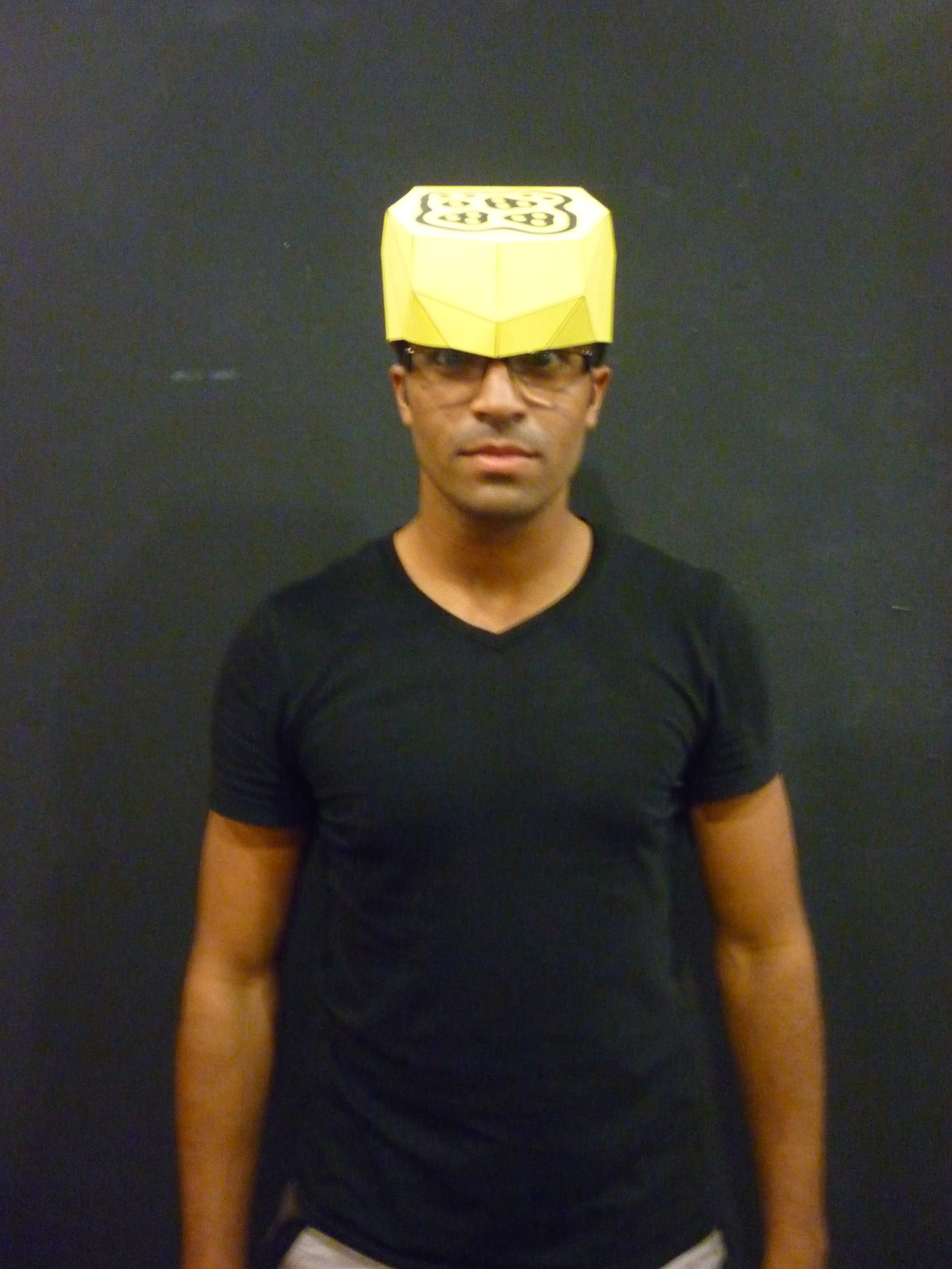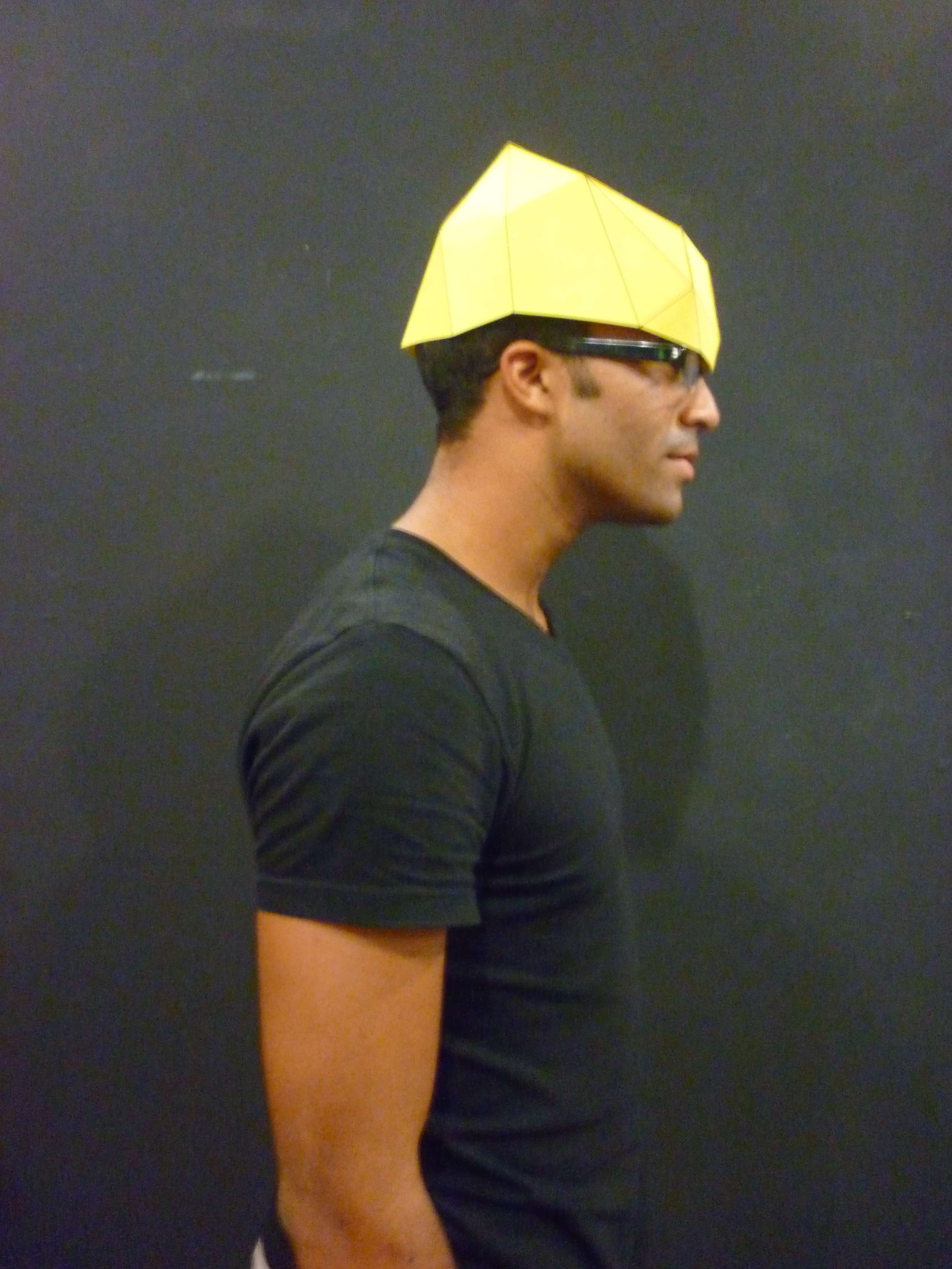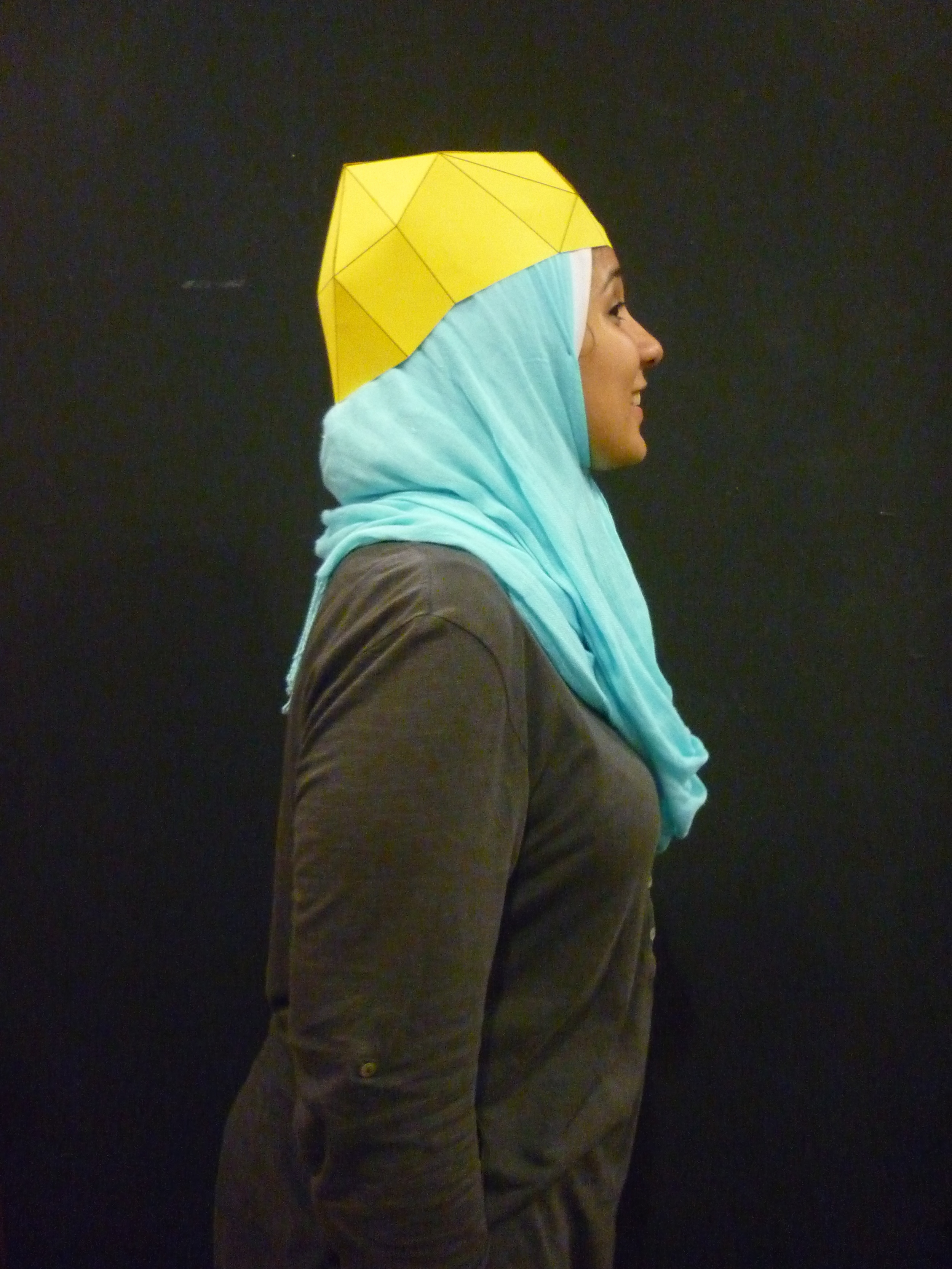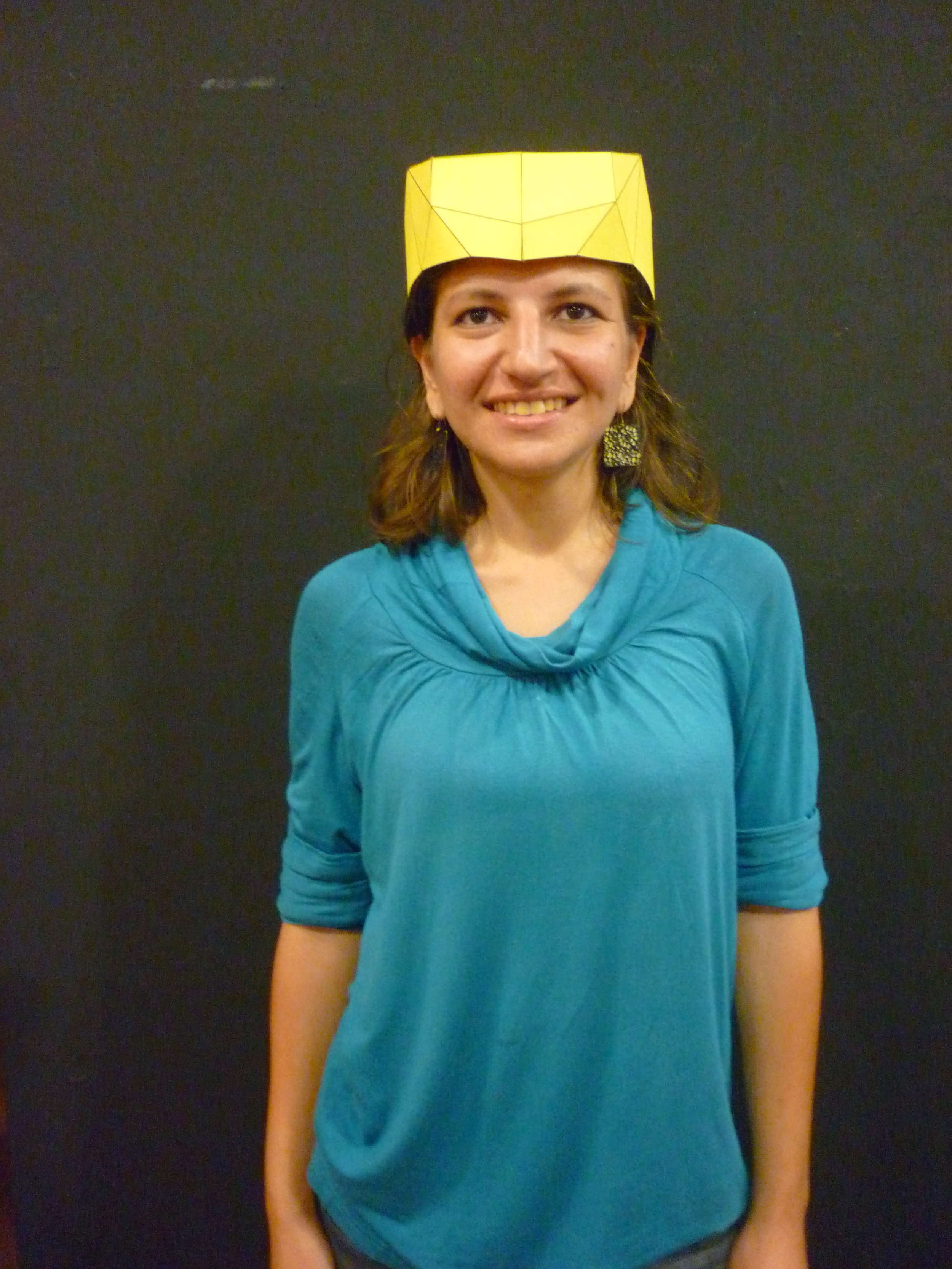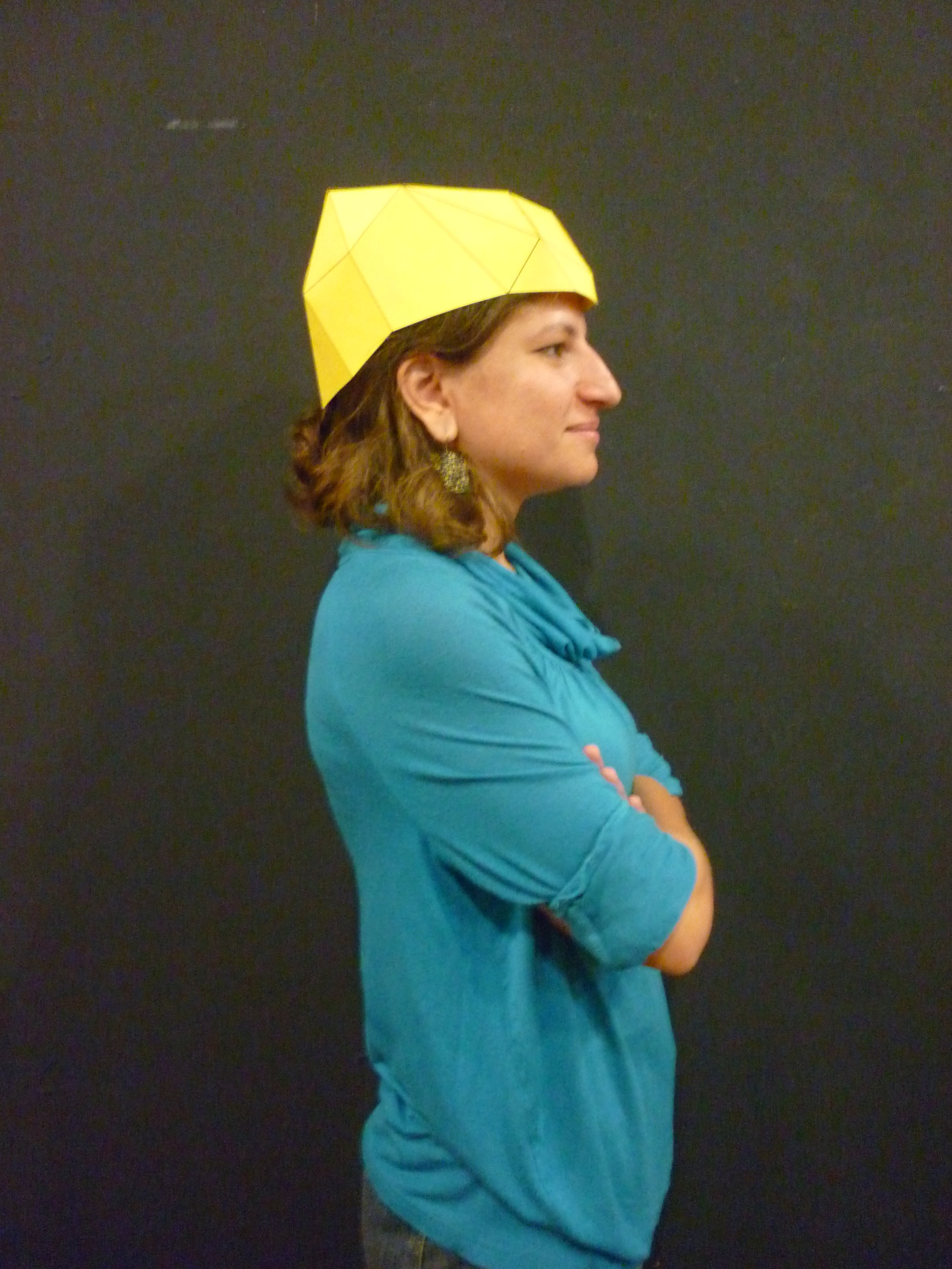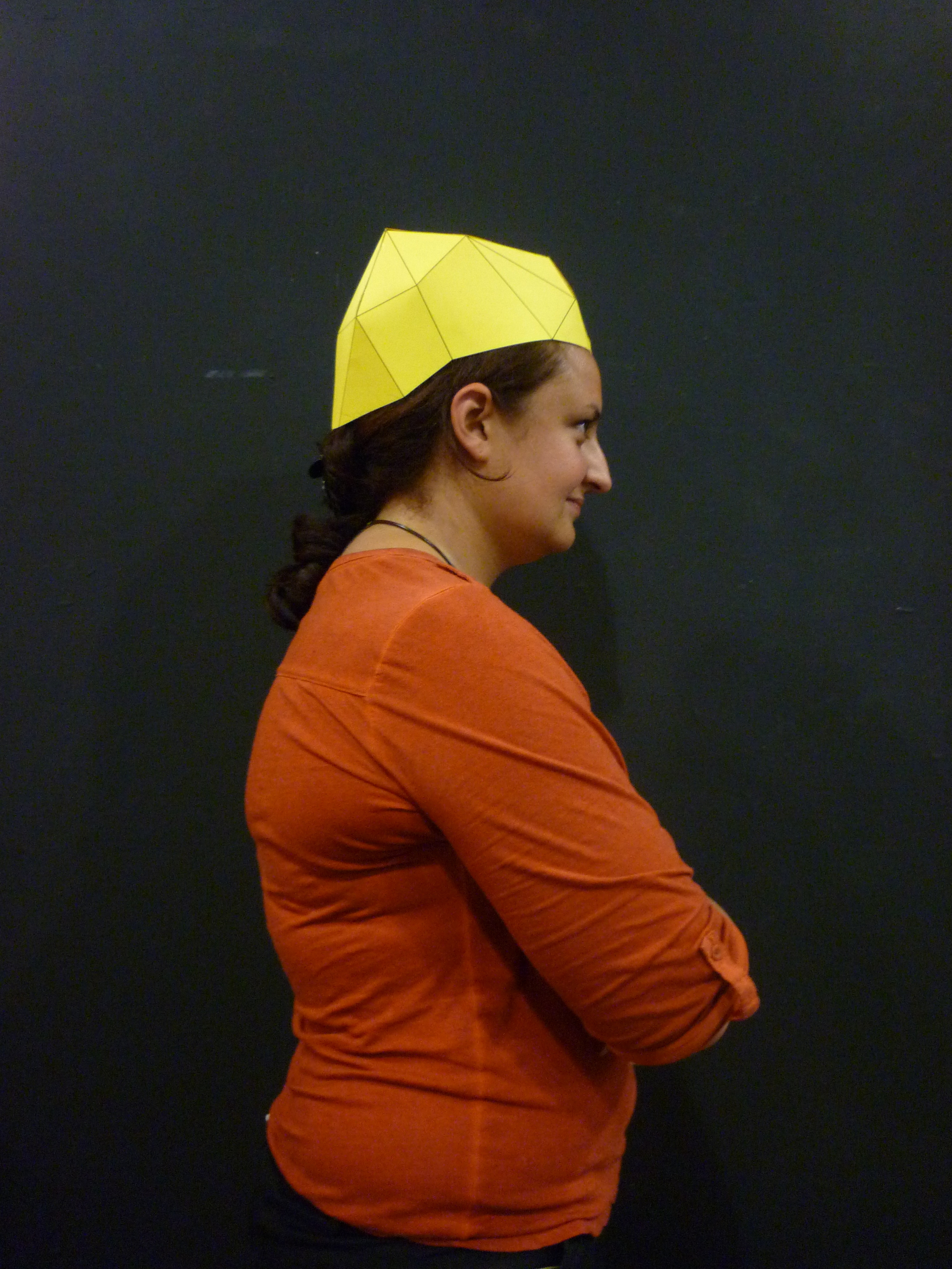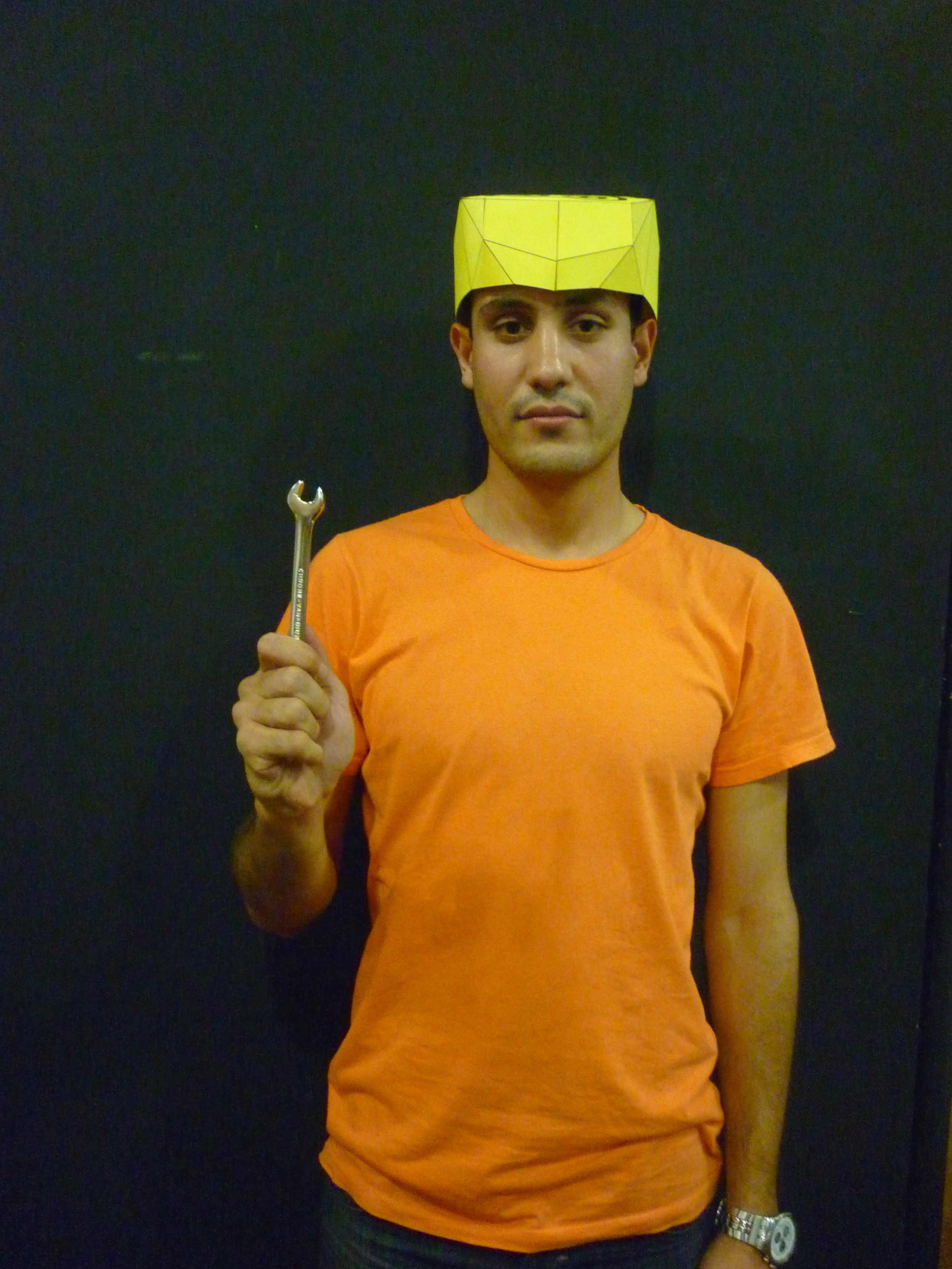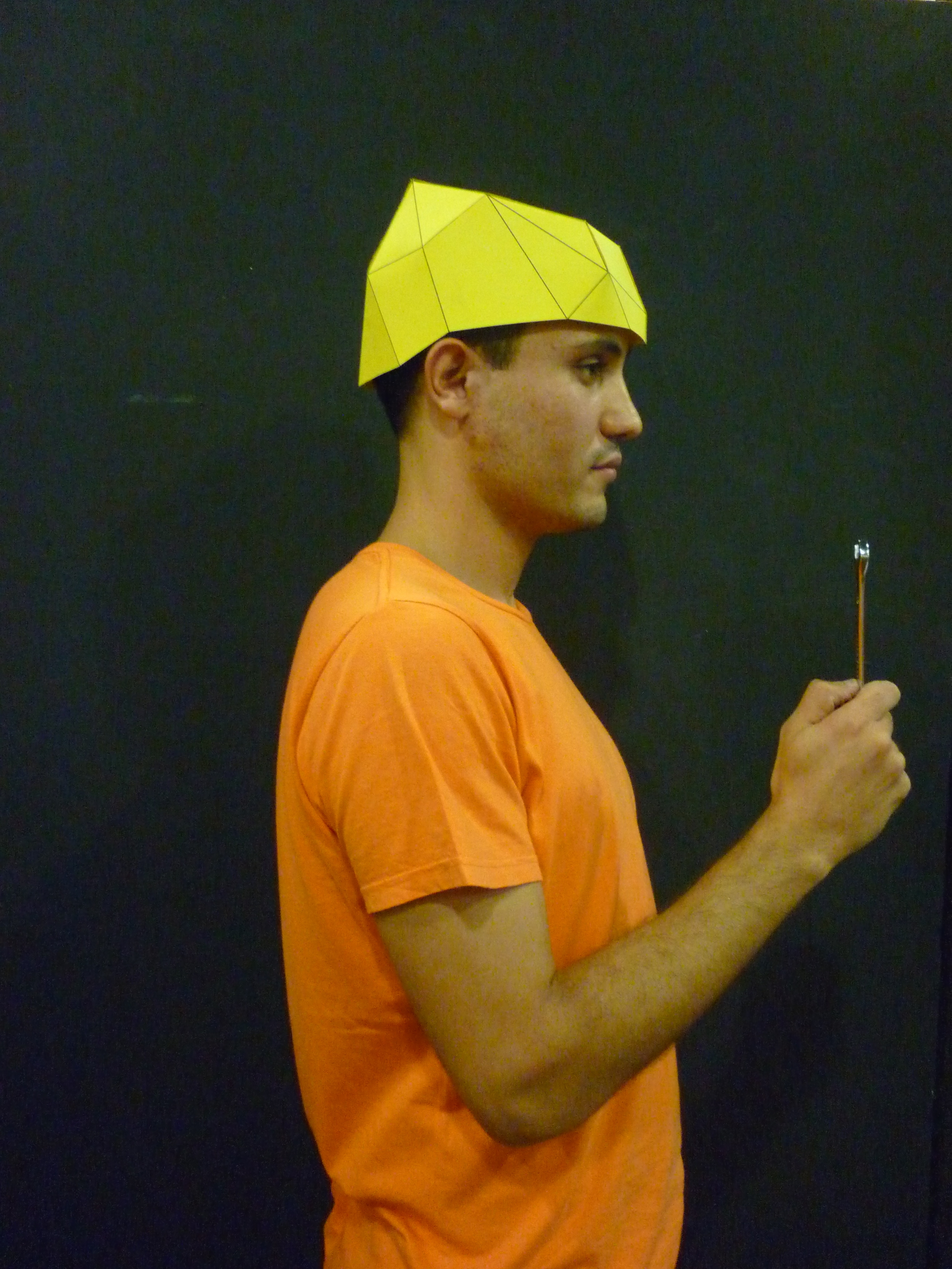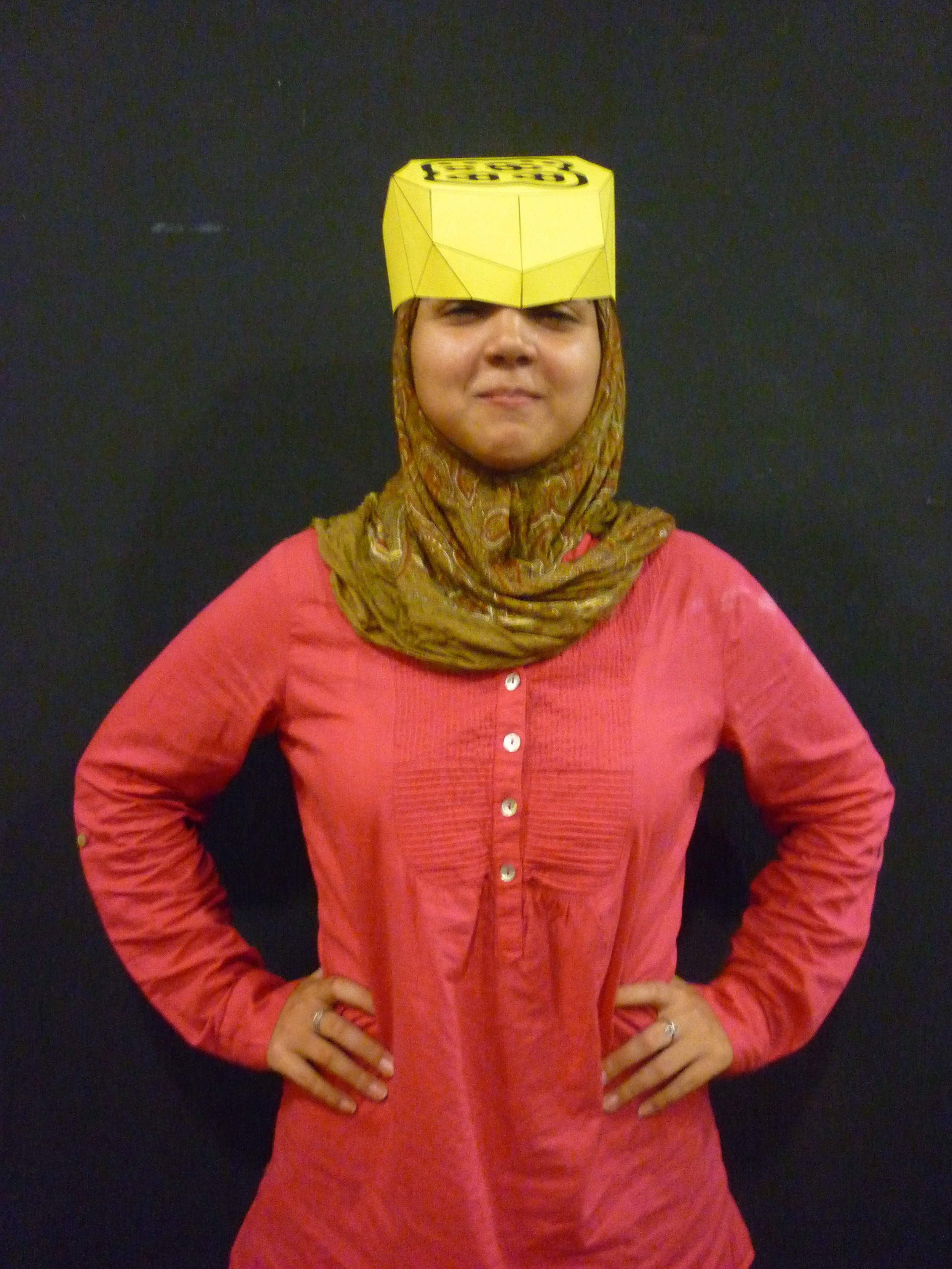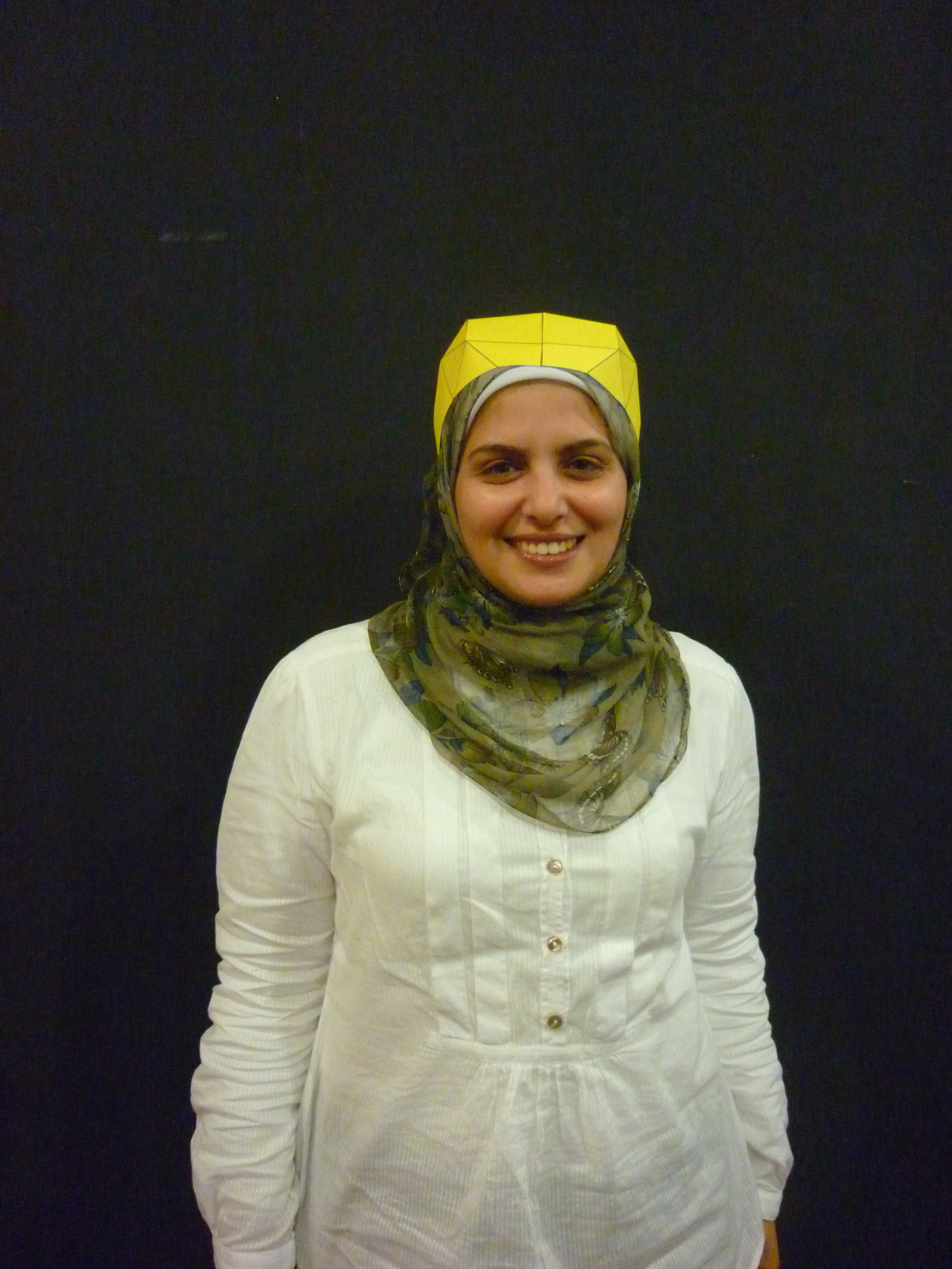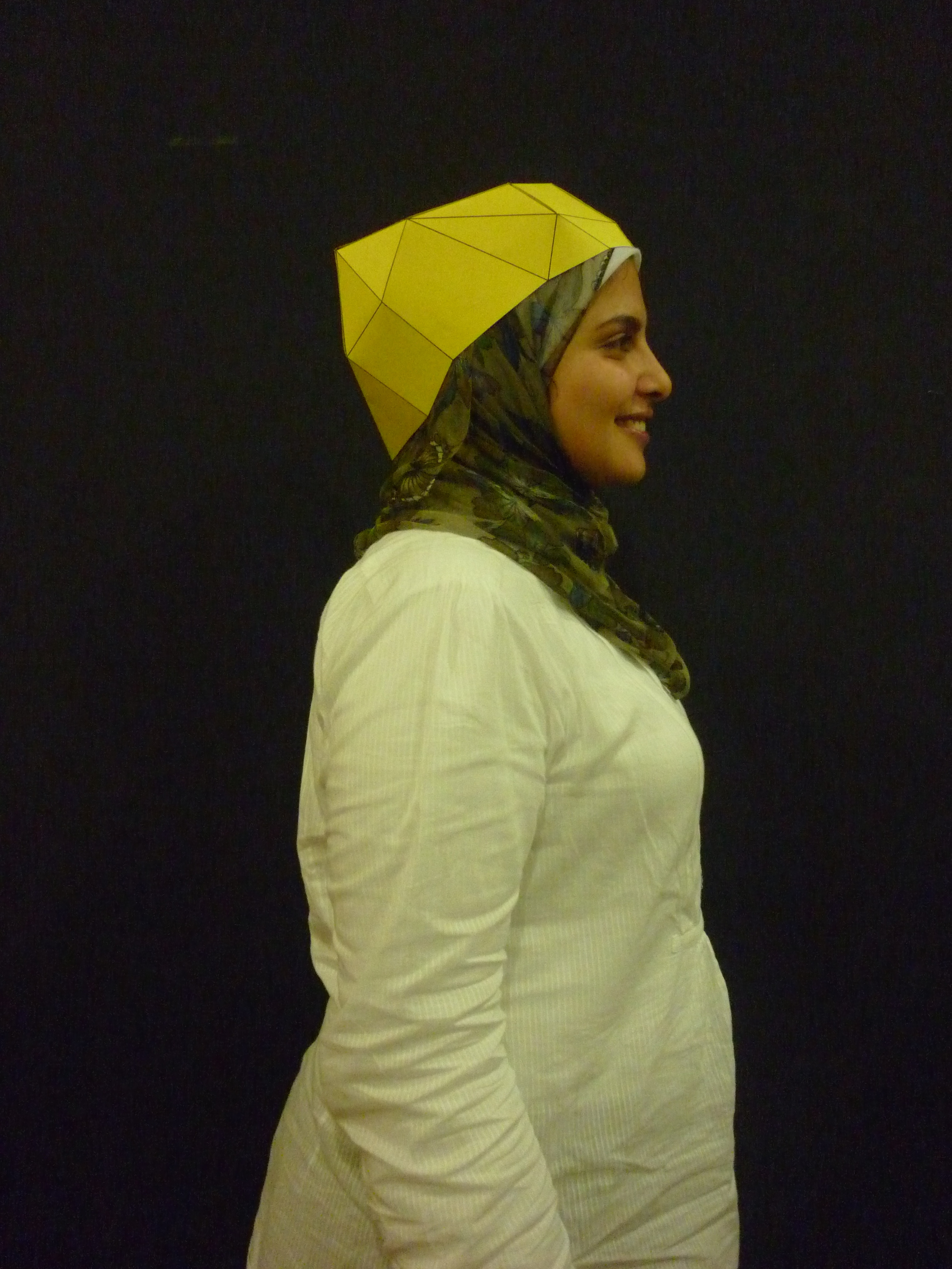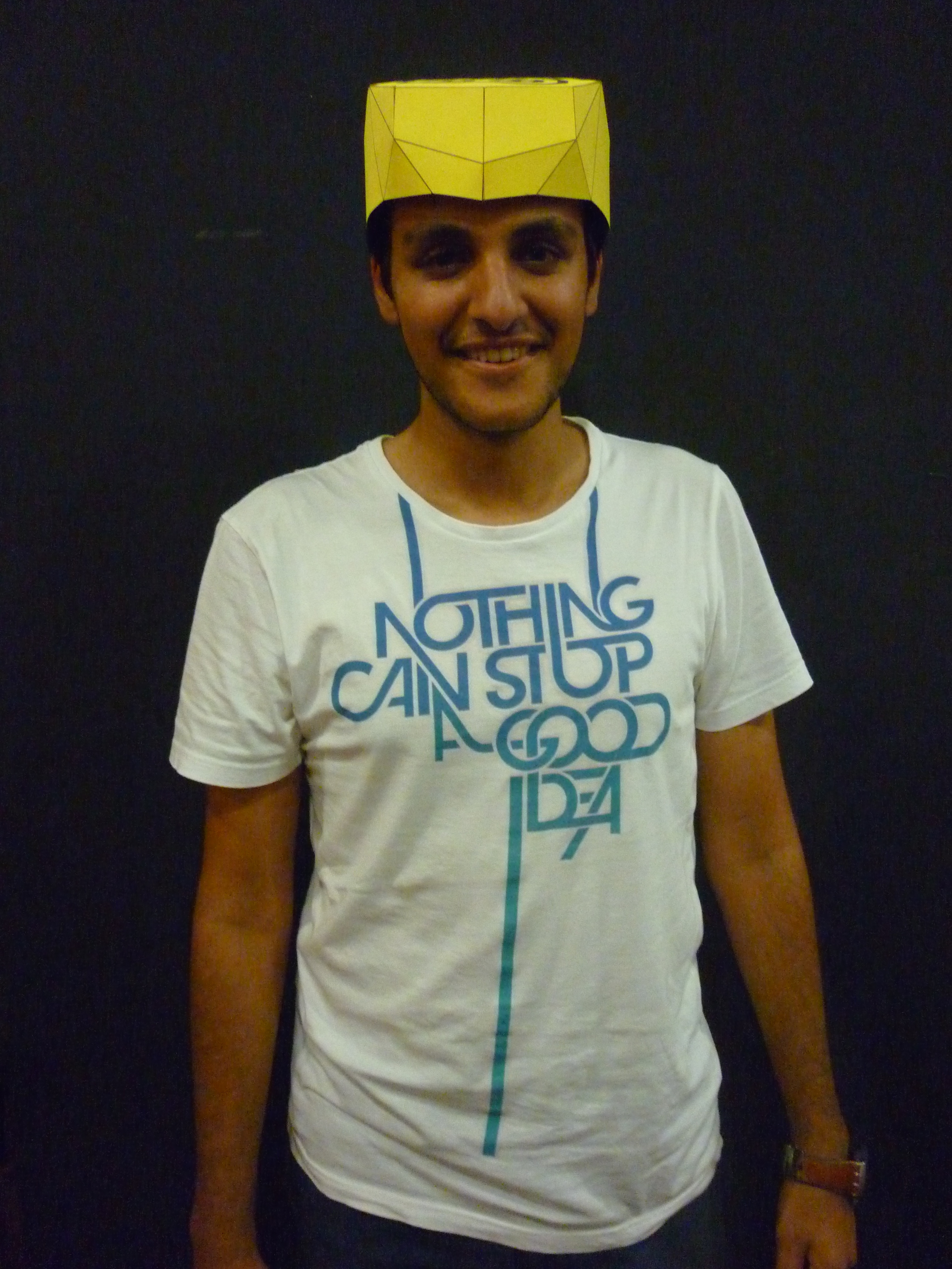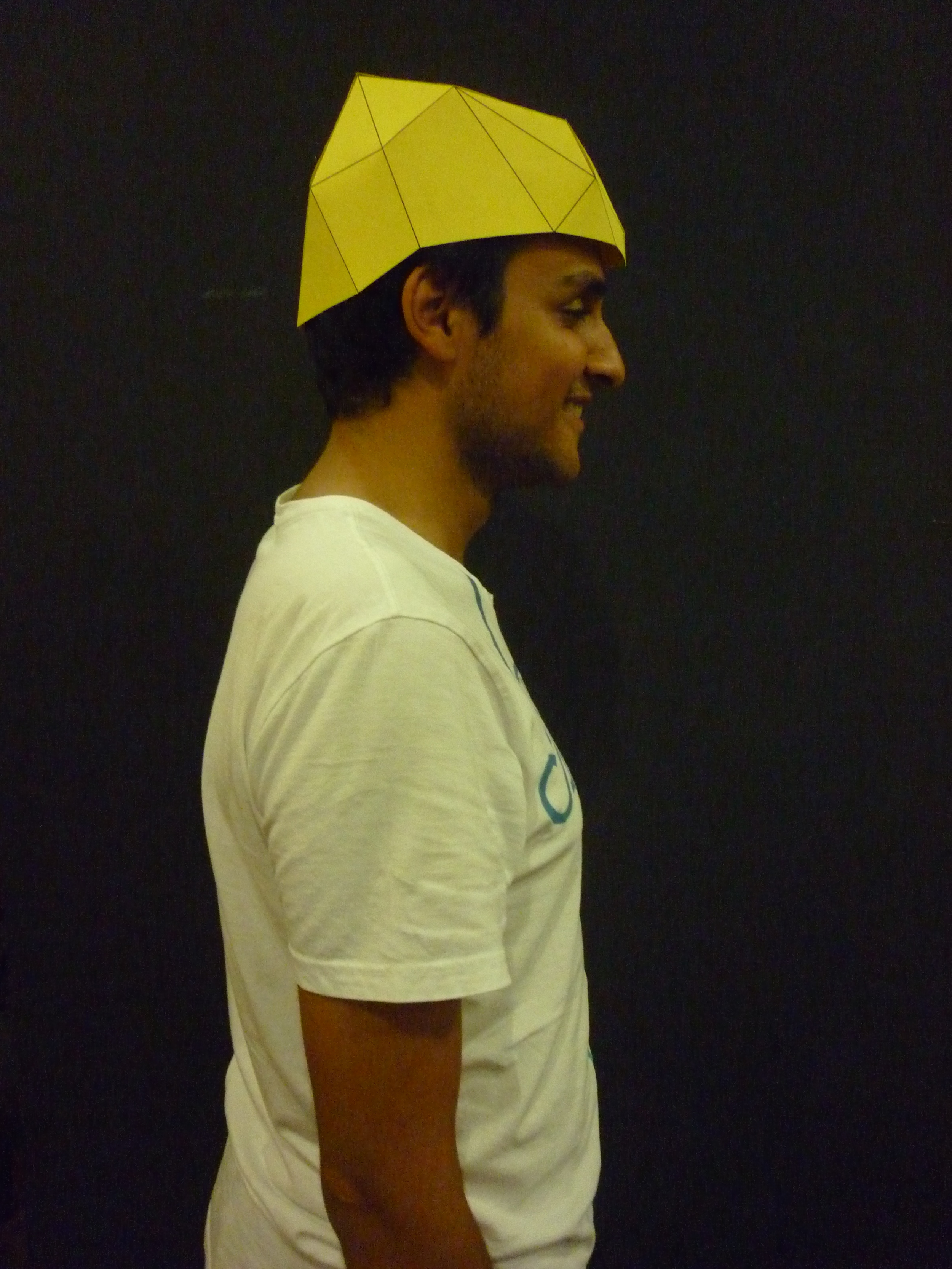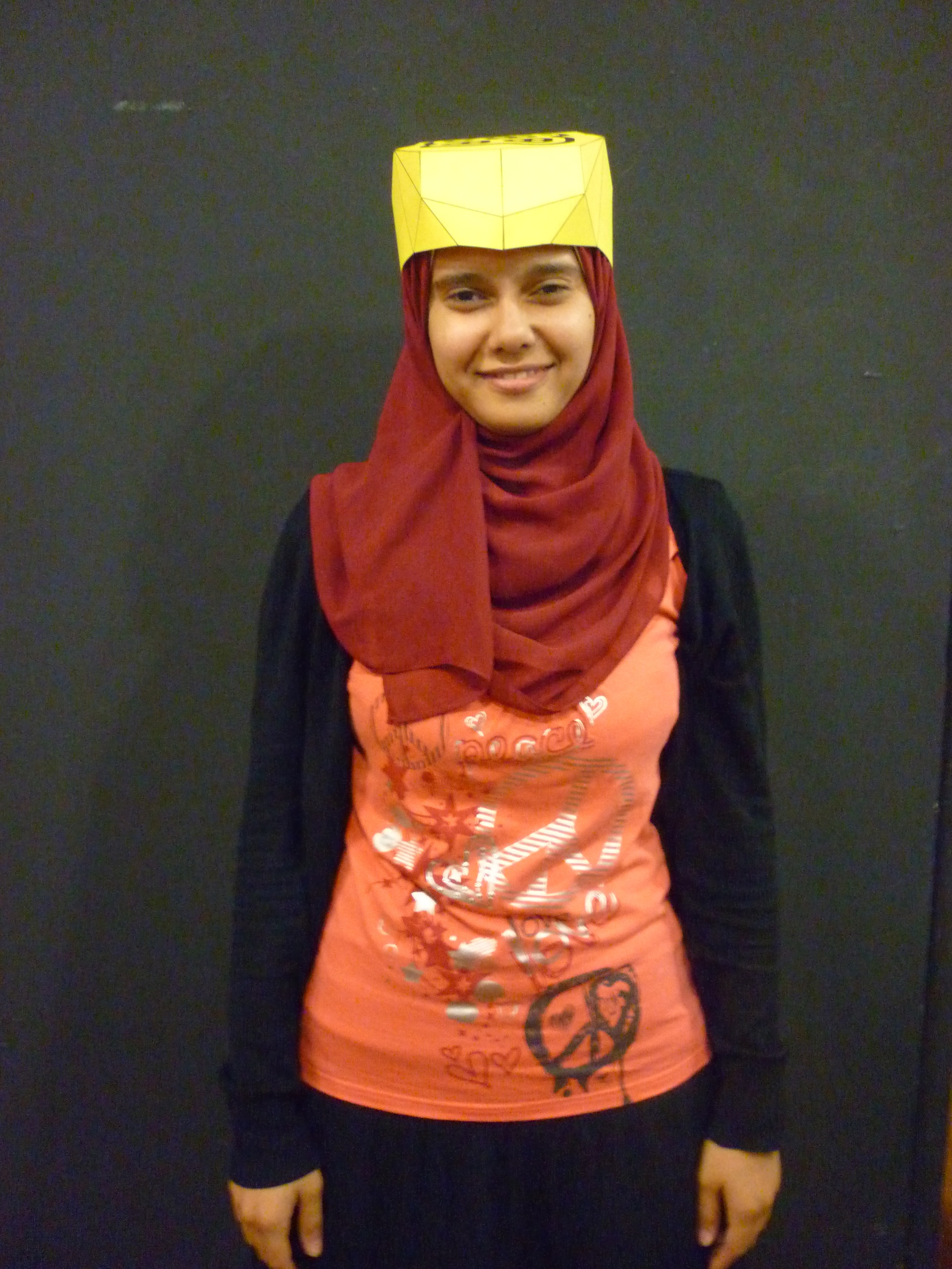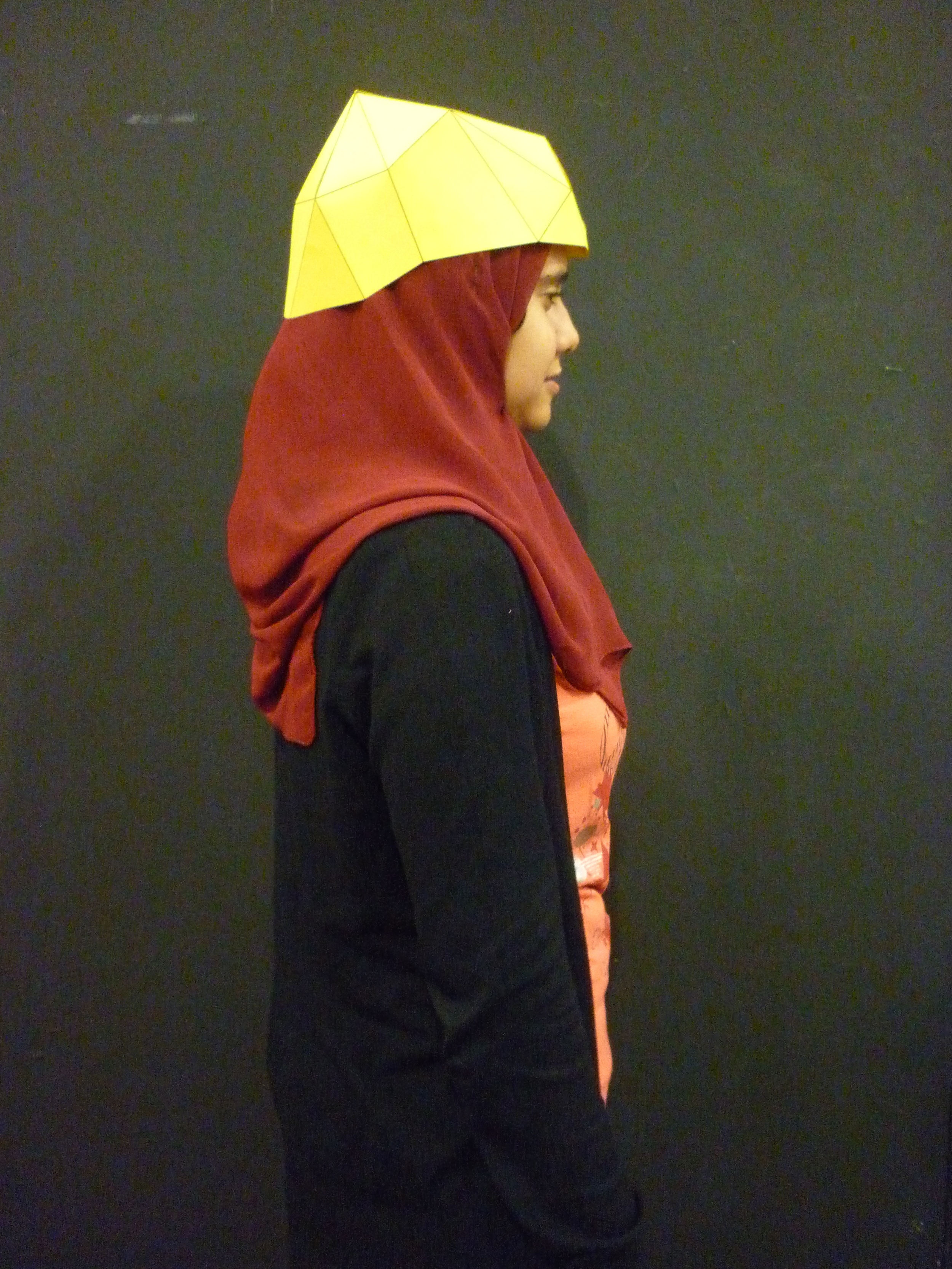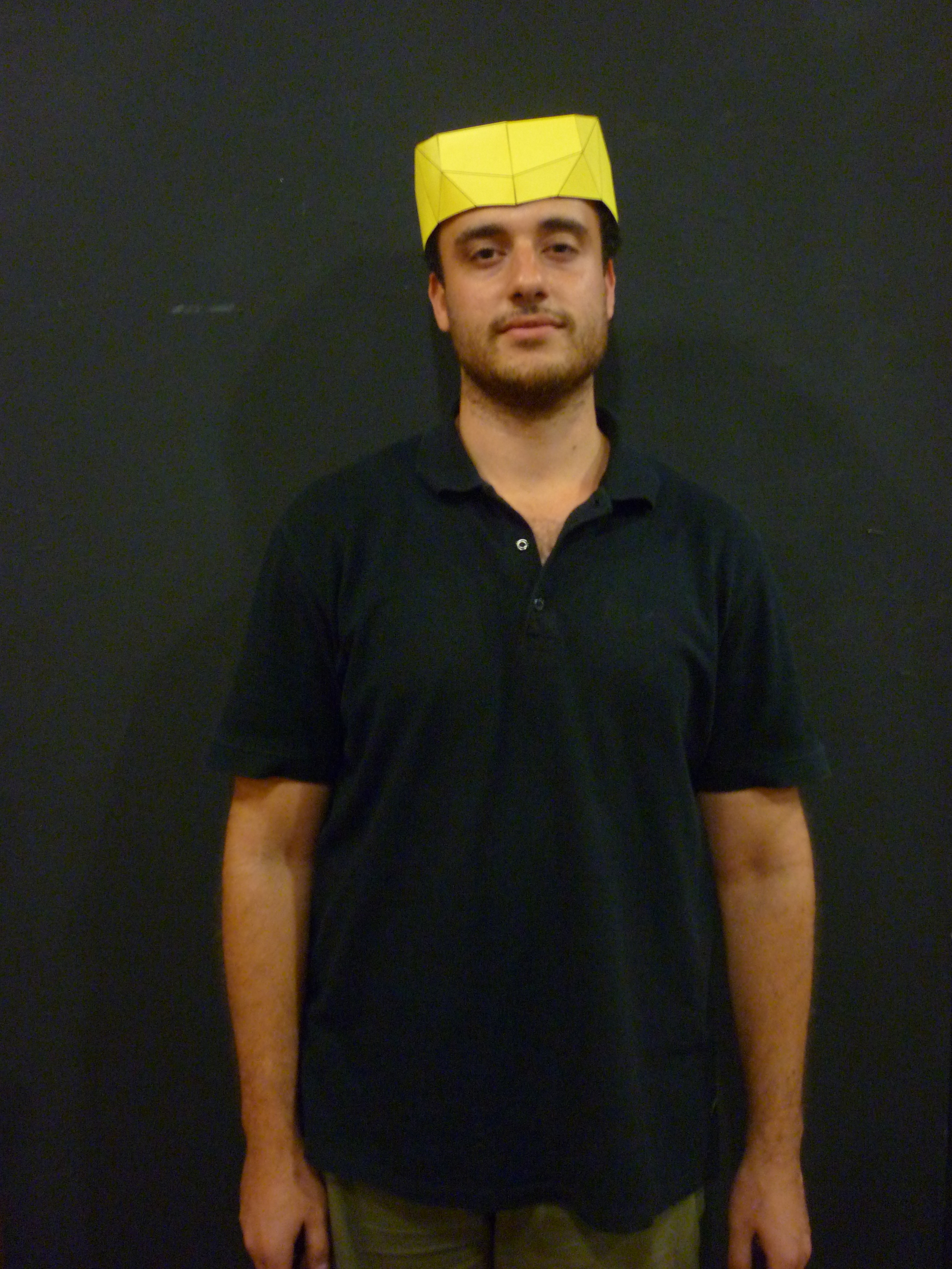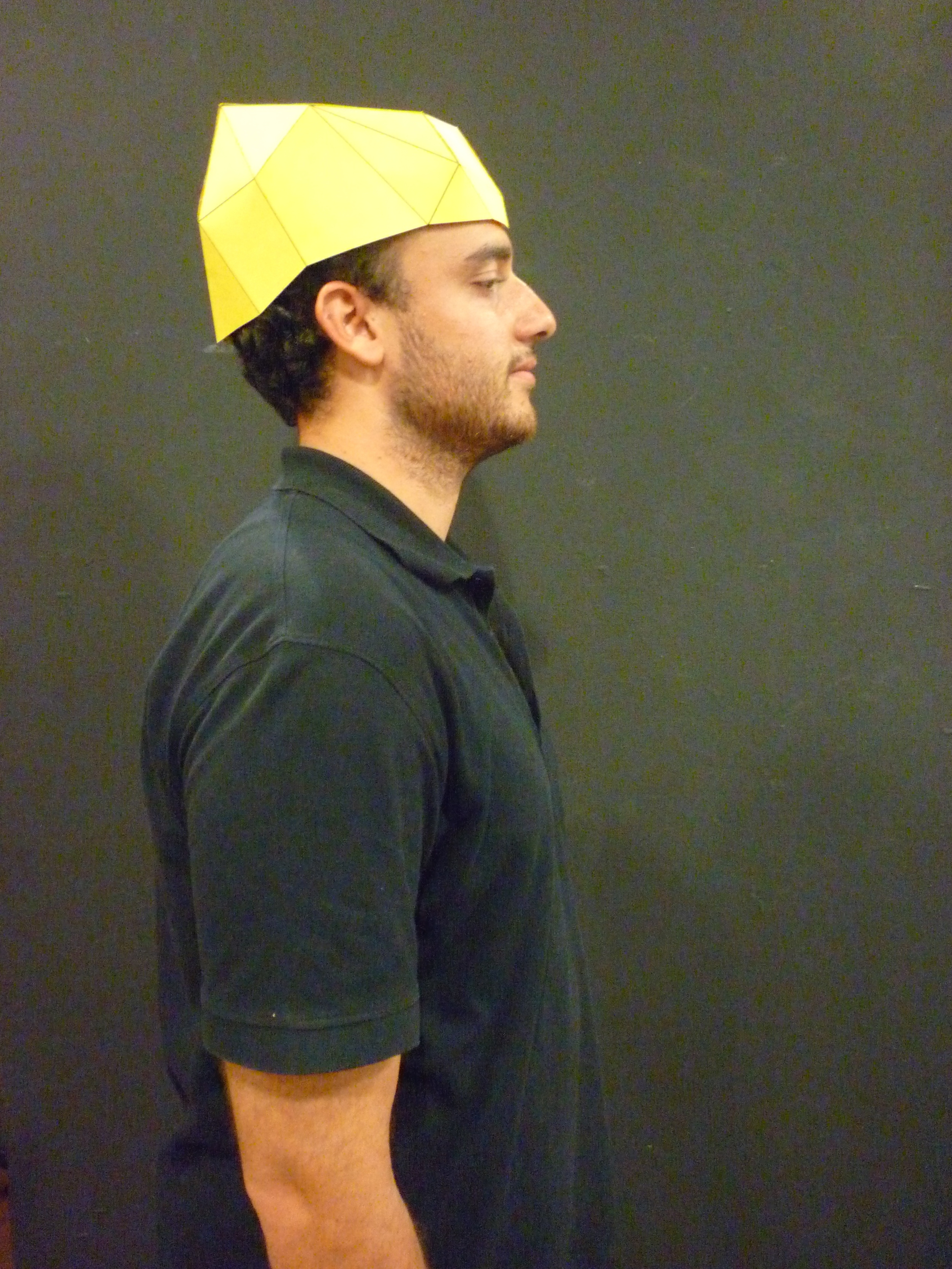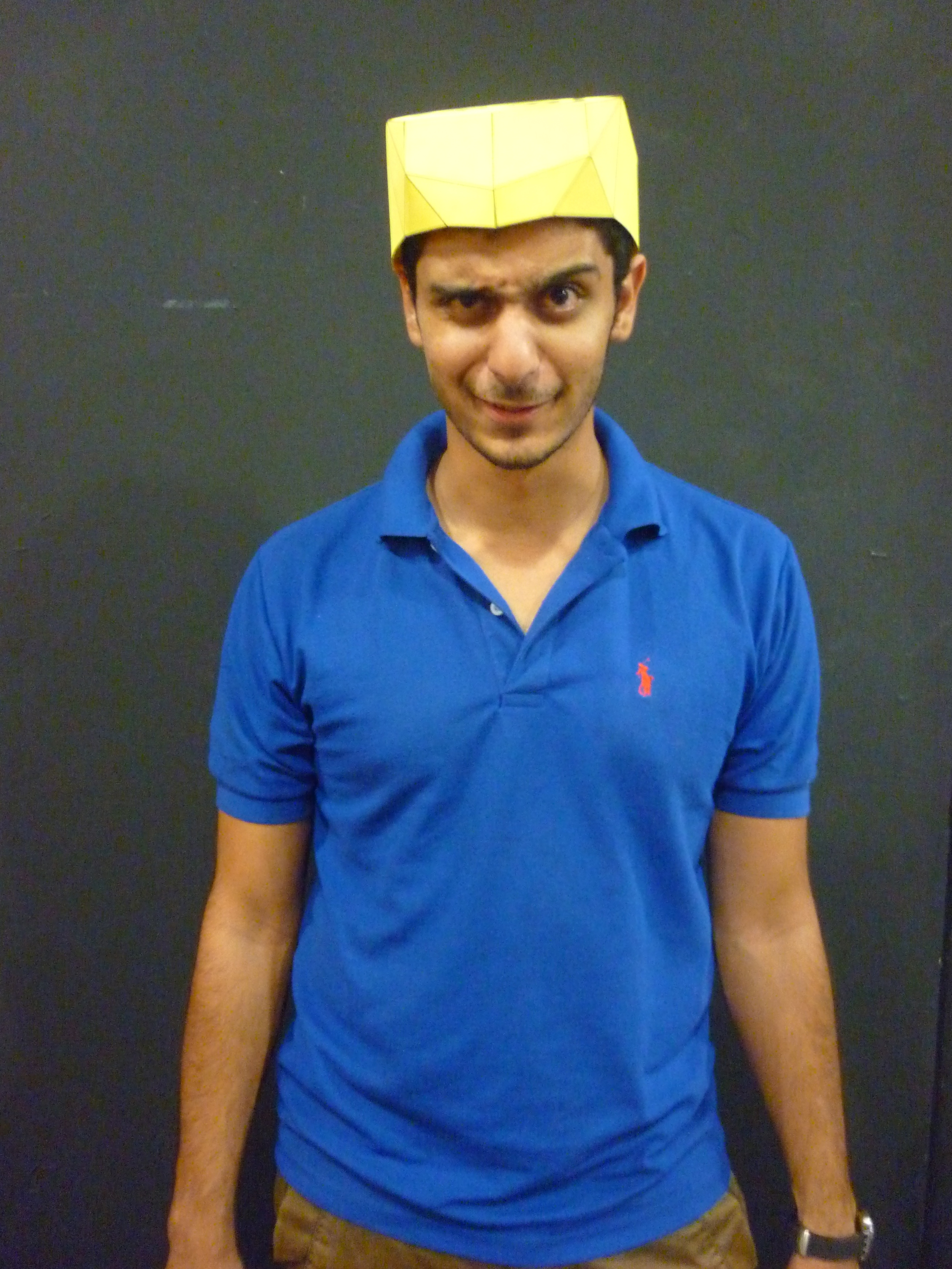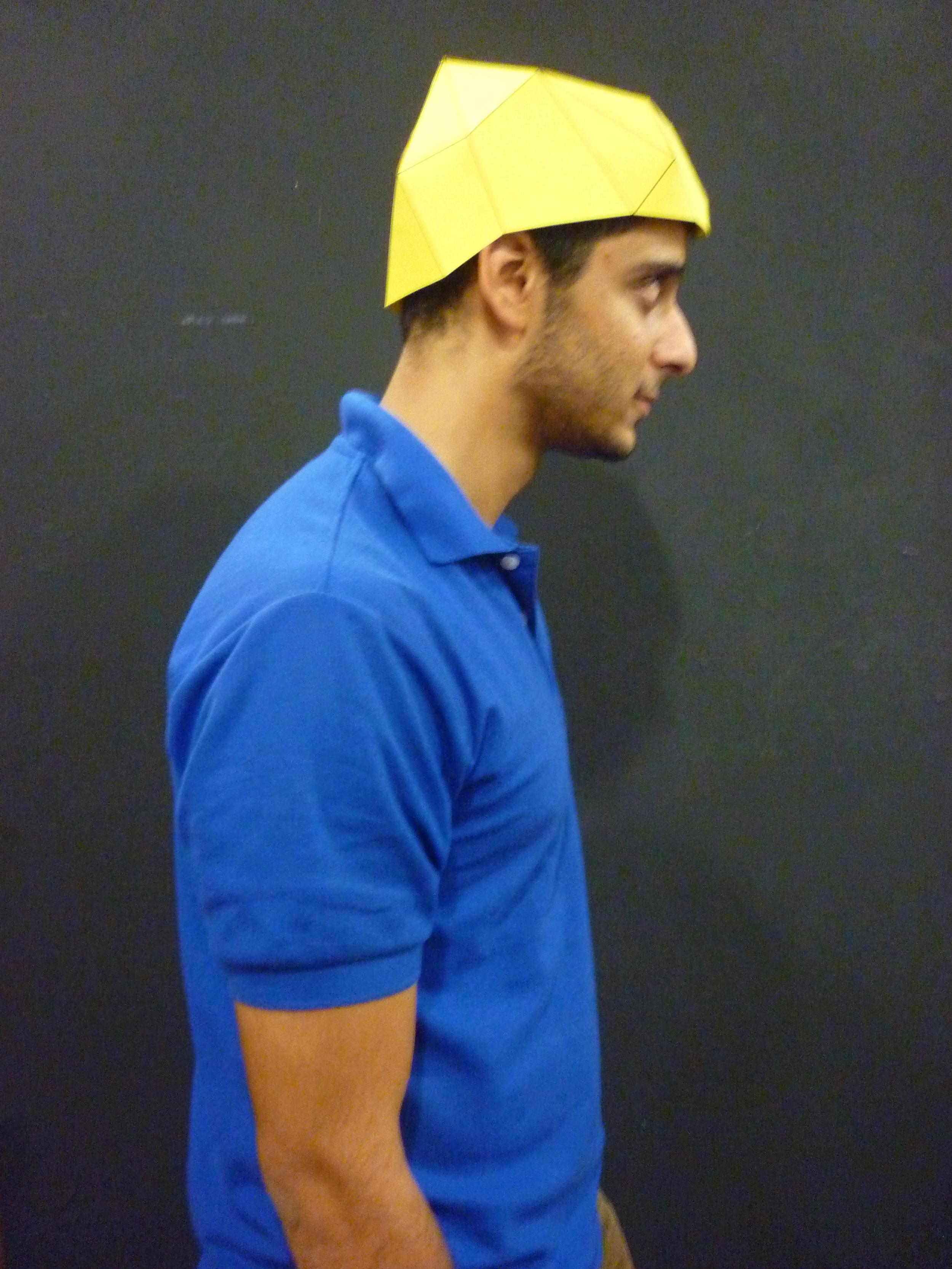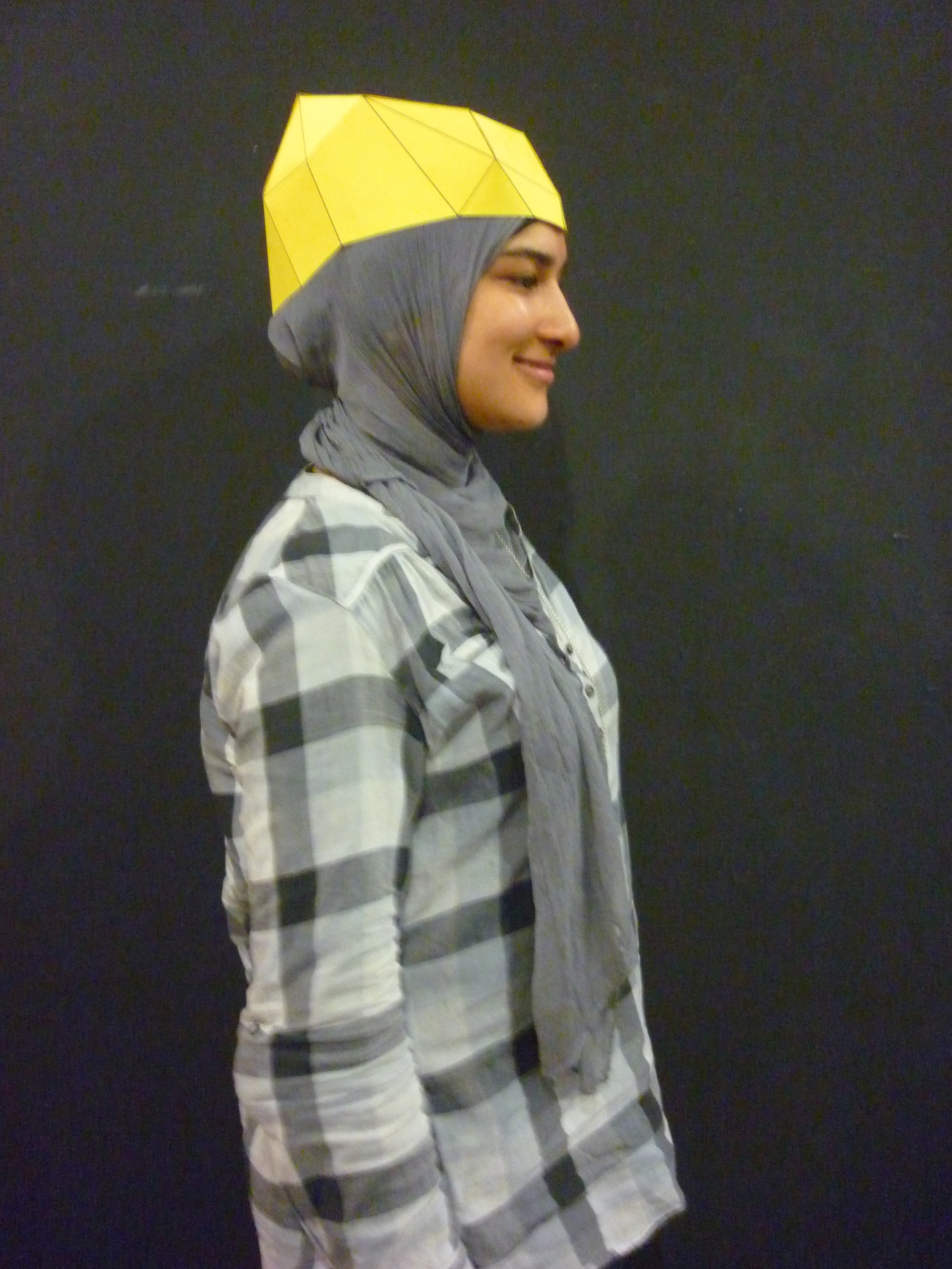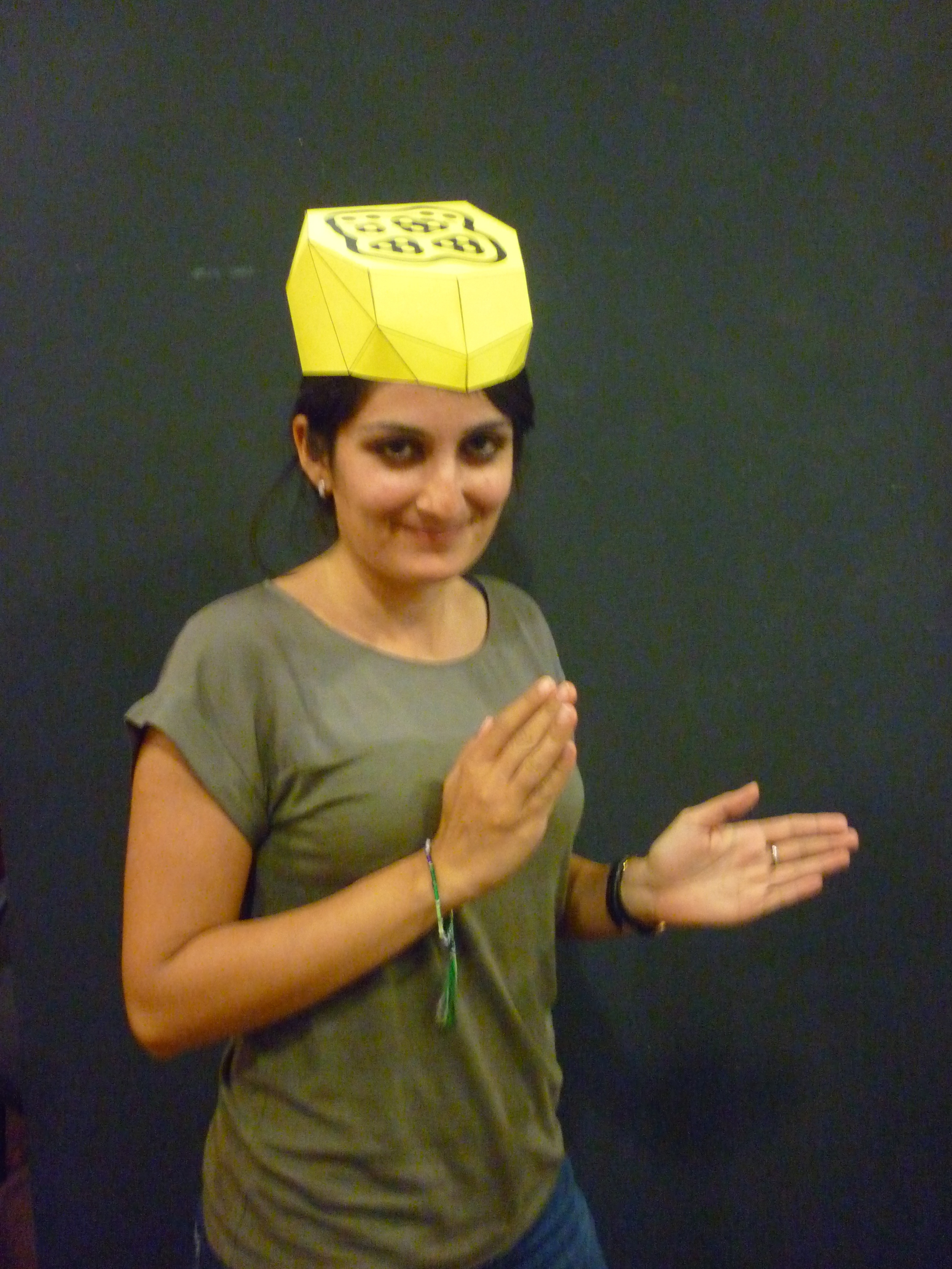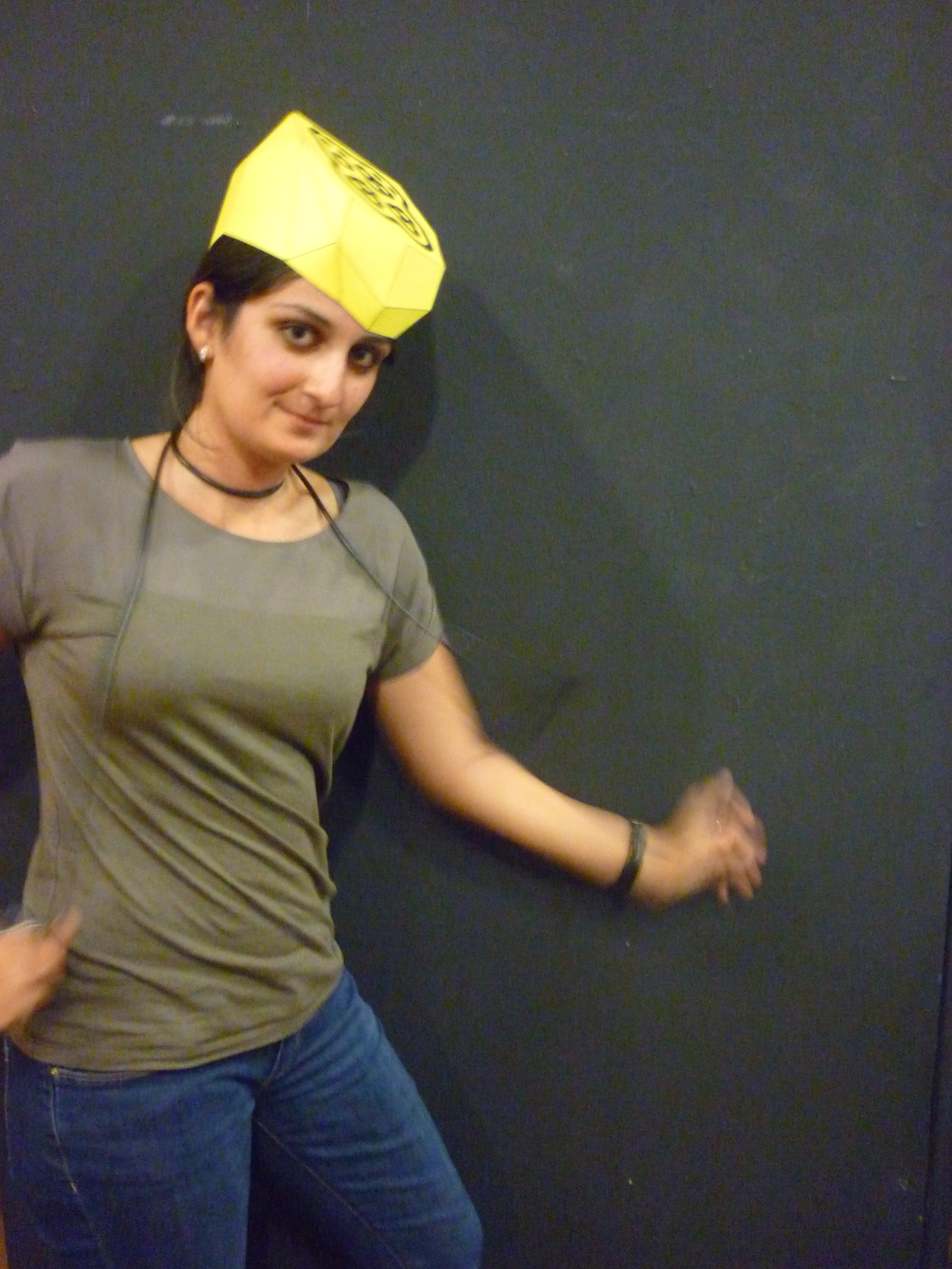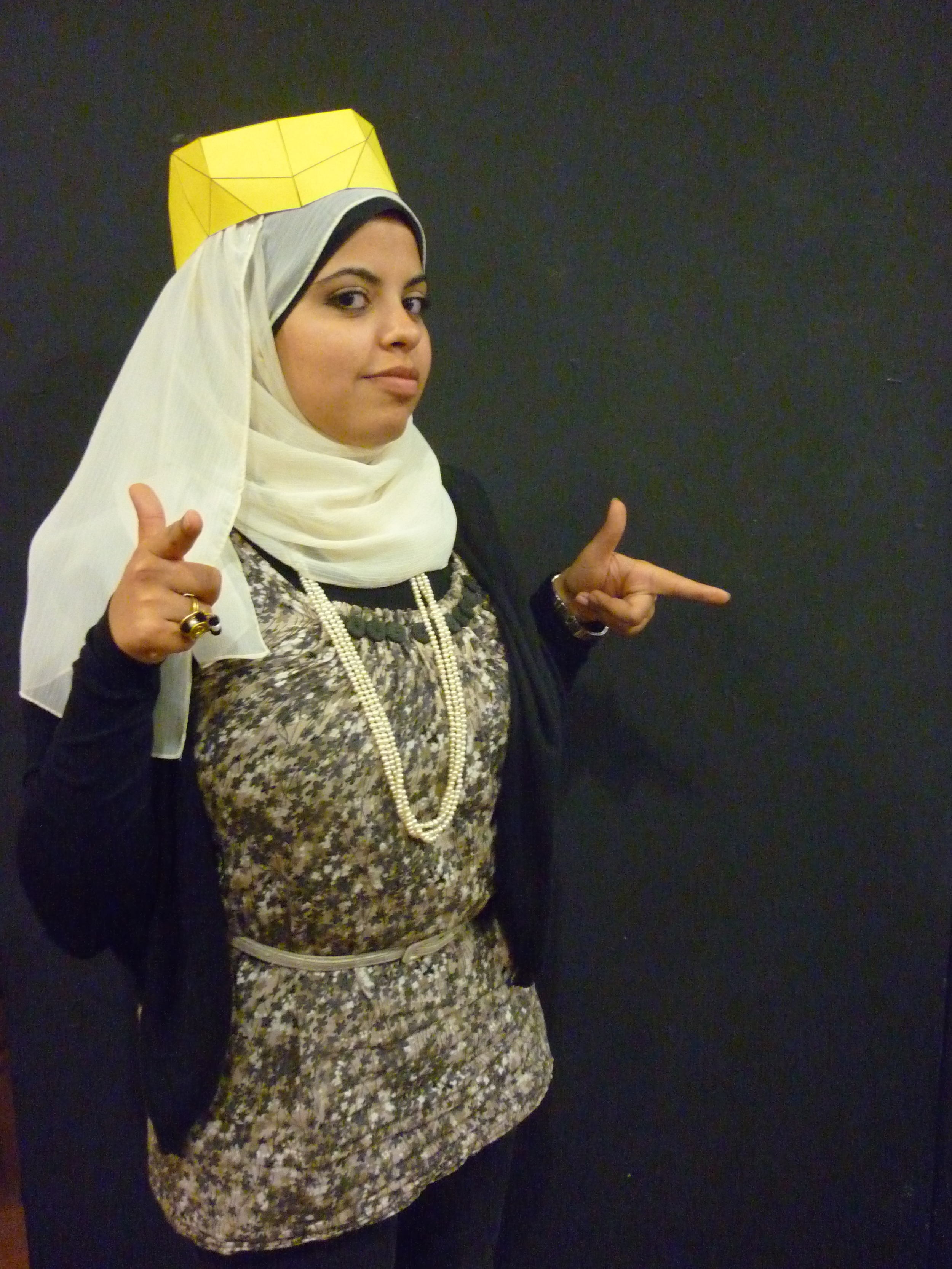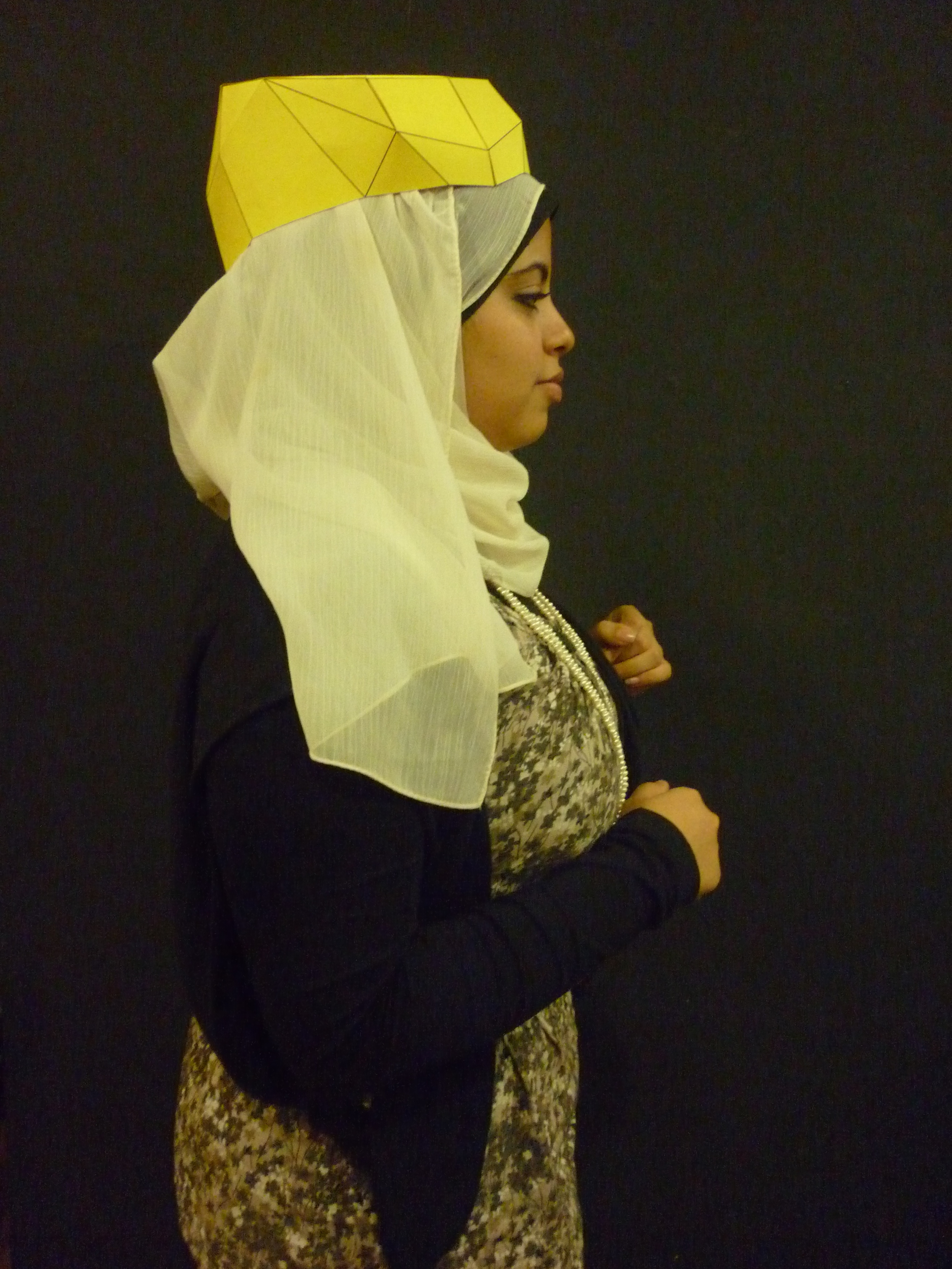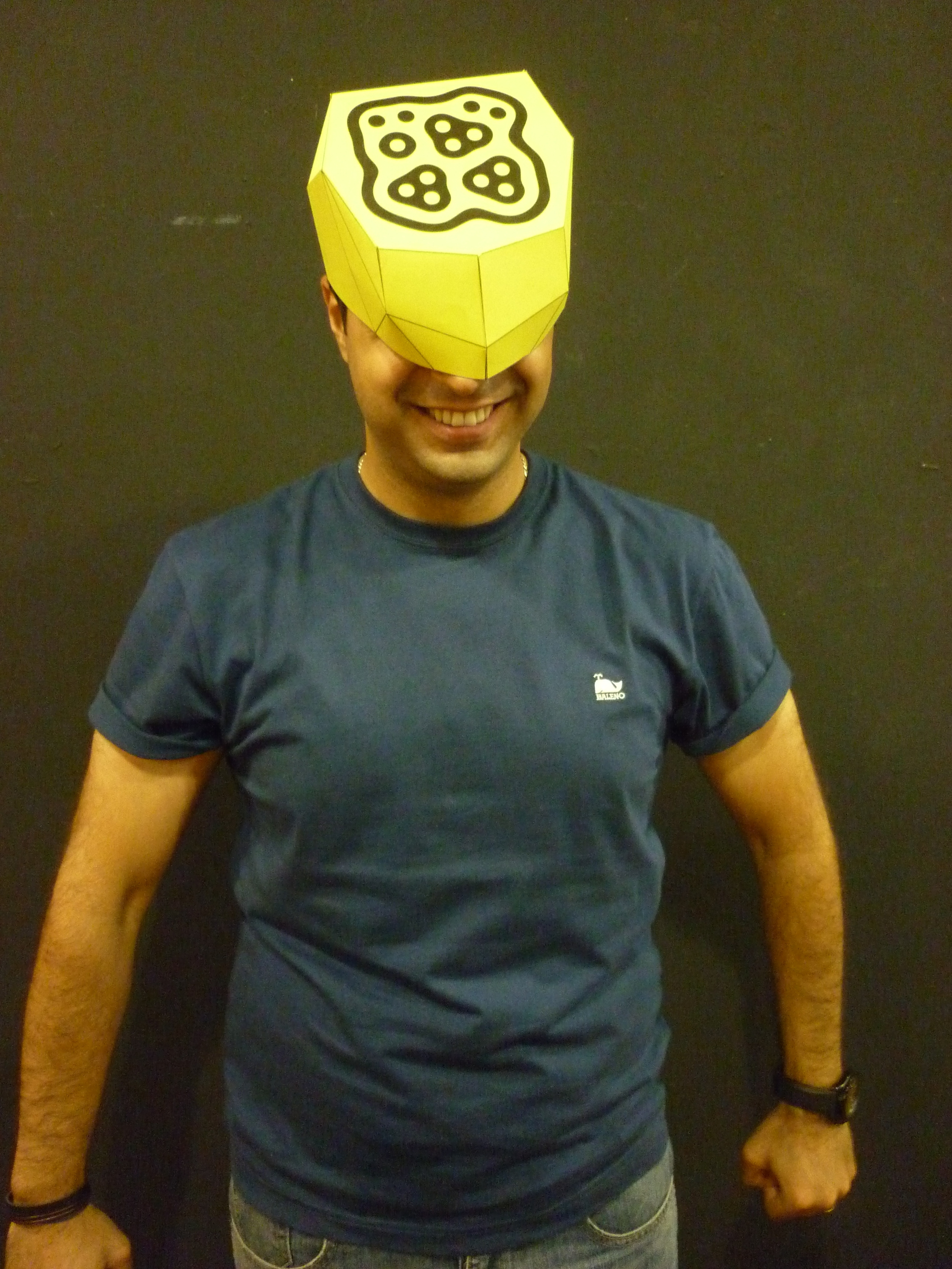HyperSpace dB
AA Alexandria Visiting School
Director: Merate Barakat
Tutors: Ahmed Abouelkheir, Ebtissam M. Farid, Ali Farzaneh, Kensuke Hotta, Mohamed Zaghloul, and Rana Zureikat
Hosting Institute: Bibliotheca Alexandrina
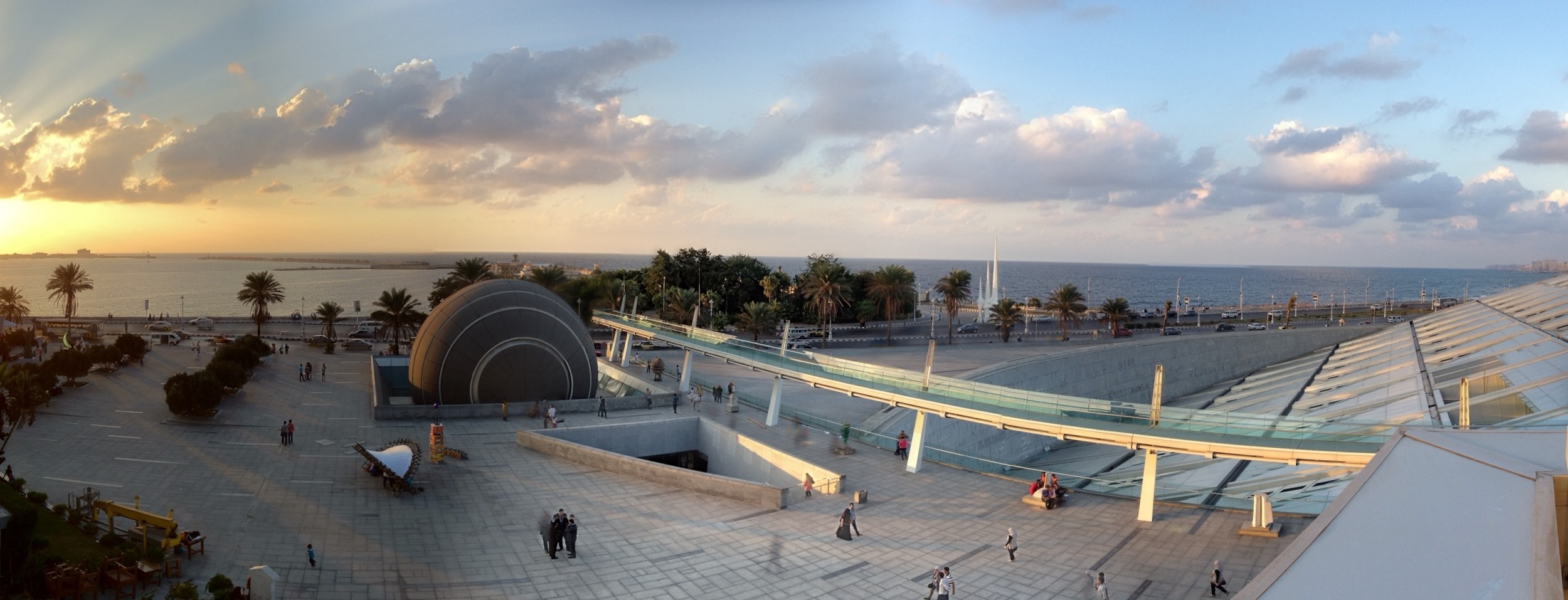
Image by Ali Farzaneh
Egypt has always been a magnet for scholarly visitors from all around the world. Greek, Roman, Christian, Arab, Ottoman, French, and English cultures are but some of the cultures that have intermingled the Egyptians’ character. This progression from westernized cultures to eastern, and back, has created a unique sonic quality for Egyptian cities. Moreover, Alexandria, ‘The Pearl of the Mediterranean’, is a unique Egyptian city known for its history, and charm. The city is the second largest city in Egypt, and has a long history of being the beacon of knowledge and art in the region. The AA Alexandria Visiting School aims to extend technological and digital techniques from research conducted at the Architectural Association School of Architecture, to the centre of the Middle East.
HyperSpace dB is a workshop that focuses on the challenges of an acoustic design vignette using digital tools. Acoustics add an extra dimension to space; it may superimpose temporal hyperspaces within a physical Euclidian space. Multi-dimensional aural spaces are the very essence of the Egyptian culture and can be comprehended by being immersed within sonic dynamic qualities. The adopted unique overall theme is ‘HyperSpace decibel’, aiming to create three distinct sets of installations, one that introduces sound, one that uses the existing sound in a space, and one that creates a visual sculpture that responds to sound. One of each set will be installed within an exhibition space in the Bibliotheca Alexandrina, creating three different acoustical arenas within one space.
The AA Alexandria Visiting School will be working closely with the Library of Alexandria ‘Bibliotheca Alexandrina’, which has a long history of research and research collaboration. In addition, ENCODE studio will be collaborating with the school in the fabrication and assembly process through their connections with workshops around Alexandria.
Sanduq El-Mosiqa
Team: Joseph Audeh, Mohamed Dawood, Mai Emam, Asmaa Gamal, Zeina Hussein, Moustafa Khater, Mohamed Saad, and Salma Sherif
Alexandria is renowned for conducting huge geo-engineering experiments to excavate and preserve cultural artifacts .The Roman amphitheater, Qtaiey Fort, and various shipwrecks are among many examples. Sadly, many local Egyptian antiques are overlooked by organizations like the Supreme Council of Antiquities; they are pawned off to tourist shops, and they are frequently overlooked. Sanduq El Musiqa is a project that attempts to revive and resuscitate an 80 year-old music box from a corner shop in Masala that once played “Ah ya Zain” by Said Darwish. Using Arduino, Processing and emerging technology, this installation connects a sonic heirloom with an interactive platform and motion sensors , allowing users to re-imagine the sound box experience in a strange and quirky way.
Human movement was captured using a simple webcam mounted above the interactive area. The colored shapes -that is the output of the process-were supposed to be projected on the same area that people interact with.After several experimentation and negotiations with "Harmonics" team -The output team-we found that the webcam is not accurate enough to detect the difference between the movement of people over the platform and the shapes projected on it; so we had to challenge ourselves to find a way of capturing movement of only people movement uninterrupted by any other movement.

Urban Wave
Team: Ahmed Eid Rihan, Sarah Ezz el-Arab, Youmna el-Ghazi, Mohamed Gohar, Maha Hosny el-Gowaly, Fatma Magdy, Mohamed Mahmoud Saleh, Mohamed Rihan, and Sarah Salama Soliman
Using sound sensors to record urban sounds as inputs and then translating them into numbers that change following the frequency. these number will be interpreted as physical motion. Starting with the wooden frame it has three beams holding two vertical perforated walls, also the beams were perforated to save material and load. the beams were double layers of MDF carrying the gears in between, to control them from deflection. each beam has three gears connected to the mesh (control points) an the other end was to the servo that’s connected to the arduino. Four different materials were used, MDF for the whole structure, the mesh was elastic wire and the balls were ping pong balls, hanging wires were transparent to minimalize the color coding.





